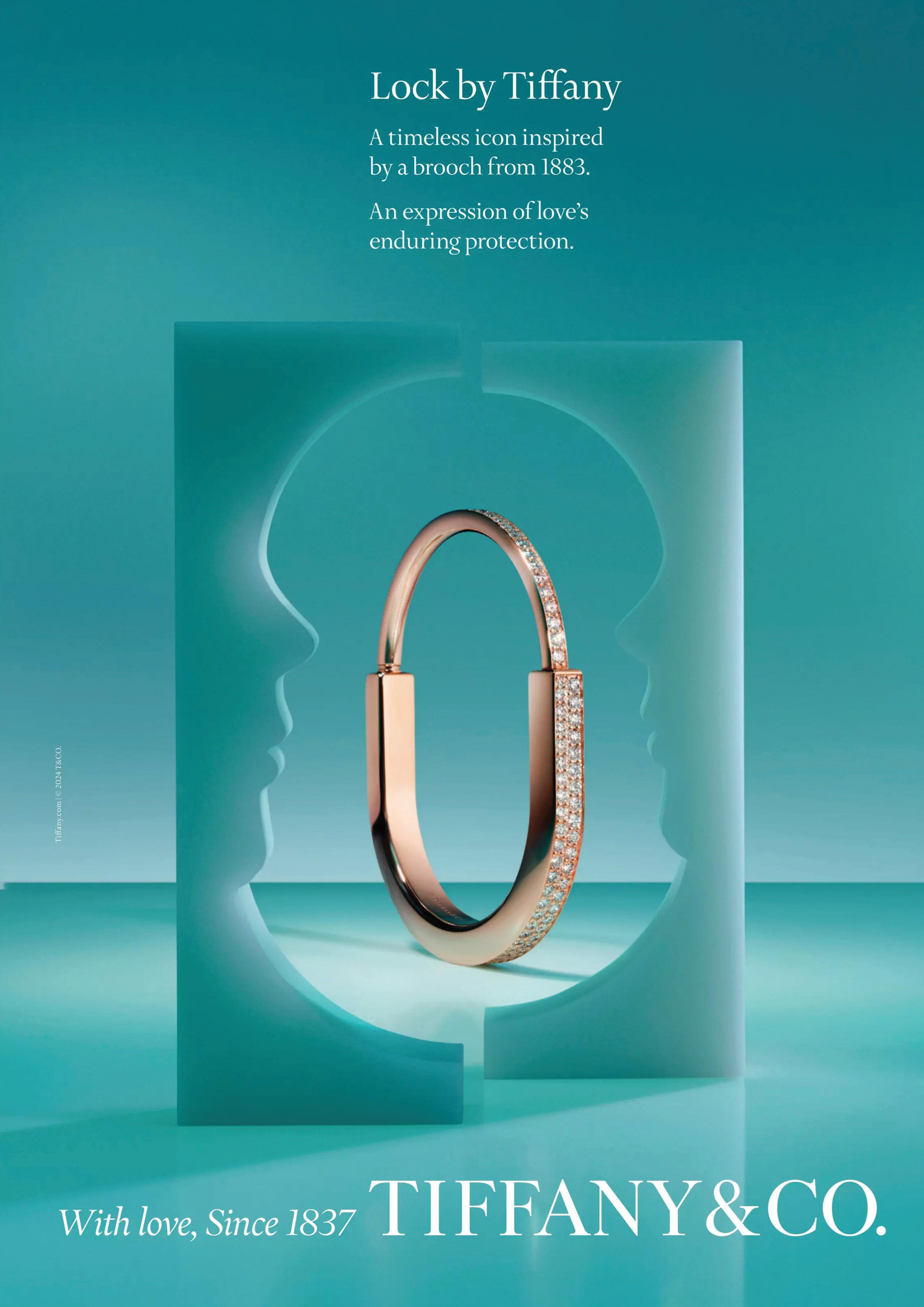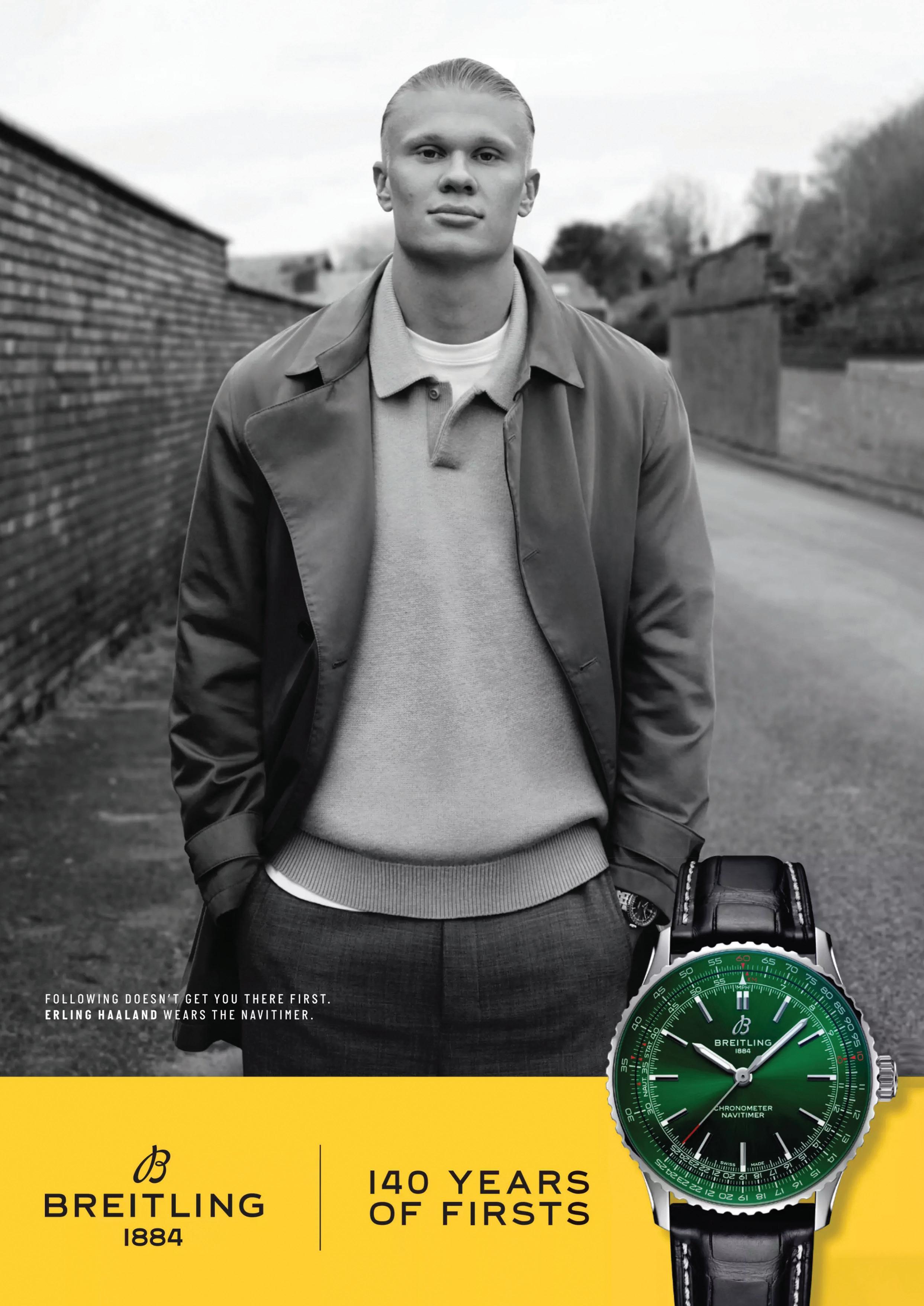





The Executive Explorer: Mallorca p30
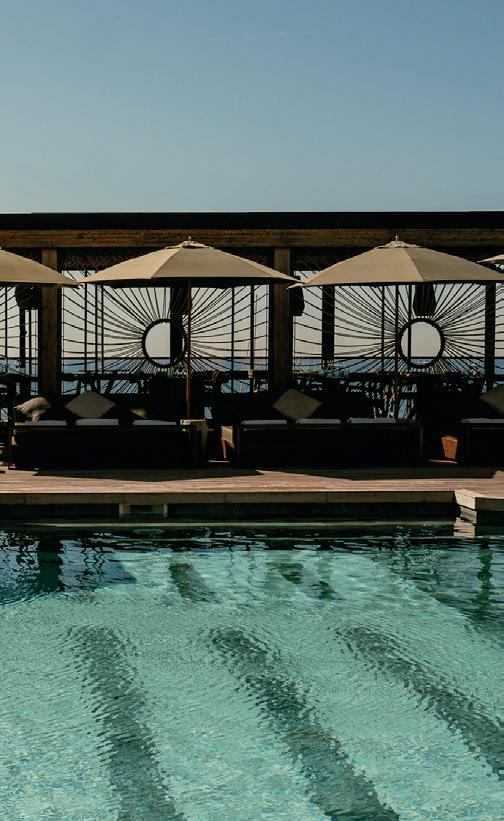
Monaco Yacht Show 2024: Ultimate Guide p46

Cover Story: Are The AI Executives Coming For Your Job? p02
p06. Exclusive Interview: Julia Pallé
p12. Exclusive Interview: Duncan Goose
p18. Exclusive Interview: Oli Corkhill
p22. Advanced Digital Marketing for 2024
p24. Footballer Turn Chopsticks Into Furniture
p26. The Emotions Of Selling Your Business
p28. Meet The Wedding Industry Disruptor
p36. Discover Merchants Portals
p40. Welcome to Nikki Beach Mallorca
p42. The America's Cup 2024 Essential Guide
p44. All Aboard Explora I
p50. Soho House: A Global Expansion
p54. Kiefer Sutherland's Whisky Brand
p56. Discover Petrossian Caviar
p62. Mercedes-AMG CLE 53 Unleashed
p68. Introducing The All-New Bentley GT
p72. Road Test: The 2024 Maserati GT Trofeo
p78. Zenith's Tribute To Parisian Elegance
p80. Bronze Gold Watch From Omega
p82. The Mini Royal Oak from AP

EDITORIAL
Elizabeth Jenkins-Smalley Editor in Chief editorial@theexecutivemagazine.com
Alice Weil Business Editor
Jack Bell Lifestyle Editor
Aleks Bond Travel Editor
Mike Jennings Food & Drink Editor
Aaron Kelly Art Director
SALES
Adam Busby Director of Strategic Partnerships advertising@theexecutivemagazine.com
Nathan Taylor Strategic Partnerships Lead
Kiera Morris
Strategic Partnerships Manager
Elroy Oduor Business Development Manager
MARKETING
Bjorn van den Akker Marketing Director
Jack Salmon
Subscriptions Manager subscribe@theexecutivemagazine.com
Elie Robbins
Outreach Project Manager
MANAGEMENT
Francis Falodun
Operations Director
Ian McDonald
Finance Director
COMPANY
©Executive Media Group Ltd
Studio 306 Bonded Warehouse Manchester, M3 4AP
Tel: 0208 1359 527
Company No. 14993504
VAT No. 444948655


Corporate leadership stands on the edge of a profound transformation. With artificial intelligence advancing rapidly, the prospect of AI taking on executive roles is shifting from fantasy to imminent reality. This evolution promises to reshape boardrooms, challenging traditional leadership norms and redefining the future role of human executives
The integration of artificial intelligence into the realm of corporate leadership represents a transformative shift in executive management. As AI technology advances, the potential for machines to occupy key leadership roles becomes increasingly tangible. This development prompts an essential question: can artificial intelligence truly lead, and what implications does this hold for human executives?
A profound transformation is occurring in boardrooms around the world, where the future leadership might be defined not by human capabilities but by artificial intelligence systems. These sophisticated AIs, capable of analysing vast datasets, making complex decisions, and even inspiring teams, signal a new era of leadership. This transition from concept to reality underscores a fundamental evolution in executive roles.
The advent of AI executives presents both exciting opportunities and significant challenges. On the one hand, AI leaders promise to enhance decision-making efficiency and provide deep analytical insights. Imagine a CEO whose capabilities extend beyond human limitations: an entity that operates around the clock, evaluates market trends with precision, and makes strategic decisions based on comprehensive data analysis rather than intuition.
Central to this evolution are advanced AI systems designed for autonomous action and intricate problem-solving. Unlike earlier generations of artificial intelligence, these systems go beyond mere data processing. They devise sophisticated strategies and adjust to shifting circumstances with exceptional agility, thereby offering a transformative approach to executive decision-making.
The benefits of AI leadership are profound. An AI executive could manage and analyse extensive volumes of financial reports, market studies, and industry news daily, a feat that surpasses even the most diligent human capabilities. This continual flow of information and rapid processing could enable extraordinarily accurate and timely business decisions.
However, the transition to AI leadership is not without its risks. The history of automation reveals that excessive reliance on technology can undermine institutional knowledge and stifle creativity. The most successful enterprises often thrive on innovative ideas that require human insight and bravery, elements that AI alone cannot replicate.
Ethical considerations and accountability issues also loom large. Determining how AI leaders adhere to moral and legal standards, and who bears responsibility when an AI executive’s decision has negative consequences for stakeholders, will necessitate new regulations and best practices.

It is likely that the future will not see a complete replacement of human leaders with AI but rather a synergistic collaboration. AI could complement human executives by offering data-driven insights and managing routine tasks, while humans continue to contribute their emotional intelligence and creative problemsolving abilities.
In talent management, AI is already proving influential. By analysing data on executive performance, leadership styles, and corporate culture, AI systems can identify potential leaders with remarkable precision. This capability may result in more diverse and effective leadership teams, as AI evaluates beyond traditional qualifications to uncover hidden potential.
For start-ups and small to medium-sized enterprises (SMEs), the rise of AI leadership introduces both challenges and opportunities.
While AI can democratise access to advanced decisionmaking tools, potentially levelling the playing field against larger corporations, it also necessitates substantial investment in technology and expertise to remain competitive.
Success in this new era will hinge on striking the right balance between human and artificial intelligence. Companies that effectively harness the strengths of both will create leadership structures that are more efficient, insightful, and adaptable.
The landscape of executive roles is undergoing a fundamental change, shaped by the capabilities of AI. Whether human, artificial, or a blend of both, future leaders will need to adeptly integrate AI insights with human values and objectives.
The era of AI-powered leadership is upon us. Are executives prepared to embrace and navigate this transformative shift?
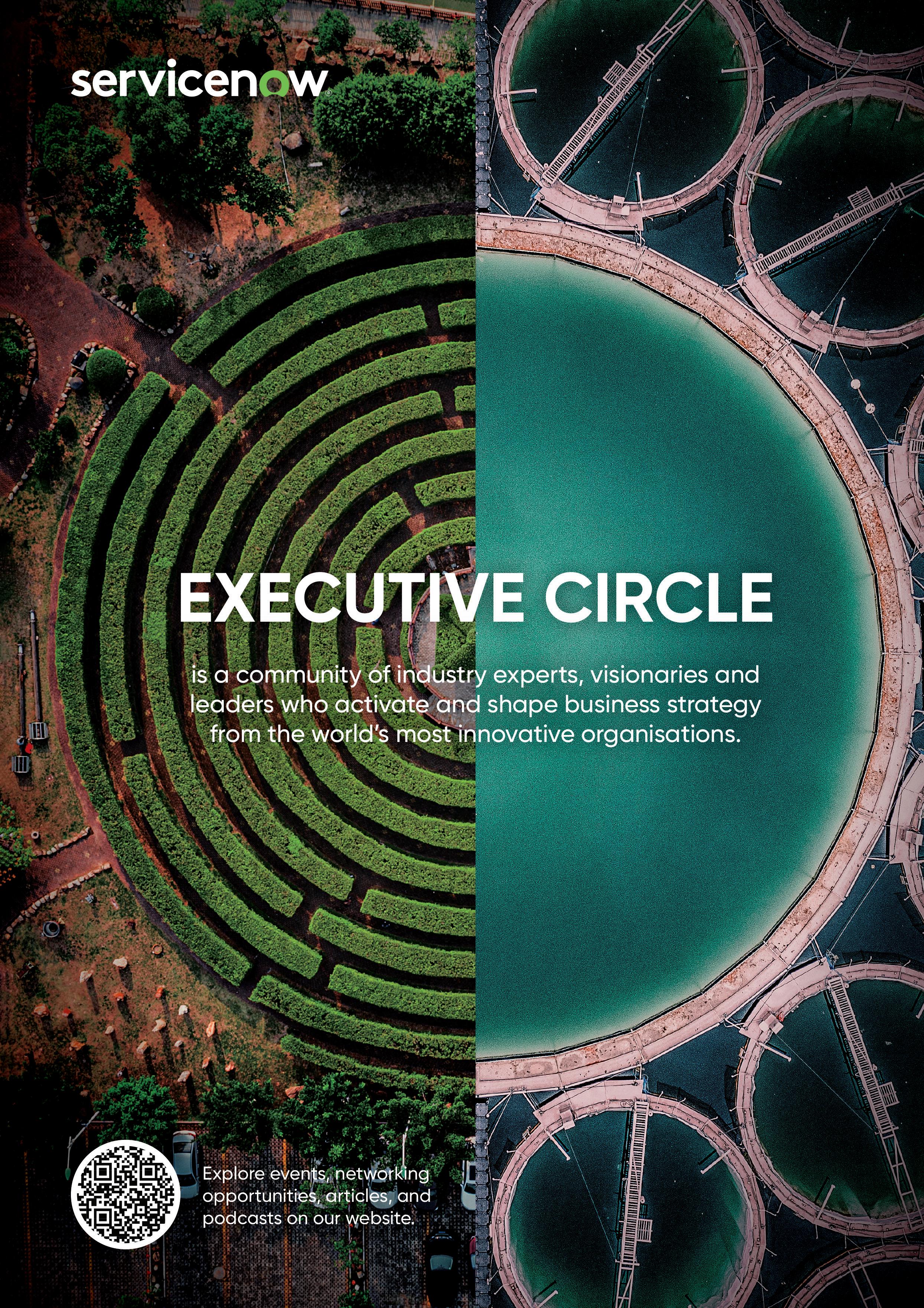
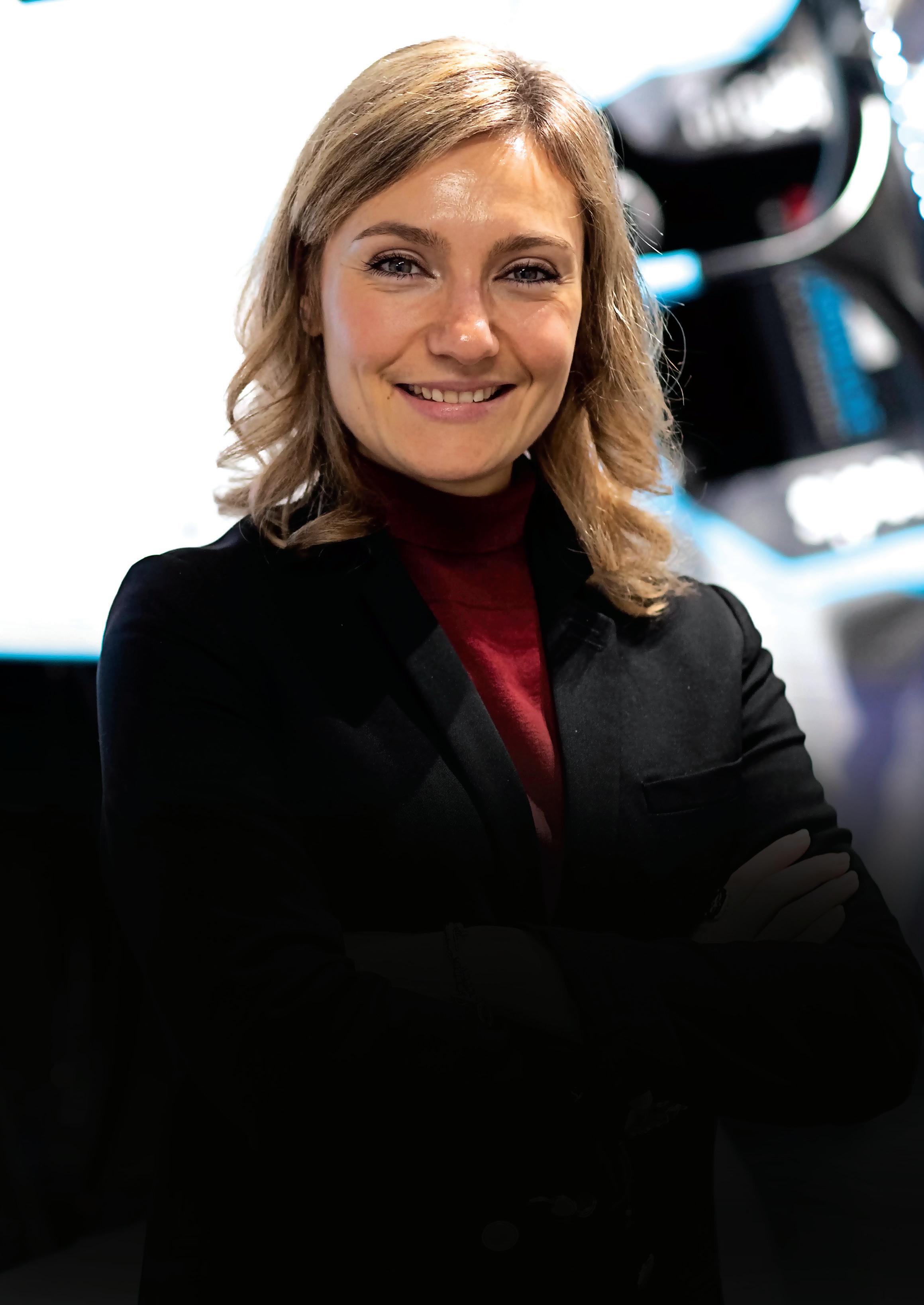
Julia Pallé, VP of Sustainability at Formula E, shares exclusive insights with The Executive Magazine on the season's achievements. Under her leadership, they've doubled young women's participation in STEM through FIA Girls on Track and launched the Better Futures Fund. Discover how Pallé is steering Formula E towards a greener future with sustainability reporting and EV innovations
JJulia Pallé, the dynamic VP of Sustainability at Formula E, shares exclusive insights with The Executive Magazine, unveiling the ground-breaking strides made in Season 10. Under her leadership, Formula E has not only doubled young women’s participation in STEM through the FIA Girls on Track program but also launched the transformative Better Futures Fund to uplift local communities. In this in-depth interview, Pallé reveals how transparent sustainability reporting and race-to-road EV innovations are setting new benchmarks. Join us as Pallé takes us behind the scenes of Formula E’s electrifying journey towards a more sustainable future.
As we approach the end of Season 10, what would you say has Formula E’s biggest sustainability achievement of this year?
“This year we’ve more than doubled the number of young women who have participated in our grassroots gender diversity programme, FIA Girls on Track. The more than 100% increase year on year already builds on a 140% increase the year before, by taking the all-day educational workshops focused on STEM subjects and motorsport held at track to every race this year. It’s a way of giving confidence and grassroot skills to young women who want to gain more insights into the industry; one that for so long has been lacking in gender diversity and dominated by men at all levels.”
This year you announced the start of the Better Futures Fund, can you tell us more about how these charity partnerships will play out going forward? The level of involvement Formula E will have, and the level of impact you’ve seen for those charities that received the contribution this year?
“We are very excited to have added the Better Futures Fund to our portfolio of social initiatives. Working with local charities allows us to better support the communities we race in, as it provides funding to those with the greatest understanding of what each individual community needs.
“For instance, we’ve seen that in emerging markets, people are more inclined to hear and do things about environmental protection, whereas in developed markets, it’s more related to social protection, diversity, equity, and inclusion. This makes working with local charities all the more valuable because they are best placed to address the needs of their local community through the projects and initiatives that matter most to them.
“The level of impact achieved through the Better Futures Fund is still nascent, as the fund was only started this year in the second half of season 10, so we very much see this as a long-term investment into the charities and the communities they serve. It is our hope that in a few months time and in the years ahead, we can see how the funds have helped each charity in their own way.”
The FIA Girls on Track initiative has been a prominent initiative for the championship over the last few years – are there plans to grow this so that we see greater involvement from female drivers in the near future?
“FIA Girls on Track is one of our trademark programmes and we are passionate about continuing to grow it year on year. This season we have delivered 26 events in 11 race markets, supported by more than 70 women from across the paddock. From this, we have seen a 100% YoY growth for the programme, which continues to provide girls globally with the opportunity to learn about the numerous opportunities available to them in STEM and motorsport, and encourages them to feel supported in their pursuit of these pathways.
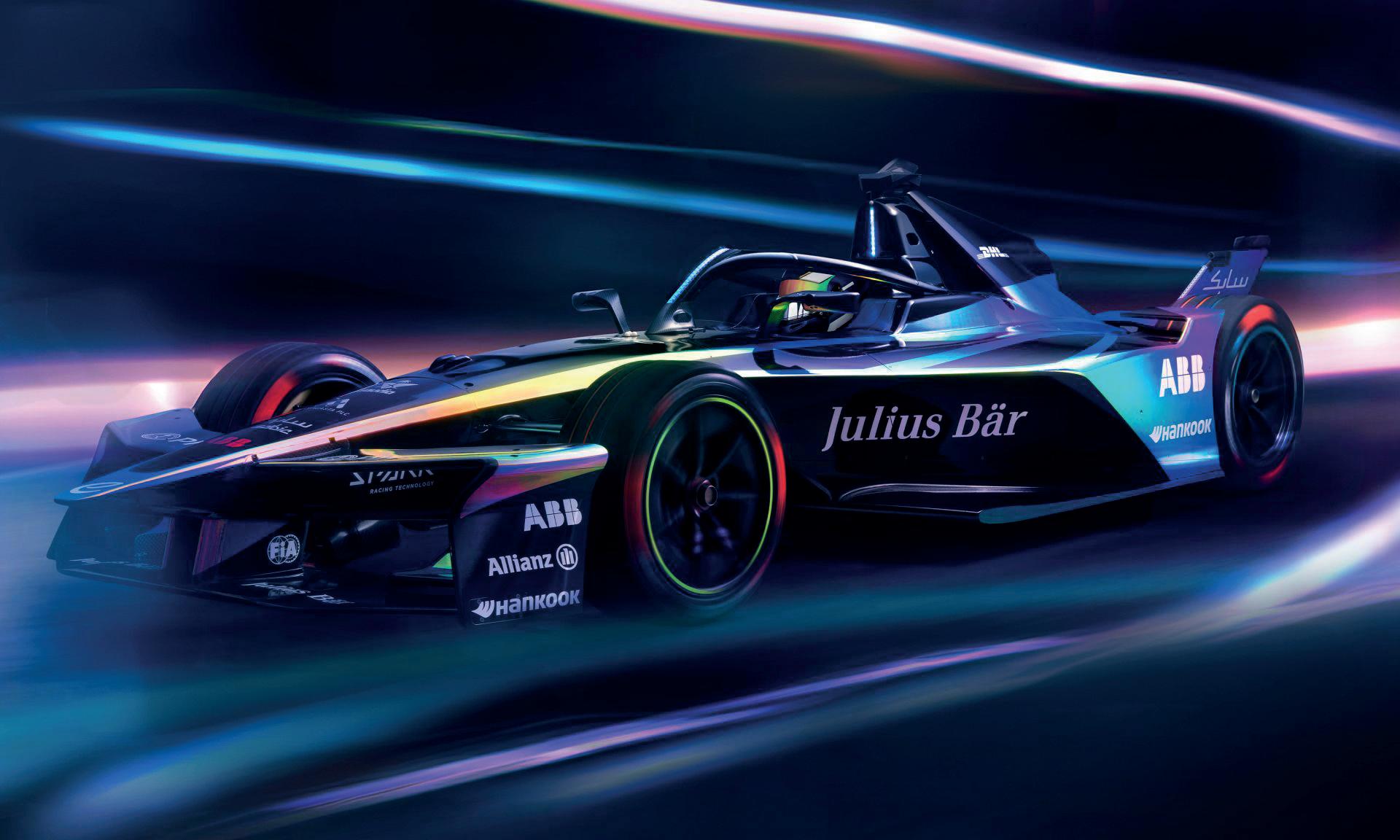

“Securing a female driver is about making the funnel at grassroots levels as wide as possible so you have more and more women going through all categories of motorsport. You can’t do this just by focusing on drivers though. They need to feel like the wider industry is diverse enough and supportive enough of them on their journey, so you also need to attract mechanics, engineers, team staff, presenters; that is how you will get young girls interested in the sport, wanting to take up driving and then ultimately pursuing their dreams.
“This is the sole purpose of FIA Girls on Track; to give as many girls as possible the opportunity to experience a day in the life of a team member and learn from inspirational women in the paddock. Each year when we go back to races the activations and programme grows year on year, so I know for certain it will keep expanding as time goes on.”
Formula E have been very diligent in their sustainability reporting, can you share more about why this is so important to you as a business? And what lessons other businesses can take from your efforts as we globally try to move towards more sustainable business practices?
“Sustainability reporting is very important to us and is a foundational element to our sustainable operations. If you don’t have measurement and reporting in place, then you’re effectively at zero. You can only begin to reduce your emissions or improve your efforts when you know what the current state of play is, good or bad, and that ultimately starts with assessing (measuring), reducing or improving, and then taking further steps like offsetting to mitigate any unavoidable emissions.
“Reporting is a crucial tool — not only for compliance purposes, but as strategic assets to measure social impact, drive operational excellence, and create longevity. It collates environmental performance metrics and acts as a comprehensive narrative to communicate a company’s journey towards more sustainable operations, which serves as a cornerstone for building trust with all stakeholders.
“By openly sharing both successes and challenges a company not only demonstrates a genuine commitment to sustainable practices but also takes full accountability for its environmental and social impact.
“We hope that by remaining transparent in our operations, not only with our successes but with the struggles that we and all businesses face in association with ESG guidelines, we can encourage others to embody the same level of transparency.”
EV innovation is a big part of Formula E’s mission, can you share some examples of how innovations made on the racetrack are changing our road cars?
“Over the years there have been numerous race-to-road tech innovations that have been tried and tested on track at Formula E and then applied to roadcars.
“Some of the most recent examples of this have been with Porsche, who have used their involvement in Formula E as a highperformance testing ground to directly influence the production of its electric sports cars.
“For instance, they recently unveiled the Taycan Turbo GT, a new electric sports car featuring “The Attack Mode,” a spec that delivers temporary power boosts of up to 120 kW. This technology was first developed for when drivers take the ‘Attack Mode’ feature in Formula E where they are given an extra 50kW of energy for up to eight minutes during a race.
“Other examples of race to road technology include how the Nissan Leaf’s battery efficiency has improved 181% during the time Nissan has been in the championship due to on track learnings, as well as the JaguarTCS Racing developing efficiencies with their battery management system on track, that enabled a 10% increase in range for all its i-Pace cars, that was set to them an updated wirelessly, again, all thanks to on track learnings in making the cars as efficient as possible.”

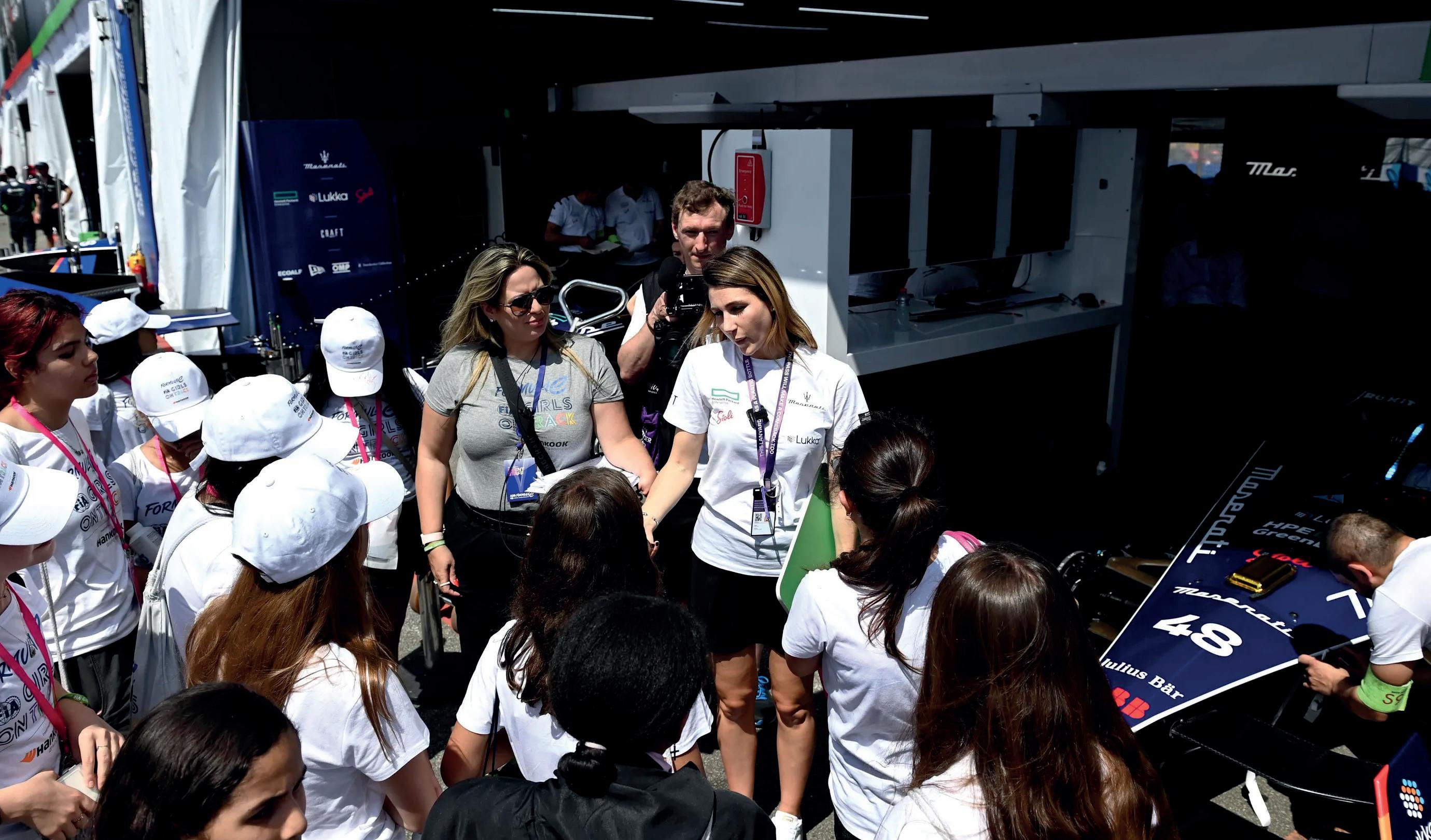
What is the biggest challenge sustainability-focused businesses face when trying to reach consumers? How do you overcome this challenge?
“Sustainability can still often be confusing or daunting for consumers. It’s not typically presented as synonymous with fun, enjoyable, or comparable to non-sustainable counterparts.
“But the reality is that this is not the case. We try to show our consumers that entertainment and sustainability can coexist without compromise. A fan can come to a race and enjoy a sustainable day out, without having to give up virtually anything from their day-to-day life. At the races and in the fan village, we offer visitors numerous sustainability touch points throughout the day to emphasise this very point.
“Breaking down barriers to entry and making sustainability easy and accessible is key to reaching consumers.”
Where can sports be making the biggest impact when it comes to improving their sustainability efforts?
“The sport industry is massive and there is a lot of power and influence there. So a lot of impact can be made through how they manage their operations – be it with travel, management of events, etc. As well as how they use their influence to connect with fans.
“The majority of our emissions comes from the transport of freight, so anything that can minimise that by way of taking more efficient routes, utilising bio-fuels or sustainable aviation fuel or even taking less or lighter freight can make a big difference. Another is the fan travel to events. Formula E has always incorporated that within our emissions to have some ownership of trying to reduce that too, as well as offsetting all of it as well. We encourage fans to take public transport or more sustainable modes of transport,
as well as not offering any fan car parking spaces when coming to our events.”
What makes sport such a powerful driver for change?
“Sports are, and always have been, a very powerful mobilising force. This makes them such a valuable tool for driving positive social and environmental change.
“Cities, communities, and even entire countries rally behind a team or an athlete, which shows the influence and following that sports generate. Therefore, it’s our responsibility as representatives of sports to use this influence for good. By using our platform to educate and empower, we can encourage fans to take meaningful action towards a more sustainable lifestyle. Just as sports has and continues to do with social issues.”
What message would you give to young people that are passionate about driving forward environmental change but feel discouraged by our prospects and the lack of action?
“Young people are the future and if they continue driving forward change and standing their ground in time the rest of the global community will have no choice but to respond. Many see our global progress as being behind the curve, but with the speed of investment and rate of technological advancements, there are more opportunities than ever before to reduce our impact on the world and make positive progress forwards.
“We often measure impact and progress by the large-scale shift we see, but so much change happens in the small, consistent actions taken by everyday people – in small victories that eventually add up. So, what I’d say to them is keep going, fight for a more equal and environmentally friendly future, even when it feels like progress has stalled, and know that you’re not alone, others are there with you.”
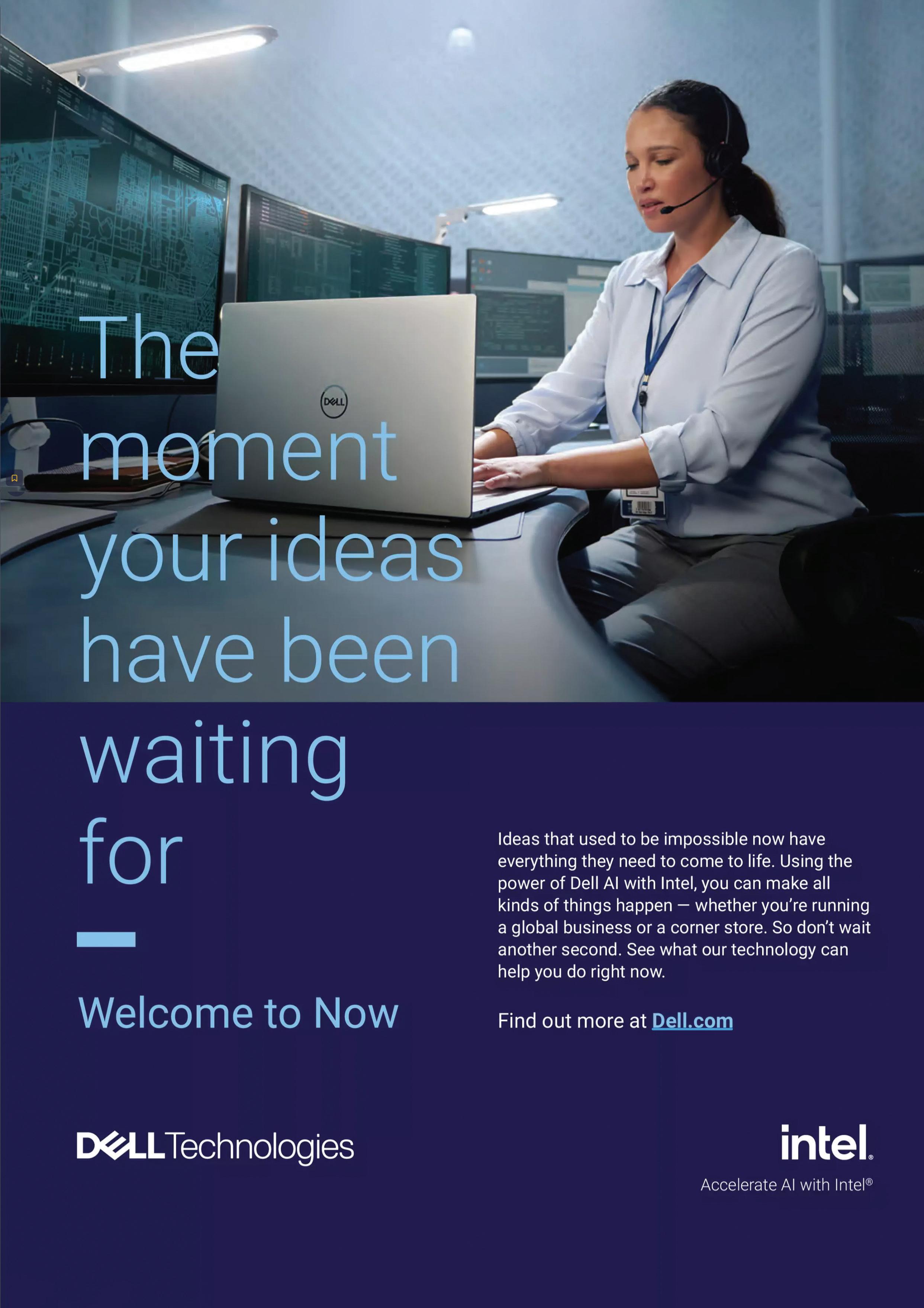
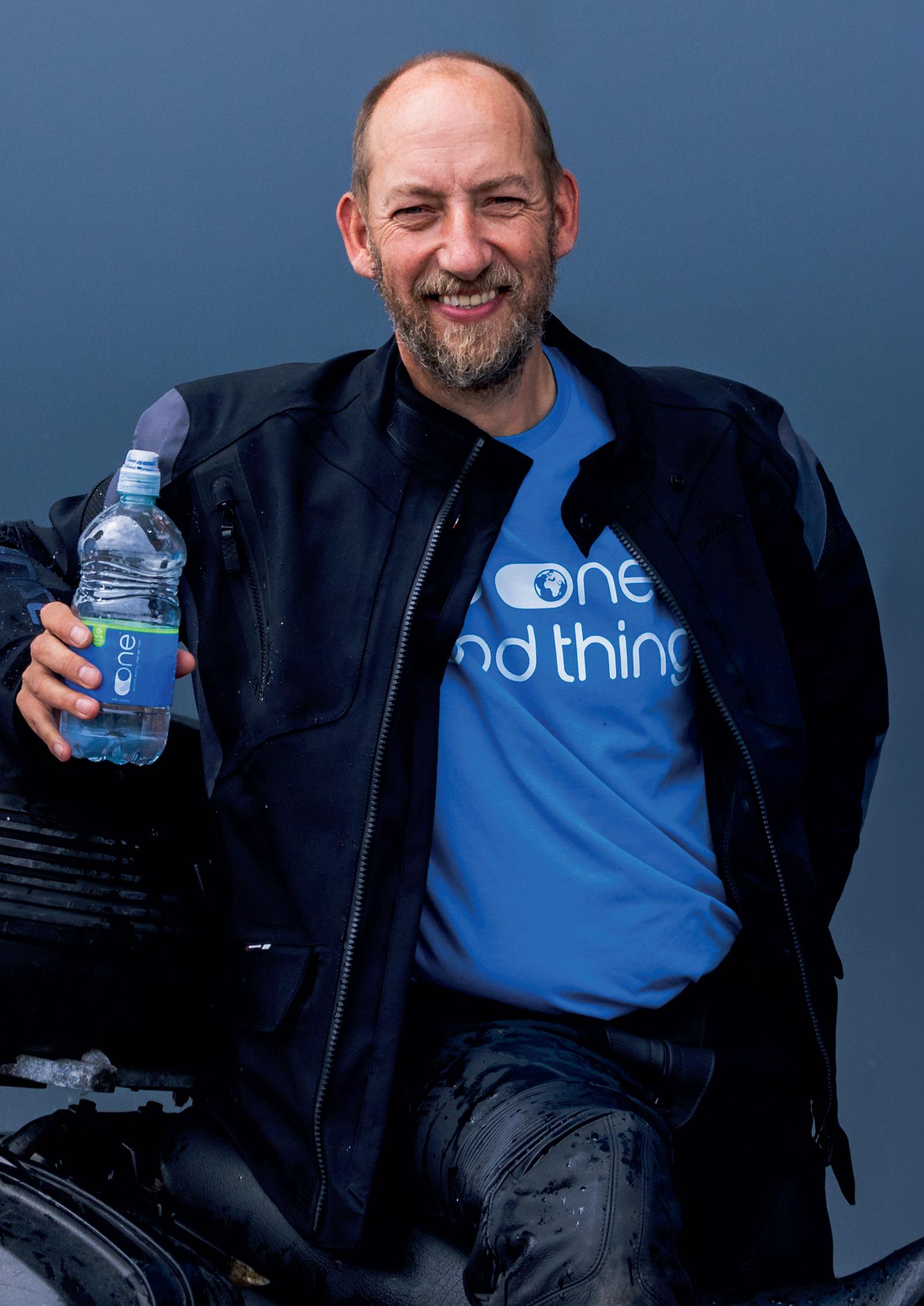
In an exclusive interview with The Executive Magazine, Duncan Goose, founder of One Water, reflects on two decades of change in the bottled water industry. He discusses technological advances, sustainable packaging, and the future of providing clean water worldwide
OOver the past two decades, Duncan Goose has navigated the complex and evolving landscape of the bottled water industry, witnessing first-hand the technological advancements and sustainability efforts that have reshaped the sector. As the founder of One Water, Goose’s journey is marked by a steadfast commitment to ethical practices, innovative packaging solutions, and a relentless pursuit of providing clean drinking water to those in need. Speaking exclusively with The Executive Magazine, his insights offer a profound look into the industry’s past, present, and future, underscoring the critical intersection of business, sustainability, and global humanitarian efforts
Over the past twenty years, the bottled water industry has undergone significant changes. Can you share your insights on these transformations and what you foresee as the future trends, particularly with the advent of Deposit Return Schemes?
“Everything, and nothing, has changed.
“If I look back to the start of my journey we were buying in bottles which weighed 25 grammes and the production line ran in at thousands of bottles per hour – partly because there were people manually taking the cases off the line, hand stacking on pallets and manually wrapping them.
“Today, a pellet gets fed into the line to make a pre-form, or preforms go into a hopper, and minutes later tens of thousands of 10 gramme bottles are palletised and moved to a loading bay by robots. Sometimes you don’t even see a person on the line.
“Virgin PET then, recycled PET (polyethylene terephthalate) now. Fat caps then, skinny caps now.
“But one thing hasn’t changed. It’s still water in a bottle.
“And the demand for it continues to grow. And grow.
“The so-called problem child of PET has been replaced by the desire to improve recycling of one of the lowest carbon packaging formats in the world. Deposit Return Schemes, Extended Producer Responsibility, Packaging Recovery Notes are all examples of movement towards improved sustainability, with a bit of taxation help to get there. Many years ago, I was working with the UN, the World Bank and others on a global bottled water project and the subject of ‘tax’ came up. Heads were shaken, and then someone piped up with ‘the word that immediately follows tax is “avoidance”’. Will it be so with Deposit Return Schemes? Will the cross border doom-sayers be correct? I think not. If Germany, the Scandi countries et al have shown anything it is that deposit schemes have a place. The resistance is change and bureaucracy. Maybe the new Government will bring it to life.
“In terms of future trends, I think we’ll see improved efficiency (nothing like a Zenith International conference to make you realise the art of the possible when it comes to line speeds and capacities), but I also see problems on the horizon and greater
legislation placed on extraction licenses in certain markets. We’ve already seen here in the UK what a short burst of hot weather can do to water sales, but globally, as climate change continues to change the way we exist, I think we’re going to struggle.
“The world faces some very uncertain times ahead. The 2015 Paris Accord of keeping global warming to 1.5 degrees was broken last year on 17th November as global temperatures briefly tipped over 2 degrees. Few scientists think 1.5, let alone 2 degrees, is probably even containable – we are looking into the possibility of a 2.5 to 3 degree increase by the end of the century. Ice caps will melt faster, coastal communities – which are home to 10% of the planet’s population – may be submerged and up to 1 billion people are predicted to migrate. Floods and droughts, fires and famine will become the norm, not the exception. And water – and everything it’s connected to – will become crucial to communities and to their, and our, way of life.
“The CDP – The Carbon Disclosure Project – produced a report recently which stated that water is the dominant nature-related financial threat of our lifetime and could put 7- 9% of global GDP at risk. Add to that, that at the current rate of consumption, there will be a 40% global shortfall in freshwater supply by 2030. That’s not decades away, it is now.
“Everyone uses different words, but the conclusions are the same – challenges lie ahead and as leaders, we need to face it.”
One Water has been at the forefront of sustainable packaging innovations. Could you elaborate on the challenges and breakthroughs you and your company has experienced in this area, and what further advancements do you anticipate?
“At One Water we are very aware of the use of green-washing in our category. ‘Use cans, death to plastic’ for example – are we hearing about the higher carbon footprint of producing aluminium? Don’t get me wrong – we produce cans too – but at least we tell our customers the pros and cons of them, plus every other format we use. We use 100% recycled PET, glass, Tetrapak cartons, aluminium bottles – all of which have some benefits and some disadvantages.
“We’ve turned it into something of an educational game – lining up the products and asking people to rank in order of good to bad. At one especially memorable meeting with half a dozen CSR people, no one got it remotely right. But logic can prevail – lighter is better than heavier, reusable better than single use, easily recyclable versus non-recyclable.
“Some of my favourite innovations over the years have included time encoded plastics which disintegrate after a certain date, biodegradable PLA plastics, renewable bioplastics, chemical rather than mechanical recycling and don’t get me started on the ‘latest, must have refillable bottle’. Just have one. And be done with it. Please.
“If you have not already heard Dr Nicola Fox on “Desert Island Discs”, I’d recommend it. Dr Fox explained that scientists are just starting to analyse rock samples from the very first Apollo missions, because they now have very different tech from 50 years ago – 75% of samples are set aside for future generations on the basis they know technology will always improve and at some point they will be able to learn more. They don’t know what, but they know technology will always improve.
“And so it is with packaging and materials. I saw my first cardboard bottle in a hotel bar yesterday, but who knew that would become a thing? I don’t know how or when PEF, PLA, bioplastics and paper will evolve, but I can guarantee one thing. They will.”
As a leader in ESG and CSR, One Water sets a high standard for ethical business practices. How do you ensure these principles are integrated into every aspect of your operations, and what advice would you give to other businesses aiming to lean more into ethical business practices?
“Before there was B Corp, or SEDEX, or any plethora of audit companies offering the next accreditation or mark, there were leaders. With every leader there is always a person to challenge them and to hold them to account.
“At One we’re lucky in that we always believed in doing the right thing from the day I started the company. I encourage a working environment that encourages openness, dialogue and challenge. We have a JLT (Junior Leadership Team) as well as a Senior (SLT) one. With age comes knowledge and experience, with youth comes challenge and exuberance. Combine the two and you have the perfect blend.
“B Corp has made lots of strides when it comes to a ‘whole company’ ethical business practices approach and publishes the results so you can look at your peers and wonder how on earth they get higher scores than you.”
The charitable sector presents unique challenges. What obstacles have you encountered in its mission to provide clean drinking water, and how have you overcome them?
“Life seemed so easy back then… someone probably once said.
“Or as an Italian Nonna once said to me when my kids were causing chaos on a train, ‘bambini piccoli, piccoli problemi, bambini grandi…’ I’m sure you get the gist.
“To explain how we operate – we have a normal commercial business, and a separate corporate foundation which receives funds from the business. Nicely tax efficient if that’s what you’re thinking. The foundation has an independent board and staff, but I sit across both.
“From a UK perspective, the biggest problem we have is probably the restrictions put upon us by the charities commission and in turn, by the auditors.
“Many years ago, when looking to start up a new foundation for another corporate – I’ve helped or worked with a few big organisations – the advice at the time was, ‘Don’t. Go set up a Dutch Stichting’. Admittedly it was for a rather bigger entity than we have here, but the rationale behind it was flexibility. Of which the Charities Commission affords little and, as far as we can tell, is staffed by one person, in a basement, who turns up to work once a month and will maybe answer your questions, one day, if you’re lucky.
“But all that aside, the challenge is always knowing how best to spend the funds you have – and this is where having a tight set of rules, which you can flex if needed, helps.
“We’ve given away £30m and helped 5 million people get access
to clean water. So we have something of a track record.
”Doing ‘new’ things, or straying far from the path is always a challenge. For example, we have a rule which says we’ll give 10% of funds to emergencies each year. Take your pick of any multitude of floods or droughts around the world at the moment. Which is the most deserving?
“I want to support Gaza.
“You can imagine the sucking of breath that comment generated.
“I don’t care about the politics. I am not pro-Palestine, or antiIsrael. I have visited both countries in the past.
“It’s not a DEC level appeal – because they can’t do that until a ceasefire is declared. People shy away from it because of Hamas, because of Israel. Because of the politics.
“I am pro-people. And I am very pro-people when it gets to the extent that kids are dying from dehydration because of broken water systems.
“I survived the Hurricane in Honduras in 1998. I felt what it was like to live with unsafe water sources. During the Sahel drought I sat with a mother, whose child had died due to lack of water. I saw babies and young children being suspended in weighing harnesses beneath trees, small bands around their stick thin bones determining whether they could receive aid or not. I heard people walking for 25km to get water only to find out it was contaminated.
“Gaza is a different animal altogether. Gazans don’t have the option to get water. It’s why it gets my vote and for the small team from Oxfam and their partners who are in there trying to get the water flowing again, I take my hat off to you.”
Impact of Climate Change on Clean Water Projects Climate change significantly affects clean water access globally. How has this impacted One Water’s projects, and what strategies have you implemented to address these challenges?
“In October 1998, my world was turned upside down when I lived through Hurricane Mitch. It was the second largest hurricane recorded in history.
“I didn’t look at it as an impact of Climate Change.
“I probably started to think more about Climate Change after I watched Al Gore’s documentary, An Inconvenient Truth, and saw Greta Thunberg start to rattle cages at the UN in 2019.
“But living here in the UK. Not so much. An occasional snow bomb, a rubbish summer, or an unusually hot few weeks.
“But slowly, in the background, we started to notice changes. The bridge that was there in Malawi, had gone. Due to flooding. Due to a cyclone. Malaria was on the rise. Boreholes were contaminated. Droughts hit. And it all hit again. And again.
“Years ago I was asked by Channel 5 News to go with them to see the impact of £1 million we’d put on the ground in Somalia and Kenya 5 days after an emergency had been declared. I got to fly in a Vietnam era Bell Huey up a valley in Malawi which had been

decimated after a cyclone. These are isolated incidents that stick in my mind because of the seismic impact of what happened –and who it happened too.
“I’ve recently come back from another trip to Malawi where I met a lady we’d first encountered in 2020. Her family had been killed in a landslide due to another cyclone and another lady whose farm had been devastated by a lack of rain earlier in the year. Two sides of the same coin. Months apart. But in the same country. Added to which all those lovely pipelines we built a year or two ago had been smashed by the same cyclone.
“As I said earlier, the world faces uncertain times. And with regard to water, very uncertain times.
“But what we can do is to learn and adapt.
“In all our applications for funding we now have a panel which asks people to explain how their projects are being built to be ‘climate resilient’ and we have accelerated a project to help share learnings across the organisations we work with.
“I sometimes wonder if Al Gore, Greta, George Monbiot, King Charles… and all those who have been shouting for so long sit there and think I ‘f***ing told you’, buy they are probably too polite to say so.”
In 2024, the concept of ethical business continues to evolve. What does this term mean to you today, and which retailers do you believe are leading the charge in adopting ethical practices?
“It’s a great question isn’t it. What is an ethical business these days?
“A quick Google threw this up from Wikipedia: “It applies to all aspects of business conduct and is relevant to the conduct of individuals and entire organisations”.
“For me, it’s exactly that – it’s about what the organisation does as a result of the individuals within it.
“It is a journey. You can’t suddenly flip a switch and be ethical overnight. If you look at Shell – it’s on a journey from being a petrochemical company, to one that is a renewable energy company – or at least that’s what all the lamp posts near my home tell me as people park up their EVs and plug them in at the end of the day.
“Compare that with the Co-Op which started that journey in 1844 and probably has the most all encompassing ethics of any business I can think of – and yet they continue to evolve and grow too, adapting to the needs of their staff, (protection from shoplifters, to care for parents of stillborn and neonatal loss) to their business operations, it becoming the first UK convenience retailer to have its net zero targets validated by the globally recognised Science Based Targets initiative (SBTi).
“For us, it’s become part of our daily bread – if we’re not questioning something we’re doing as part of a new project something must have gone fundamentally wrong.
“All this ladders up to the B Corp assessment – it’s become something of a bible internally – identifying elements where we think we can improve certain aspects of the business or our operations.”
One Water has contributed to numerous sanitation and clean water projects globally. Can you highlight some of the most impactful projects and the specific communities they have benefited?
“I was in Malawi with a number of customers last year and we were visiting a community and as we wound our way down a steep slope towards a school I noticed a pipe sticking up out of the ground with a tap on the top of it. I stopped and broke out a big smile. Our customers wandered past the tap.
“I called them back to ask them if they’d noticed it. They had, but hadn’t thought it was anything special. It was just a tap after all.
“After I explained that it wasn’t just a tap. It was a tap that was connected to a pipeline. A pipeline that was connected to a large storage tank at the top of the hill. That was connected to a pipeline that ran up the side of a small mountain, which connected multiple villages over a 20km radius to a piped network, which provided, 24/7 clean, safe, reliable water.
“It was progress in motion.
“Before the gravity fed pipeline had been installed, the community were having to walk down the hill to a river and haul water back up the slopes. Time consuming and risky not least because of the unreliable nature of the water there and the fact there had been cholera outbreaks – from which a 6 year old girl had died in the community, who had been accessing the river from the other side of the slope.
“So, taps. So simple. It takes a network and infrastructure to make them accessible to a community – and at a greater cost too. Last week we approved a grant for a new network to be built – cost per head £66, versus < £10 for a hand pump but infinitely more sustainable and reliable.
“I still remember the first time I saw a piped network – in Rwanda. It enabled kids to go to school rather than walk for hours to collect water, it was enabling adults to create some form of economic activity to increase their income, it was avoiding illness and death.
“Ever since then it’s been about pipes, networks and infrastructure. You build a 23km pipeline around an informal settlement (slum) and people want to connect to it.
“And that’s exactly how it should be.
“The ‘Light bulb’ Moment
Your journey began with a ‘light bulb’ moment inspired by a motorcycle trip and a poignant photograph. How did these experiences shape your vision for One Water, and what keeps you motivated to pursue this mission?
“Our vision states that we want to see a world where everyone has access to safe, clean water, forever, and lives in a low carbon world, free from plastic pollution.
“It was written a long time ago and we haven’t adapted or deviated from it, how we are delivering it has evolved, from drilling boreholes and putting in hand pumps has evolved to putting in piped infrastructure – which is ticking the first part of that. We started our carbon journey over 10 years ago – reduced everything we could and off-set what we couldn’t to get to Scope 3 carbon neutral. We’re currently reassessing where to go next on that journey. For a world free from plastic pollution, this doesn’t mean getting rid of plastics, but reducing how much we use and ensuring we only use recycled material – which helps to create a market for plastics.
“So for those things, I think we’re in the zone for delivering in terms of the vision – after this it becomes about scale.
“The brand was called One because when we started there were
one billion people in the world who didn’t have access to clean water. I reasoned that we couldn’t change one billion people’s lives but if I could change one person’s life, one day at a time, that would be OK.
“To date we’ve changed over 5 million.
“It all started because of one photograph – of one girl sitting by a padlocked tap in Kibera, Africa’s largest slum and at that time there were only 4 water kiosks for 500,000 people. If you couldn’t access water there you faced two choices – pay for illegally vended water at 20x the cost, or collect water from a river at the bottom of Kibera. Which would not be remotely safe to drink – as many families would testify due to the number of deaths from cholera.
“I still have that photograph, displayed alongside photos of my wife and kids, and it is the single most powerful image to remind me why I have to get up and get on with trying to change someone else’s life by giving them access to clean water. The team know it too. They know what we are doing and why and it’s a very powerful motivator.
“For me personally, I set out to change one life. Every one since then has been a bonus. It’s a legacy the team shares, our customers, our suppliers, everyone that buys a bottle of One Water. They all know what they do makes a difference and I will continue to remind them of that at every possible opportunity I have to do so.
“We are here for a finite amount of time, everyone can have an impact. Everyone should have an impact. It’s what makes us human.”
What key qualities and skills do you believe are essential for becoming a successful business leader?
“Resilience. You will always get knocked down. Lose battles. Have to give when you don’t want to. But you also have to get up and go again.
“Vision. The ability to look far out into the future and know where you want to end up, even if you’re not quite sure how to get there.
“Humility. Just because you’re the boss doesn’t mean you know it all or that you’re always right.”
Looking ahead, what are your primary goals for One Water in the next five years, and how do you plan to expand your impact in providing clean, safe drinking water worldwide?
“In the weeks before the lock-down in March 2020 we were about to see the brand distributed internationally through a unique partnership.
“Covid destroyed that opportunity, and almost the business, but we have been slowly building back and exploring conversations again.
“At one point in our evolution we were bottling in the USA, Australia, South Africa and the UK and using funds in a north / south deployment. I remain hopeful that we will be able to do that again, but as part of a bigger global agreement. After all, if a relatively small UK brand like One can help to change 5 million people’s lives, imagine what you could do with the backing of a bigger bottling partner… is that the phone ringing? Must dash.”
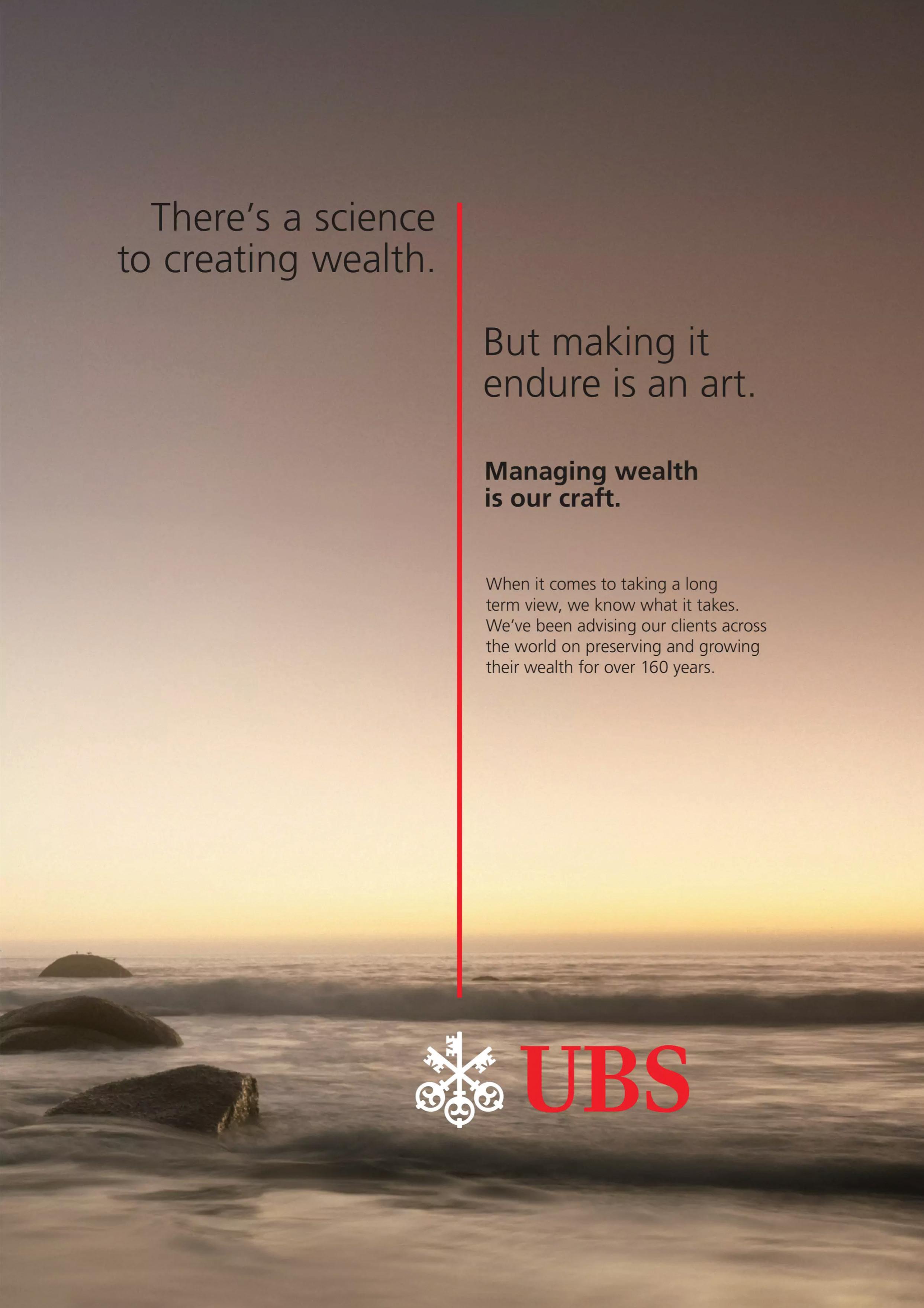
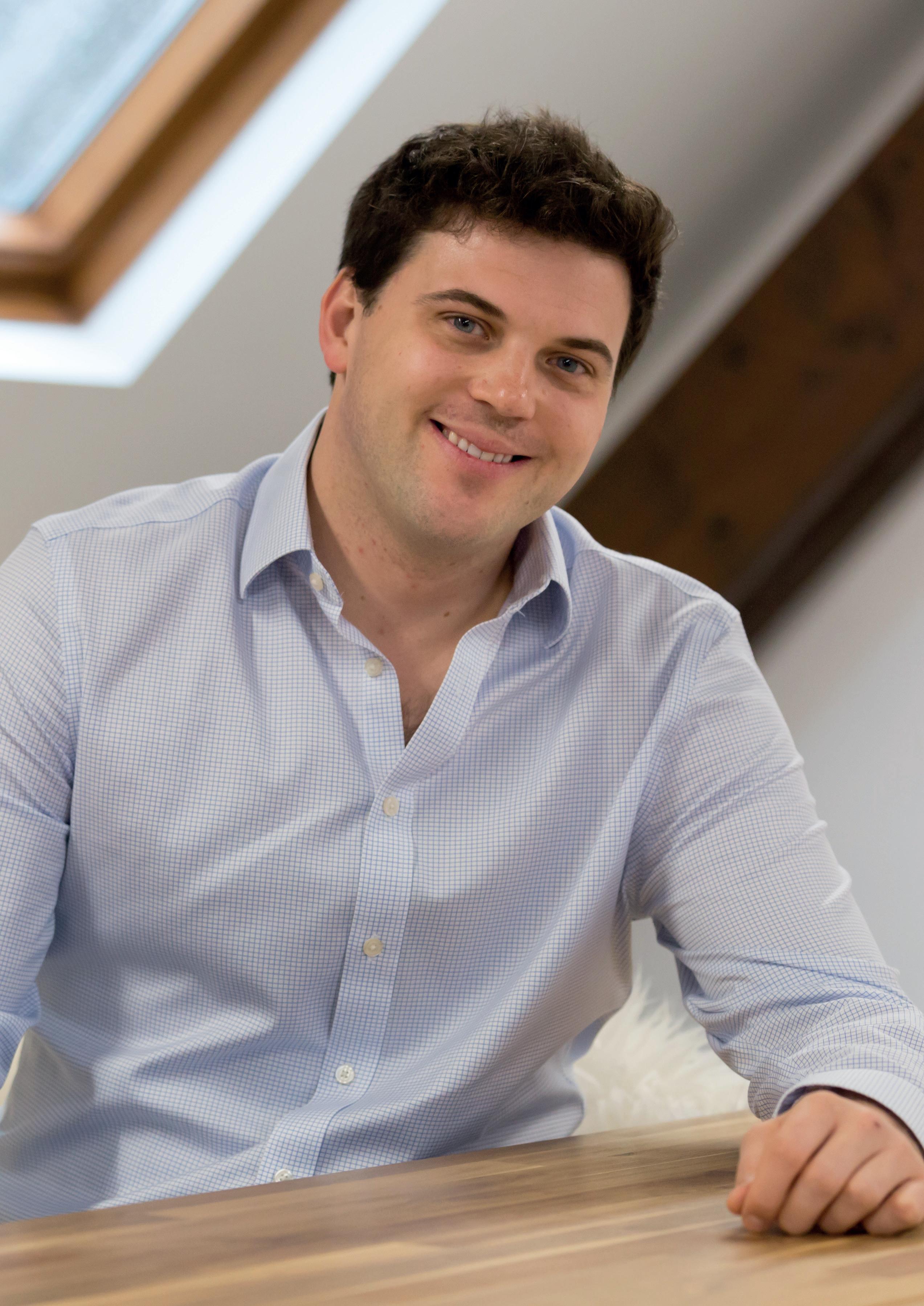
Oli Corkhill, CEO of Leo Trippi and Co-Founder of Viadi Group, reveals the journey from young skier to influential business leader in an exclusive interview with The Executive Magazine. Discover how Oli navigated pivotal career moments, overcame challenges during the pandemic, and spearheaded rapid growth in the luxury travel sector
IIn this exclusive interview with The Executive Magazine, Oli Corkhill, Director of the luxury ski company Leo Trippi and CEO of Viadi Group, shares his remarkable journey from young skier to influential business leader. Oli delves into pivotal moments in his career, the challenges of navigating a global pandemic, and the strategies behind the impressive growth of his companies. Gain insights into his innovative approach to international business, the importance of investing in team morale, and his vision for the future of luxury travel.
Oli, your journey from a young skier to the CEO of an awardwinning luxury ski company and Co-Founder of Viadi Group is fascinating. Can you share some pivotal moments in your career that significantly shaped your path to becoming a business leader?
“Starting Alpine Guru back in 2010/11 whilst living out in Verbier (and spending a lot of time skiing) allowed me an opportunity to learn the ropes quickly, as I was responsible for a lot of different business aspects from a (relatively) young age. We made some mistakes along the way, but you learn from these, and crucially, this period enabled me to really learn the ins and outs of the industry. Then, making the move from Alpine Guru to Leo Trippi, came with a different dynamic – suddenly I had a very capable team on board and the opportunity to work with experts across the industry.
“Covid naturally played a factor. I’d recently become CEO of Leo Trippi and I think how we navigated this period was formative for both the company growth and for our culture (protecting our employees, not placing anyone on furlough). Growth for me has really been about taking the opportunity to level up and get outside of my comfort zone, learning as I, and the team, grow.”
Your early experiences living in diverse countries must have given you a unique perspective on the global market. How have these experiences influenced your approach to international business and expansion?
“Primarily, they’ve given me the appetite to be in what we would view as more emerging and frontier destinations, or markets, to trade in. Whilst we have a strong client base in the USA (and offices in Austin, Texas), I’m drawn to the business opportunities that some of these more emerging markets present, hence our expansion in the UAE, and previously Russia, for example.
“Expanding the business in these markets is more challenging but my early exposure to these different cultures has equipped me with a confidence and appetite for them – they excite me and there’s much to learn here. An emerging market presents an opportunity to influence, build and create. This is what excites us. No risk, no reward.”
Starting Alpine Guru at the age of 21 and seeing it acquired by Leo Trippi within five years is impressive. What were some of the biggest challenges you faced during this transition, and how did you overcome them?
“Starting Alpine Guru from scratch, at a young age with zero funding, and learning the ropes, making mistakes, handling all elements of the business, and later, a global pandemic, were
definite learnings. You aren’t necessarily born with patience –but you can learn it, and that has been key in overcoming these challenges. That, coupled with the ability to pivot and the drive to find solutions.
“The dynamic of working very closely with a co-founder is challenging. In the early days of Alpine Guru, as the business evolved we realised we both wanted different things, so navigating that path was a key challenge – without us doing so, the whole business could have fallen apart. The ability and discipline to focus on what we wanted to achieve and the motivation to keep moving towards that was crucial, recognising that results don’t necessarily happen overnight, and as such, persistence and consistency was key. As a result, we were able to take the business from turning over circa $2,000 to $2 million (when acquired by Leo Trippi) in the space of a few years.”
Leo Trippi navigated through the COVID-19 pandemic without furloughs, retaining all staff. What strategies did you implement to ensure the company’s resilience during such a turbulent period?
“A key strategy for us was to invest in our team. Understanding how the team is feeling – supporting, nurturing and playing to individual strengths in order to get the best out of them –continues to be a primary focus for us.
“During Covid we did our best to maintain team morale – we pivoted to using Slack, had a Friday ‘cocktail hour’, but also, had a Google Meet open daily from 11am for a ‘drop in coffee’ for anyone that wanted to check in. We sought to employ variety and to keep the team engaged, after all, no one was furloughed, so it was about giving people work and a sense of purpose, checking in with everyone and ensuring the team felt supported.
“I also work with a brilliant coach who’s helped me to work on how to deal with stress in business environments and how to better handle my emotions. Credit to my business partner, Auret, who suggested this when we first set up Viadi Group.”
The Viadi Group has seen tremendous growth in a small space of time. What do you attribute this rapid growth to, and what are your plans for maintaining this momentum?
“The growth comes largely from acquisitions. Viadi was established with the intention of acquiring businesses, and the quickest way to grow is to buy and build, acquiring other companies, provided you’ve got the capital to do it. Our intention is to grow the existing businesses and to complement these with other businesses.
“How we maintain this momentum really comes down to us investing in and acquiring more businesses; organic growth (investing in those businesses we own currently); and the crosspollination opportunities between these businesses and the clients that we have long-standing relationships with.
As a company specialising in acquisitions and investments in high-end travel businesses, what key factors do you consider when evaluating potential acquisitions?
“Market positioning: is the business complementary to our existing plans? Ideally there needs to be an opportunity where we can see an existing client in our portfolio travelling with that business also.
“Or, ‘stepping stone’ clients. We’re after owner-managed, founder-led businesses. With the exception of Edge Retreats (since this was a more opportunistic move), other businesses that we have acquired and invested in have a solid, loyal client base, are profitable, and have expert teams, whilst also presenting the opportunity for us to add value to them.”
With Viadi Group’s presence in multiple countries, including the UK, USA, Switzerland, South Africa, and the UAE, how do you manage and integrate diverse teams and cultures within the organisation?
“Learning the art of communicating across borders and ensuring everyone is brought in and aware of what is happening across the business has been key here.
“From an employee standpoint, we regularly organise teambuilding and coaching sessions (recently we had Kenton Cool who has summited Everest 18 times come visit our Cotswolds office) and where we can, we bring people together from overseas e.g. from the UAE to the UK.
“Investing in the team is essential, whether supporting them travelling or investing in the tech to support a growing, global team. For example, we recently moved to using the Owl Labs Meeting Owl – an intelligent team meeting conference system that actually means our team can properly hear, understand, and therefore engage in our global team meetings, removing other barriers and ameliorating our comms.”
The luxury travel sector is constantly evolving. What emerging trends do you foresee in the industry, and how is Viadi Group positioning itself to stay ahead of these trends?
“The Viadi collection of travel brands offers hyper-personalised experiences, whether ski, safari, sailing or the ultimate villa retreat – and this is a trend I also expect we’ll be seeing more of.”
Established business leaders sometimes face the challenge of sustaining growth while innovating. What strategies have you employed to ensure that Viadi Group continues to innovate and stay competitive in the luxury travel market?
“The key to being innovative is the team and the people in the business, we’re focusing on developing our team, enhancing organisational alignment/culture and creating more of a structure. When we went from 15 people to 50 people we weren’t set up as a business (structurally) for that number of people so now we’re trying to put in a framework that’s ready for 100 people so that when we get there it’s well prepared. Creating the time and headspace for the team to innovate, come up with new ideas (as well as for us as the leaders of the business) is critical.
“Alongside this we are exploring new product, new areas and regions. We’re trying to set the standard in terms of how we communicate to our customers, how we explore what they want and focus on/invest in relationship building with our clients/guests to ensure we are front of their minds.
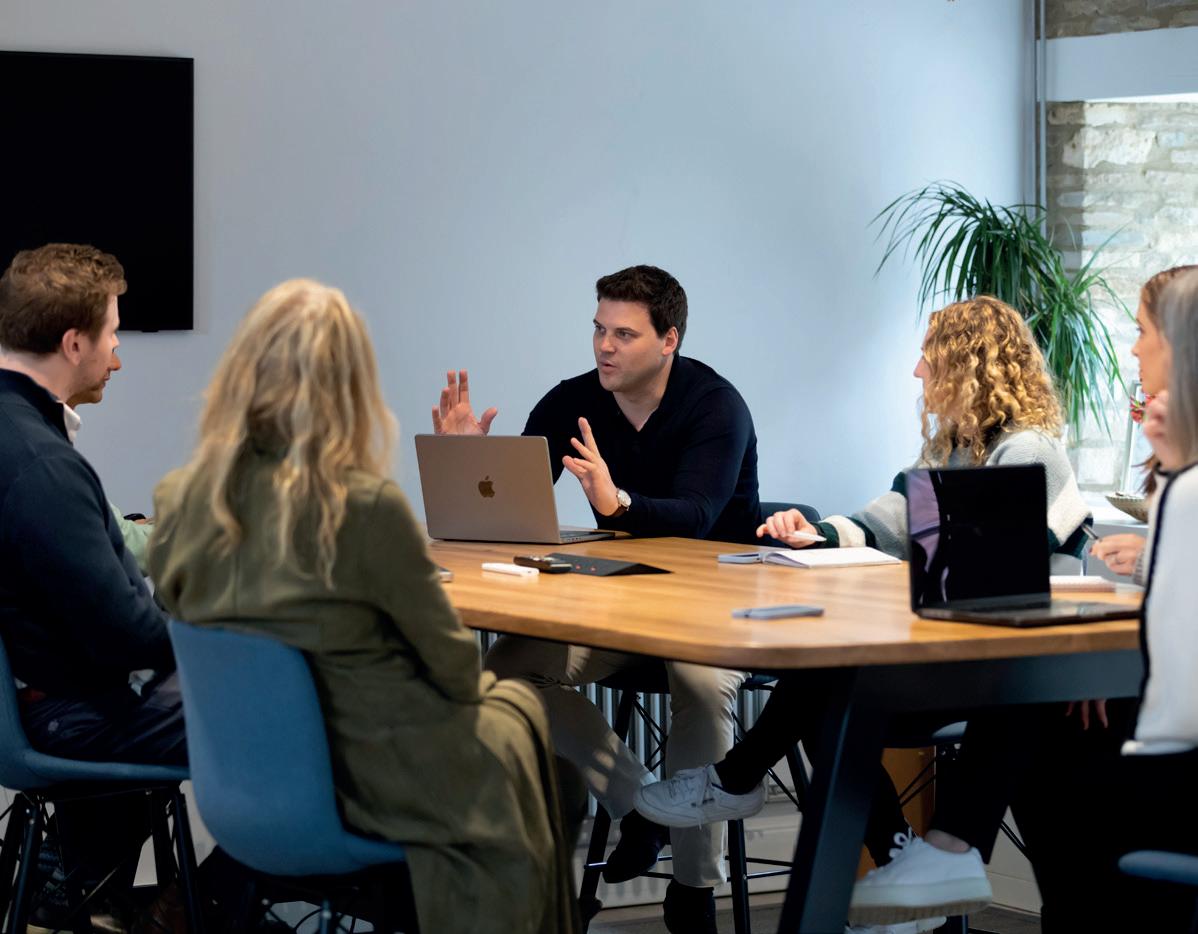
“AI is an interesting one and we’ll be looking at how it can help us build a profile on people based on their search behaviour and preferences.
“Rather than emerging trends, I’d like to think a trend that’s here to stay is the way people are choosing to holiday as they seek holidays with more meaning and a greater sense of purpose. Time is the greatest luxury of all, and rightly, people want precious time to have meaning.
“One of the travel brands within the Viadi portfolio, Explorations Company, has this ‘trend’ nailed. Experiences and trips with Explorations focus on transformational travel, leaving a place better off than when you found it. That could be visiting a local community school in Nepal, assisting with rhino translocation in Kenya, or conservation efforts in the Amazon.
“Technology/brand –we’re investing heavily – constantly refreshing websites and trying to push how things are done within each niche that we operate in as well as exploring new ones.”
Looking ahead, what are your long-term visions for both Leo Trippi and Viadi Group? How do you plan to innovate and lead these companies into the future?
“Our long term vision is to keep building on what we have, buy/ invest in more businesses and grow all of the current portfolio. We will probably start one or two more brands internally as well.
“Leadership: constantly looking at how best to organise the business, who do we need to bring in / how do we all need to develop and not getting caught up in my own shadow. I was always taught to try and make myself redundant which sounded counter-intuitive at first but now I am really starting to understand how that can propel the business forward. Giving the space to work on new projects, client relationships, business development and the culture of the business.
“Innovation: All of the above in terms of developing the business and the team. I think innovation is more key in cultural terms and a mindset. For everyone to strive towards a growth mindset and focus on incremental gains each day. That approach yields the most development and change within a business.”

SMEs face a critical challenge in today’s crowded marketplace: standing out. With inflation, supply chain issues, and rising energy costs adding pressure, the real battleground is digital marketing. In 2024, AI, 5G, and cloud computing offer SMEs a unique chance to outmanoeuvre larger competitors and redefine their market presence
SMEs constitute over 99.2% of businesses in the UK, serving as vital components of the economy and community. Despite their significance, these businesses are grappling with formidable challenges. Inflation, supply chain disruptions, and escalating energy costs exert considerable pressure on SMEs across various sectors. However, their most pressing challenge is often simpler: distinguishing themselves in a competitive market.
In the hyper-connected, technology-driven landscape of today, digital marketing is crucial for companies aspiring to become market leaders. Competing against large enterprises with expansive marketing teams and substantial budgets is daunting for SMEs. However, 2024 brings a promising shift with the adoption of AI, 5G technology, and cloud computing, heralding a new era of advanced digital marketing strategies. These innovations present small businesses with a unique opportunity to surpass their competitors.
Search Engine Optimisation (SEO) remains the bedrock of any successful digital marketing strategy. Effective SEO practices ensure SMEs are easily discoverable online by potential customers. Emphasising local SEO is particularly beneficial for SMEs aiming to capture their local customer base. Ensuring a well-optimised ‘Google My Business’ listing is a critical step. Consistency in business name, address, and phone number (NAP) across all online platforms is essential. Encouraging customers to leave reviews can significantly enhance local search rankings.
With a significant portion of internet users accessing content via mobile devices, having a mobile-friendly website is imperative. Responsive designs and fast-loading pages on smartphones and tablets are essential. To gain an edge, businesses should also consider optimising content for voice search. Utilising long-tail keywords and natural language phrases that align with voiceenabled device usage can further enhance visibility.
Email marketing, despite its challenges, remains a powerful tool for SMEs when executed proficiently. Advanced email marketing strategies include segmentation, personalisation, and automated workflows. These tactics ensure that the right message reaches
the right audience at the optimal time, driving engagement and conversions.
Utilising email marketing automation platforms enables advanced personalisation. Segmenting email lists based on demographics, purchase history, browsing behaviour, and engagement levels allows for tailored messaging. Integrating artificial intelligence, such as machine learning algorithms, can enhance predictive analytics. This capability enables targeted emails, such as personalised product recommendations or re-engagement campaigns for inactive subscribers.
Compliance with email marketing regulations, including GDPR and the CAN-SPAM Act, is crucial. Employing email authentication protocols like SPF, DKIM, and DMARC helps authenticate domains and improve content deliverability.
Beyond email marketing, AI and marketing automation tools can streamline various marketing efforts, saving time and resources. These tools are invaluable for lead nurturing and customer relationship management, facilitating personalised and efficient marketing.
As SMEs expand, manual marketing processes become untenable. Marketing automation tools offer scalability, enabling businesses to manage larger volumes of leads and customers without additional resources. Automated workflows can adapt to evolving business needs, maintaining efficiency during growth.
Automated lead scoring and nurturing workflows are particularly beneficial. They identify high-quality leads and guide them through the sales funnel with tailored content and timely followups, resulting in higher conversion rates and increased revenue.
AI also enables personalisation at scale. Marketing automation allows SMEs to deliver personalised experiences to a broad audience. Segmenting contacts based on demographics, behaviour, and preferences ensures targeted messaging that resonates with individual recipients, leading to higher engagement, customer satisfaction, and loyalty.
The integration of new technologies and strategic thinking offers SMEs unparalleled opportunities to transform their digital marketing strategies. By embracing these innovations, companies can unlock new levels of creativity, efficiency, and effectiveness in their marketing efforts. This approach propels them ahead of the competition, securing their place in the future of the marketplace.

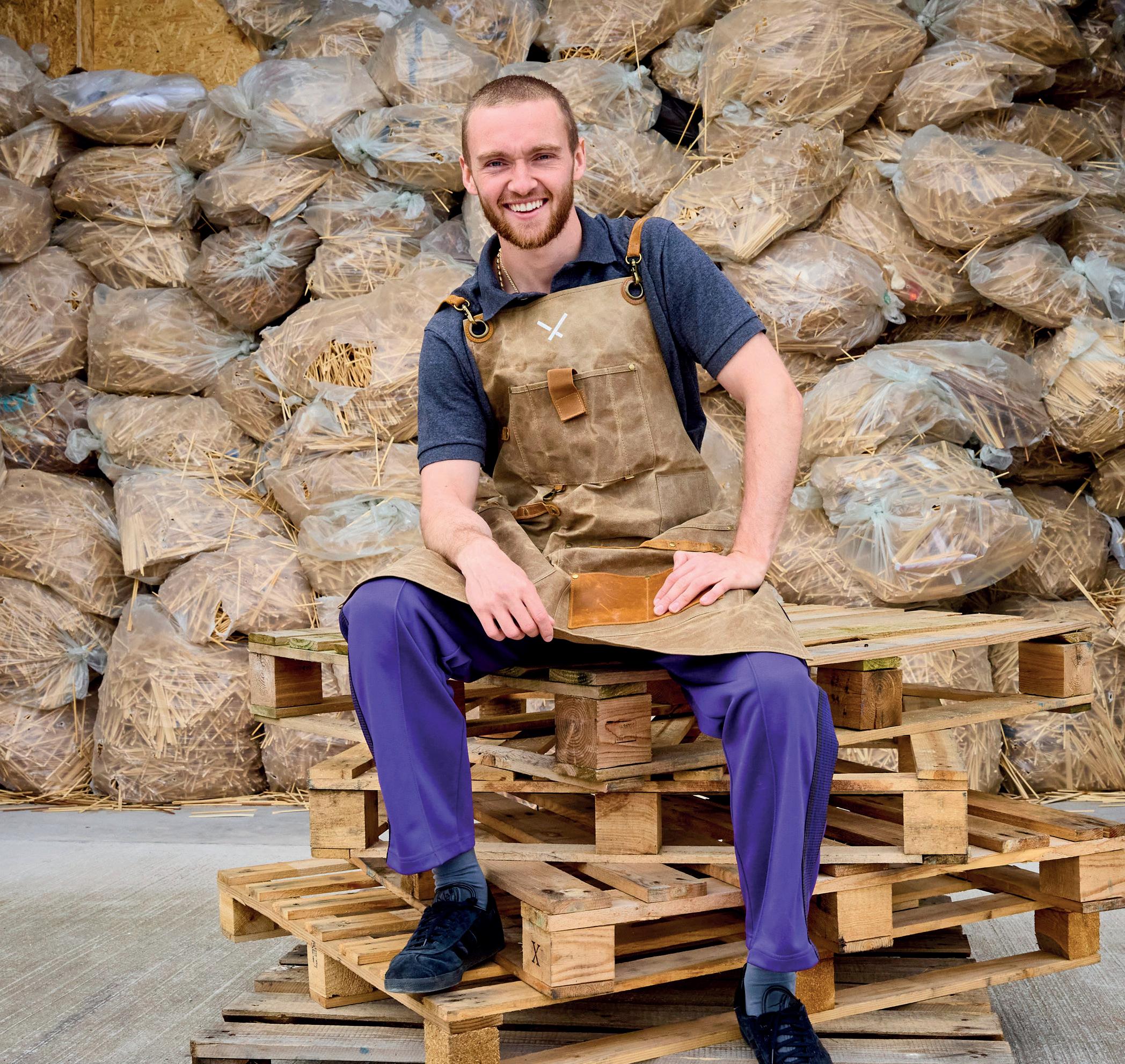
Transforming millions of discarded chopsticks into stylish, sustainable furniture, ChopValue UK is at the forefront of the circular economy revolution. Led by Sheffield United footballer Tom Davies, this innovative venture has already repurposed nearly five million chopsticks within its first year, setting a powerful example of how waste can be reimagined as a valuable resource. As the company prepares to open its flagship Microfactory in Liverpool, it aims to inspire a broader shift towards eco-friendly practices and redefine the future of sustainable manufacturing
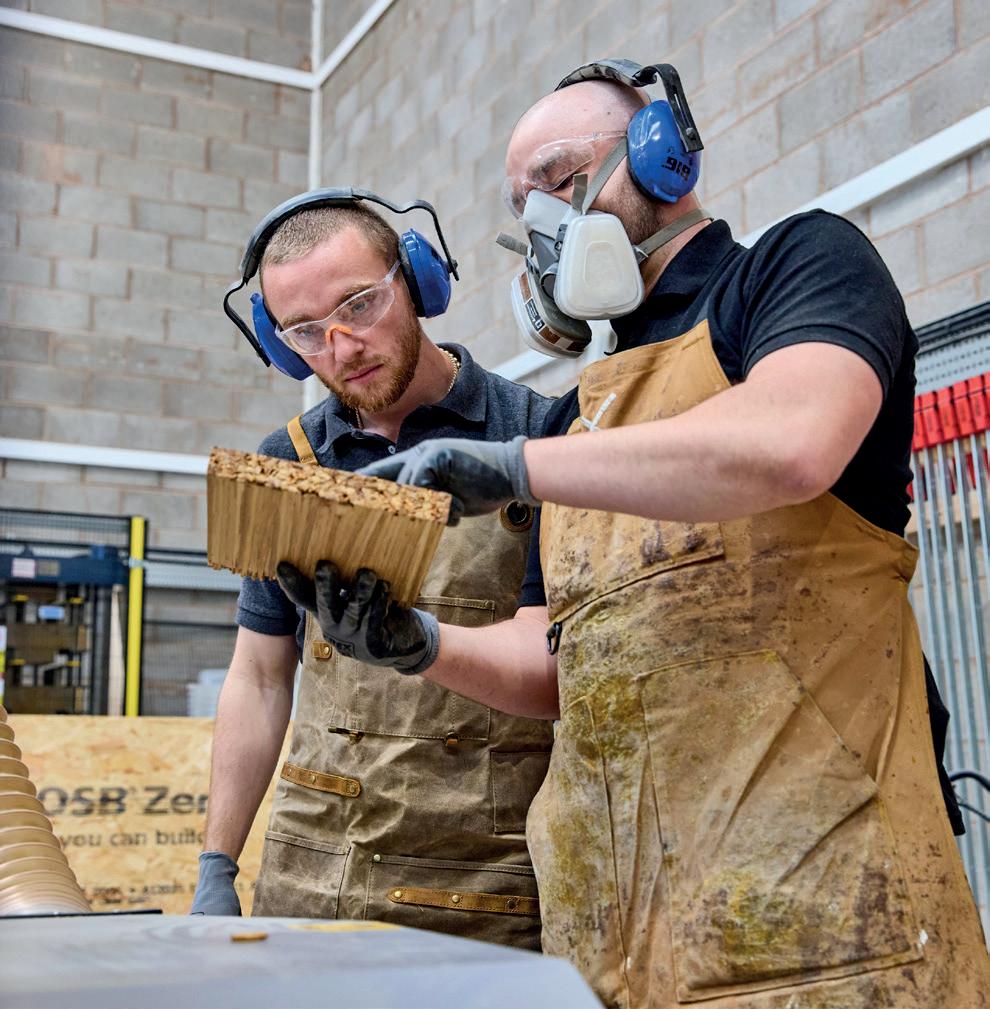
CChopValue UK, spearheaded by Sheffield United player Tom Davies, has emerged as a pioneer in sustainable business practices. Over the past 12 months, the company has amassed nearly five million used chopsticks from restaurants across the UK. These chopsticks are destined to be transformed into distinctive furniture and homeware pieces, including restaurant tables, office desks, and wall paneling.
The scale of global chopstick usage is staggering, with an estimated 80 billion chopsticks used annually. Without interventions like those of ChopValue UK, the majority of these would end up in landfills. The company’s efforts have dramatically illustrated the magnitude of this waste through AI-generated images depicting what 80 billion chopsticks would look like at iconic UK landmarks such as Big Ben.
ChopValue UK officially opened its doors on June 14, positioning itself within the burgeoning circular economy. This innovative approach not only reduces waste but also redefines it as a resource. The company’s vision aligns with the potential of the circular economy, which is projected to generate up to £3.5 trillion in economic benefits over the next decade.
Strategically located in Liverpool, the flagship Microfactory is set to make a significant impact. It is the first in the ChopValue network to utilise an electric van for community collections, emphasising the company’s commitment to sustainability. In its inaugural year, ChopValue UK aims to convert 25 million chopsticks into highquality, climate-positive products, potentially saving up to 1,200 tonnes of CO2 emissions.
Tom Davies, Managing Director of ChopValue UK and Sheffield United football player, is deeply involved in the operation. “We are paving the way for a greener future, where not only waste streams are transformed into valuable products made to last, but we can
also source, produce, and distribute locally in our communities,” Davies shared. His hands-on approach includes everything from sorting used chopsticks to operating laser engraving machinery.
Davies is also leveraging his platform as a professional athlete to promote sustainability within the sports industry. He aims to foster strategic relationships with sports brands, providing a tangible route to sustainability. “As a footballer, I am grateful for the platform my career has provided me and am committed to lead by example. Educating others on subjects like the importance of sustainability and responsible manufacturing is my priority, with the goal of ensuring upcoming generations have the same resources we have been fortunate to have.”
ChopValue UK has already completed numerous orders, partnering with both local and national businesses to create a variety of products. The company not only turns waste into resources but also ingrains the principles of circularity and sustainability within the communities it serves. Neil Sang, UK Director of ChopValue UK, remarked, “To launch in Liverpool has been a dream and we’ve relished training up our new employees, showing them a new set of green carpentry skills. The magic we are making in the Microfactory is special.”
The process of transforming chopsticks into statement furniture is meticulous. It begins with the collection of chopsticks from partners such as restaurants, cafeterias, and shopping centres. The chopsticks are then sorted, resinated with an environmentally friendly, water-based resin, and dried to reach the target moisture level. The densification process involves compressing the chopsticks into an engineered composite material, further sterilising them with high heat and pressure. Finally, the highquality dense tiles are sanded and assembled into the desired products, finished with a vegetable-based oil for residential uses or a commercial finish for B2B projects.
ChopValue UK’s commitment to sustainability and innovative approach to recycling waste into valuable products sets a new standard in the industry. As they continue to grow, their mission to leave no chopstick behind and inspire other businesses to join the circular economy will undoubtedly contribute to a greener future.
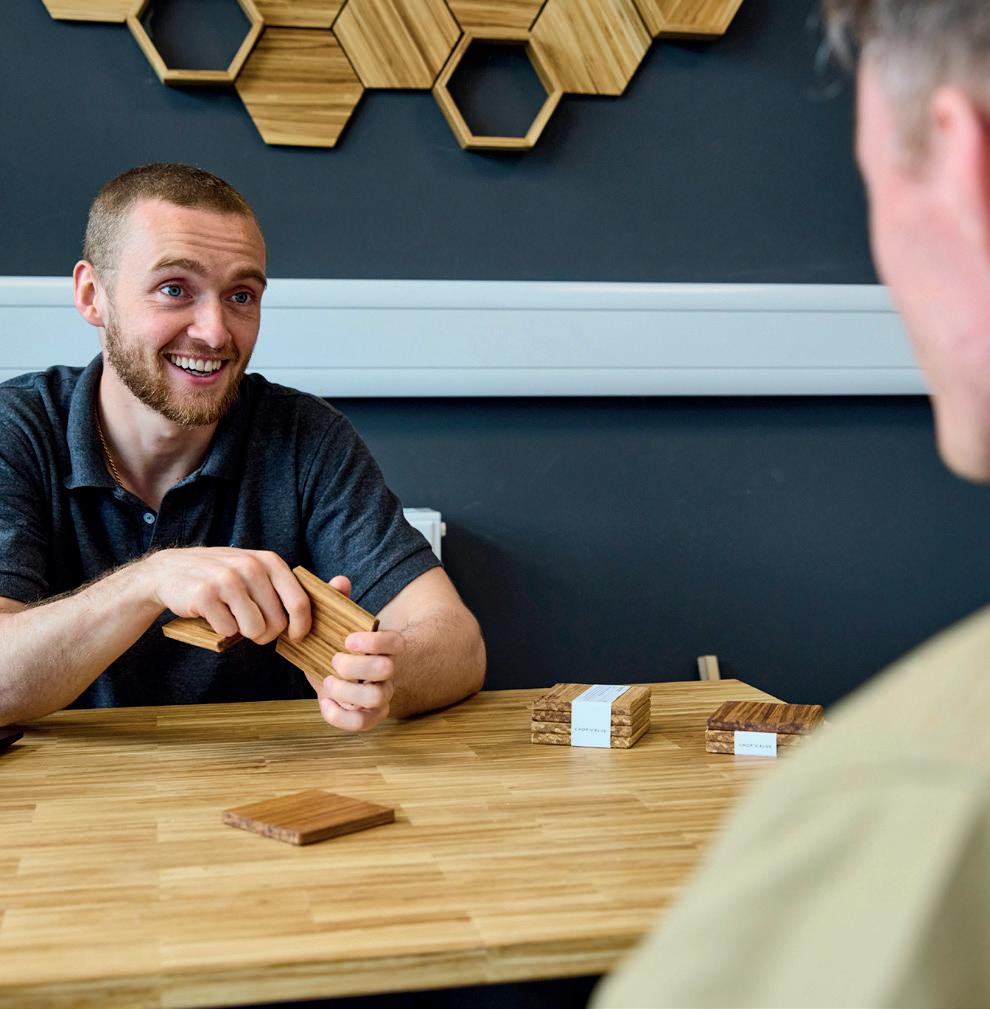
Selling a business is not merely a financial transaction; it’s an emotional milestone in an entrepreneur's journey. The decision to pass the torch to a larger organisation involves a complex blend of excitement and bitter-sweet sentiment. This article explores the nuanced process of letting go, offering insights on how to navigate this pivotal transition with grace and foresight
For entrepreneurs, the journey of building a business is marked by countless decisions, risks, and successes. Each step is a testament to their hard work and dedication. However, there comes a pivotal moment when selling the company to a larger, more resourceful organisation becomes the logical progression, often aligning with the founder’s initial vision.
This transition can evoke a mix of emotions. The excitement of seeing the business’s potential unfold under new ownership contrasts with the challenge of parting with a creation nurtured with immense effort and passion. Reflecting on these accomplishments is crucial. Celebrating the success can transform the farewell into a positive milestone rather than a sombre event. Acknowledging that the business has flourished because of one’s dedication provides a sense of closure and pride.
Timing plays a critical role in this decision. Entrepreneurs must recognise the opportune moment to sell, avoiding the pitfall of pursuing an unattainable high valuation for too long. Many have missed their chance by waiting too long, achieving nothing in the end.
Maintaining emotional detachment during this process is essential. Entrepreneurs, whether sole innovators or part of a founding team, must avoid letting their ego and emotional investment dominate their decision-making. Detachment prevents becoming a hostage to the start-up and facilitates a smoother transition.
Embracing the change with a positive mindset can lead to personal and financial growth. The sale of a business can be a rewarding experience, both financially and personally. Treating oneself to a well-deserved reward can mark this achievement and signify a new beginning.
This transition also marks the start of a new journey. Viewing the sale as an opportunity for growth rather than a loss is vital. The business outgrowing its founder is a testament to its success. Embracing this change as a new chapter in the business’s legacy allows the founder to take pride in their role as the originator and watch with satisfaction as the story continues to unfold.
Feeling emotional about letting go is natural, but it is essential to remember that selling the business often becomes the smartest move for its future growth. There should be no guilt in making a decision that ensures the business’s long-term success, especially if the new owners are passionate about the innovation and committed to building upon the legacy.
“Timing the sale of your business is both an art and a science. Recognising the right moment to let go can maximise value and ensure your legacy continues to flourish. It’s essential to balance emotional attachment with strategic foresight, enabling a smooth transition that benefits both the founder and the new owners.”
Chris Rowlands – Founder at Blacks Business Brokers


Aleks Pakulniewicz is redefining the wedding industry through innovation and an unyielding commitment to quality. The Executive Magazine explores how this trailblazing entrepreneur is revolutionising bridal fashion, bringing a fresh perspective and unparalleled craftsmanship to modern brides worldwide.
AAleks Pakulniewicz stands at the forefront of the wedding industry, challenging traditional norms and setting new standards. Her brand, Velo Bianco, has become synonymous with luxury and elegance, thanks to his forward-thinking approach and relentless pursuit of excellence. By leveraging an online-only model, Aleks has not only embraced the digital age but has also created a seamless shopping experience for brides across the globe.
In an industry deeply rooted in tradition, Aleks has broken barriers by shifting the bridal shopping experience online.
This innovative approach allows Velo Bianco to cater to a global audience, transcending geographical constraints and offering brides the convenience of exploring and purchasing high-end bridal wear from the comfort of their homes. The online model also enables Velo Bianco to provide personalised service and bespoke customisations, ensuring each bride receives a gown that perfectly fits her vision and physique.
Despite the digital focus, Aleks remains committed to the timeless art of craftsmanship. Each Velo Bianco creation is a testament to meticulous attention to detail and superior quality. By fusing contemporary designs with traditional techniques, Aleks ensures that every gown, veil, and accessory is a masterpiece. This dedication to quality sets Velo Bianco apart in the crowded bridal market, establishing it as a brand that modern brides can trust.



Aleks's designs are inspired by the rich cultural heritage of Italy and France. Drawing from the elegance of Parisian high fashion, the romantic allure of the Mediterranean Riviera, and the precision of Italian tailoring, Aleks creates collections that are both timeless and modern. This fusion of inspirations results in bridal wear that resonates with the sophisticated tastes of today’s brides, offering them a perfect blend of tradition and contemporary style.
Under Aleks's leadership, Velo Bianco has harnessed the power of digital technology to enhance the bridal shopping experience. Detailed size charts, virtual consultations, and a user-friendly website make it easy for brides to find their perfect gown. This digital-first approach not only broadens the brand’s reach but also allows for a more personalised and interactive shopping experience, setting a new standard in the bridal industry.
Aleks's disruption extends beyond business models and design. Velo Bianco is committed to sustainable practices, sourcing eco-friendly materials and ensuring ethical production processes. This focus on sustainability appeals to the conscientious bride, aligning luxury with responsibility and setting Velo Bianco apart as a forward-thinking brand.
Aleks Pakulniewicz's innovative spirit and dedication to excellence promise a bright future for Velo Bianco. As the brand continues to evolve and expand, it remains at the cutting edge of bridal fashion, consistently pushing the boundaries of what is possible. With a visionary like Aleks at the helm, Velo Bianco is set to redefine luxury bridal wear for years to come, leaving a lasting impact on the industry.
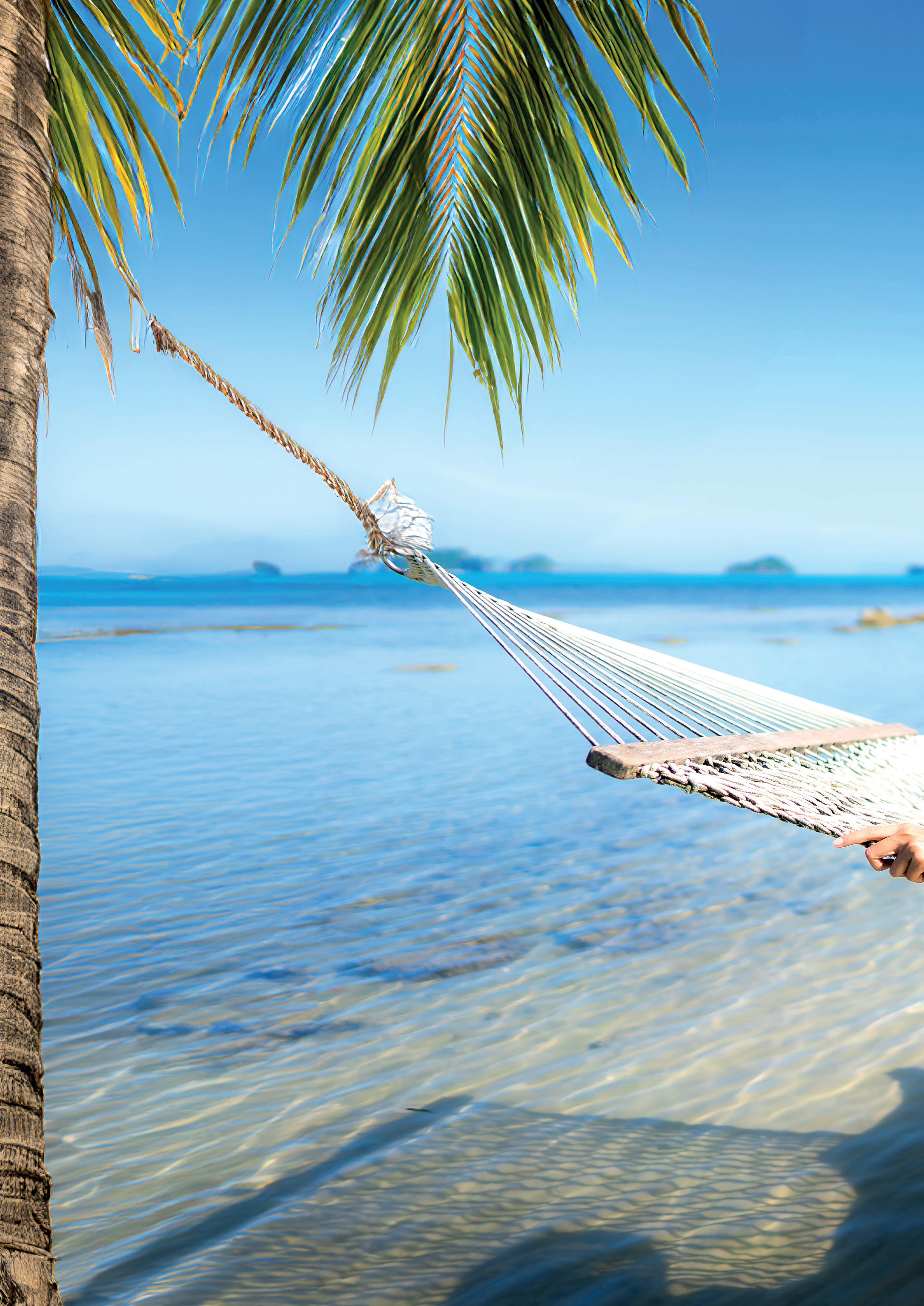

Mallorca, celebrated for its romantic coastlines, dramatic mountains, and secluded sapphire bays, has long captivated artists, writers, and musicians. Chopin and George Sand were early admirers, followed by figures such as DH Lawrence, Robert Graves, and Joan Miró. The picturesque village of Deià remains a haven for creative spirits, drawing luminaries like Mick Jagger in the 1980s. Palma, the island’s vibrant capital, offers a mix of sophisticated bars, boutique-lined boulevards, and a labyrinthine old town.
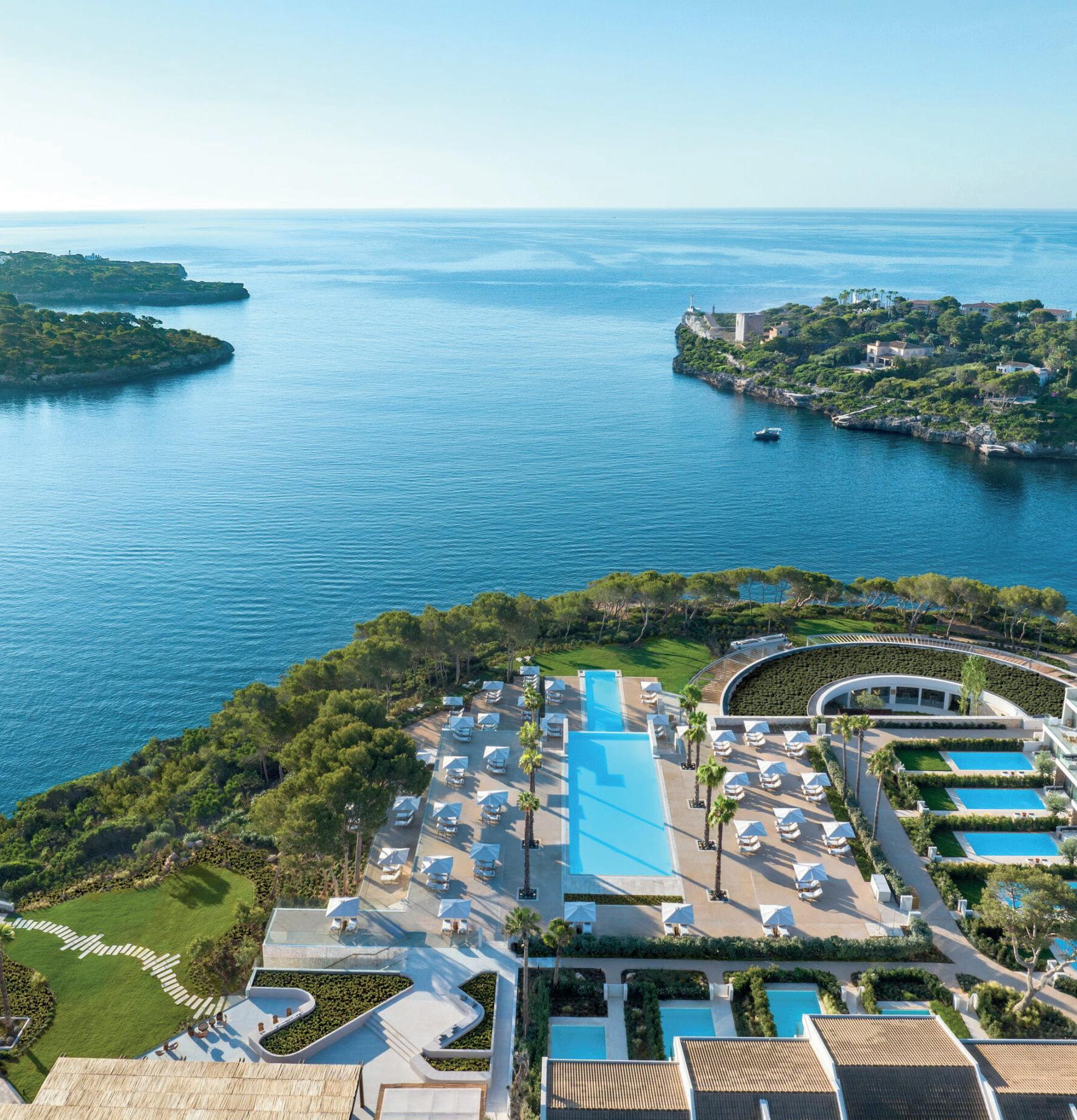
IKOS PORTO PETRO
Best for: Luxury Family Retreats
Situated near the serene Mondrago National Park, Ikos Porto Petro is ideal for families seeking a luxurious yet child-friendly escape. The hotel, adjacent to the charming fishing village of Porto Petro, offers spectacular views from rooms featuring large balconies, gardens, or private pools. Culinary offerings include Michelin-starred chef-backed restaurants, and a crèche and kids’ club ensure young guests are entertained while parents relax by one of the four pools. The resort’s thoughtful design allows both families and couples to enjoy their stay in perfect harmony.
Son Bunyola, a project by Richard Branson, embodies the essence of Mallorcan heritage within a 16th-century finca surrounded by 1,300 acres of olive groves and vineyards. Opened in June 2023, it offers stunning sea and mountain views, with the Tramuntana mountains as a backdrop. The finca’s historical elements, like the original olive press and a 13th-century defensive tower, enhance its unique charm. With only 26 rooms, guests can enjoy a private and intimate experience. The restaurant, led by chef Samuel Galdón, features a vegetableforward menu, and a second restaurant in the olive press is forthcoming.
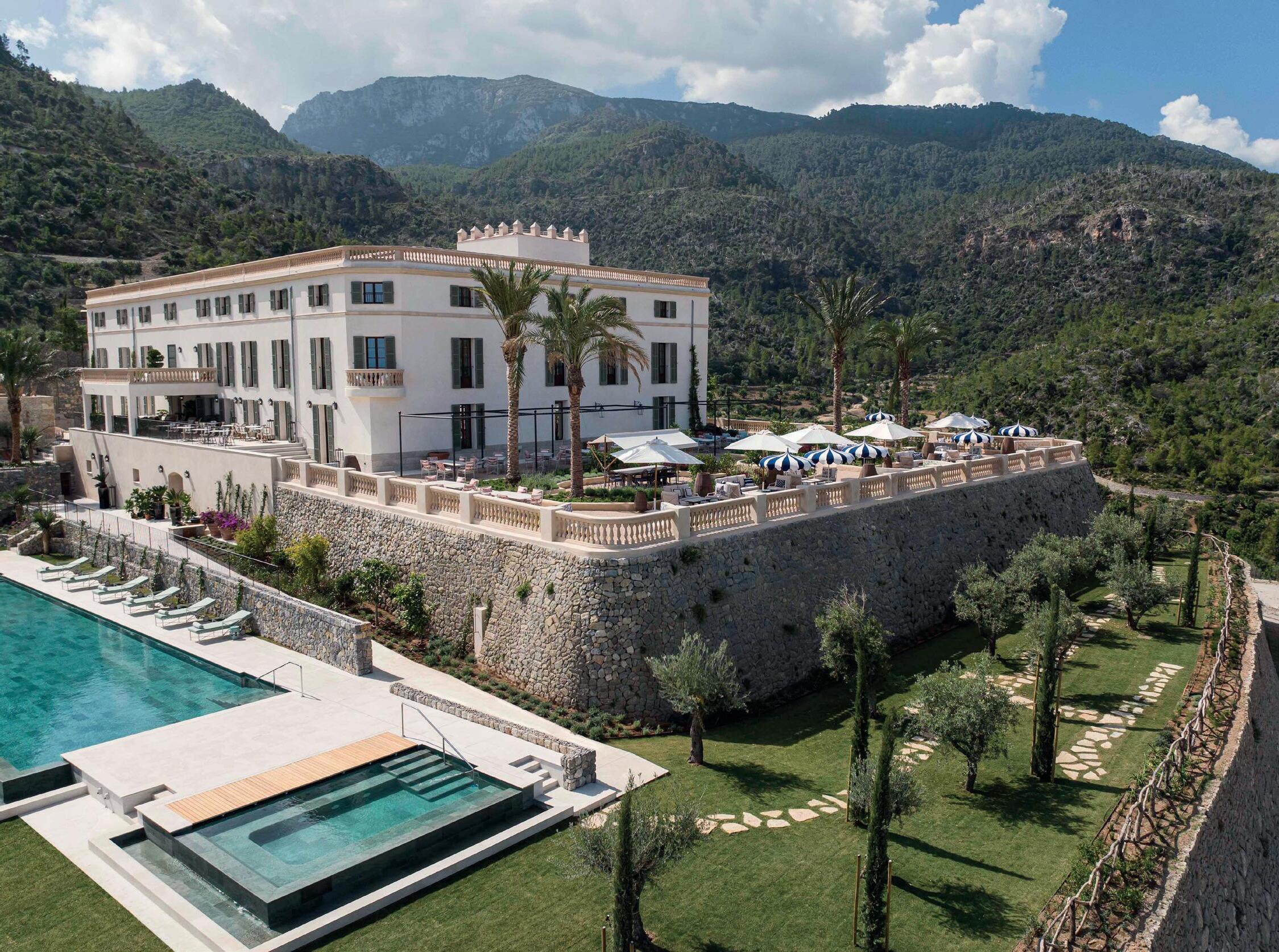
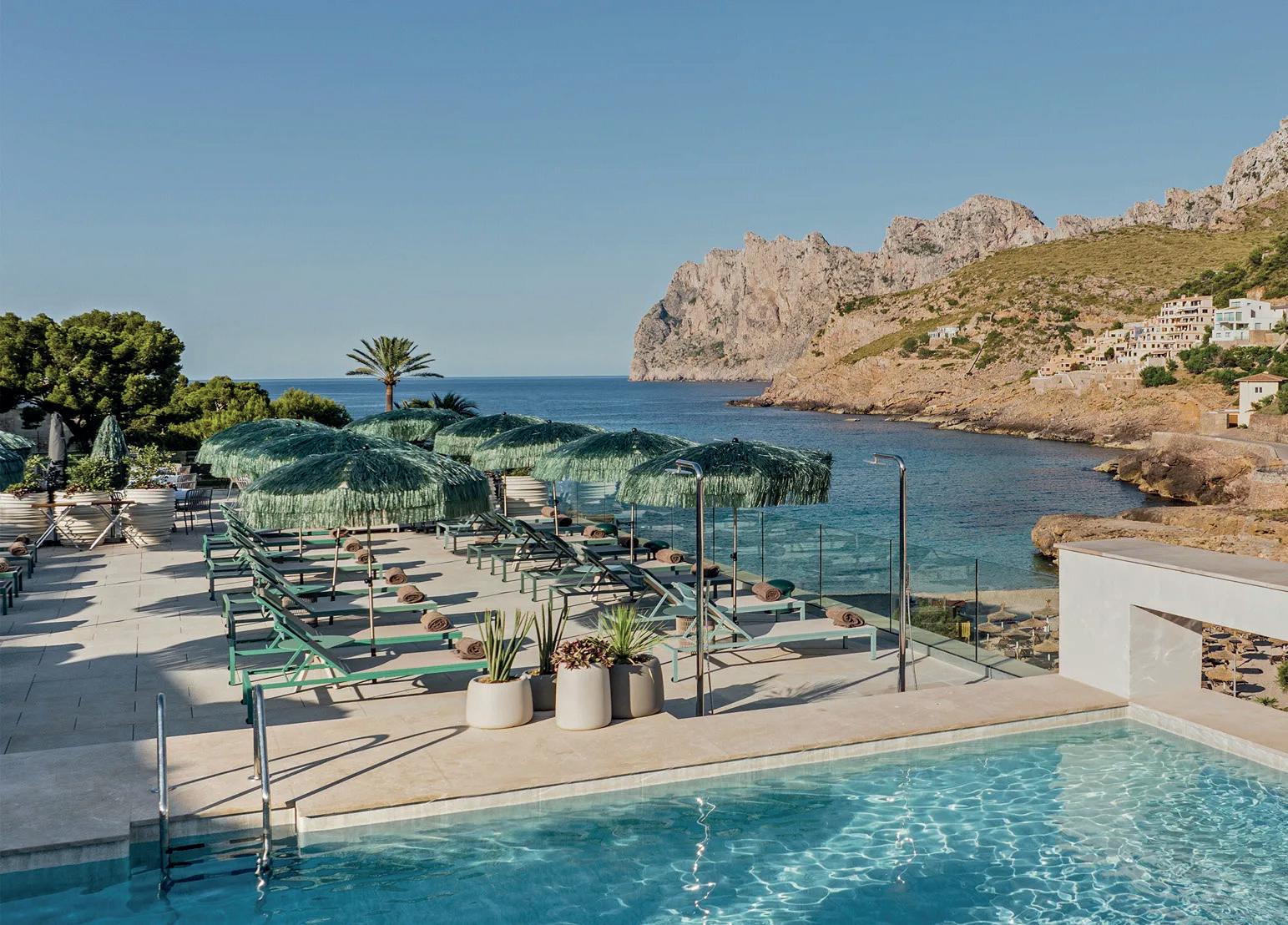
Located near the northern tip of Mallorca, El Vicenç de la Mar offers luxury with a contemporary twist. The hotel’s design by Magnus Ehrland combines sophisticated aesthetics with playful elements, creating a chic and inviting atmosphere. Guests can enjoy facilities such as a private cinema, a wellness zone, and an expansive roof terrace with stunning views. The 35 rooms, including a penthouse suite and junior suites, feature lavish terraces and state-of-the-art amenities. The hotel’s proximity to local attractions like Pollença and Formentor enhances its appeal.
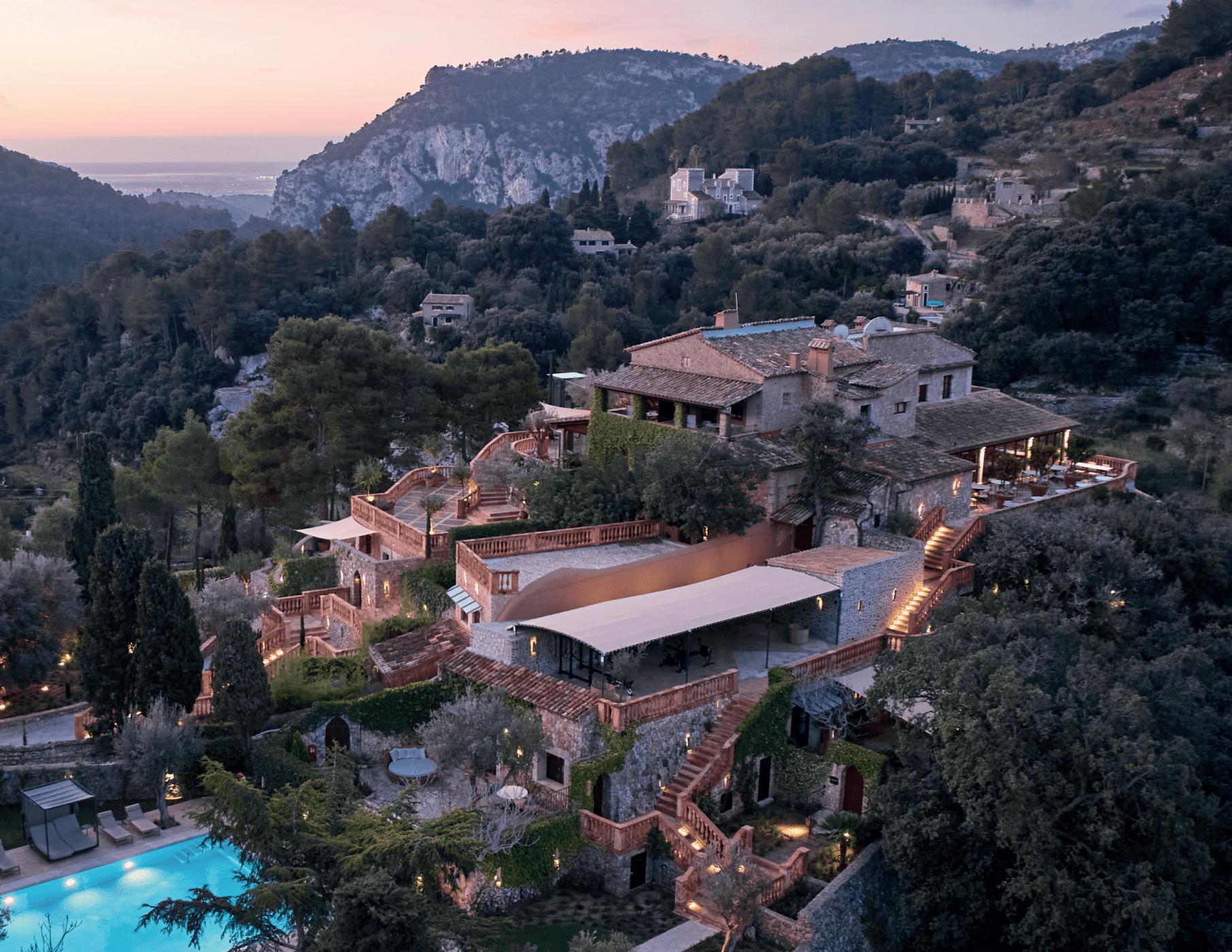
Hotel Valldemossa offers a tranquil retreat in a setting once beloved by artists and writers. Just 20 minutes from Palma, it provides a stark contrast to the city’s bustle with its serene mountain scenery. The hotel features 12 unique villas with earthy furnishings and terracotta tones, each offering private verandas with views over almond, olive, and orange groves. Guests can enjoy fusion cuisine at De Tokio A Lima, and indulge in wellness therapies at the spa. The hotel’s intimate atmosphere makes it perfect for those seeking relaxation and self-care.
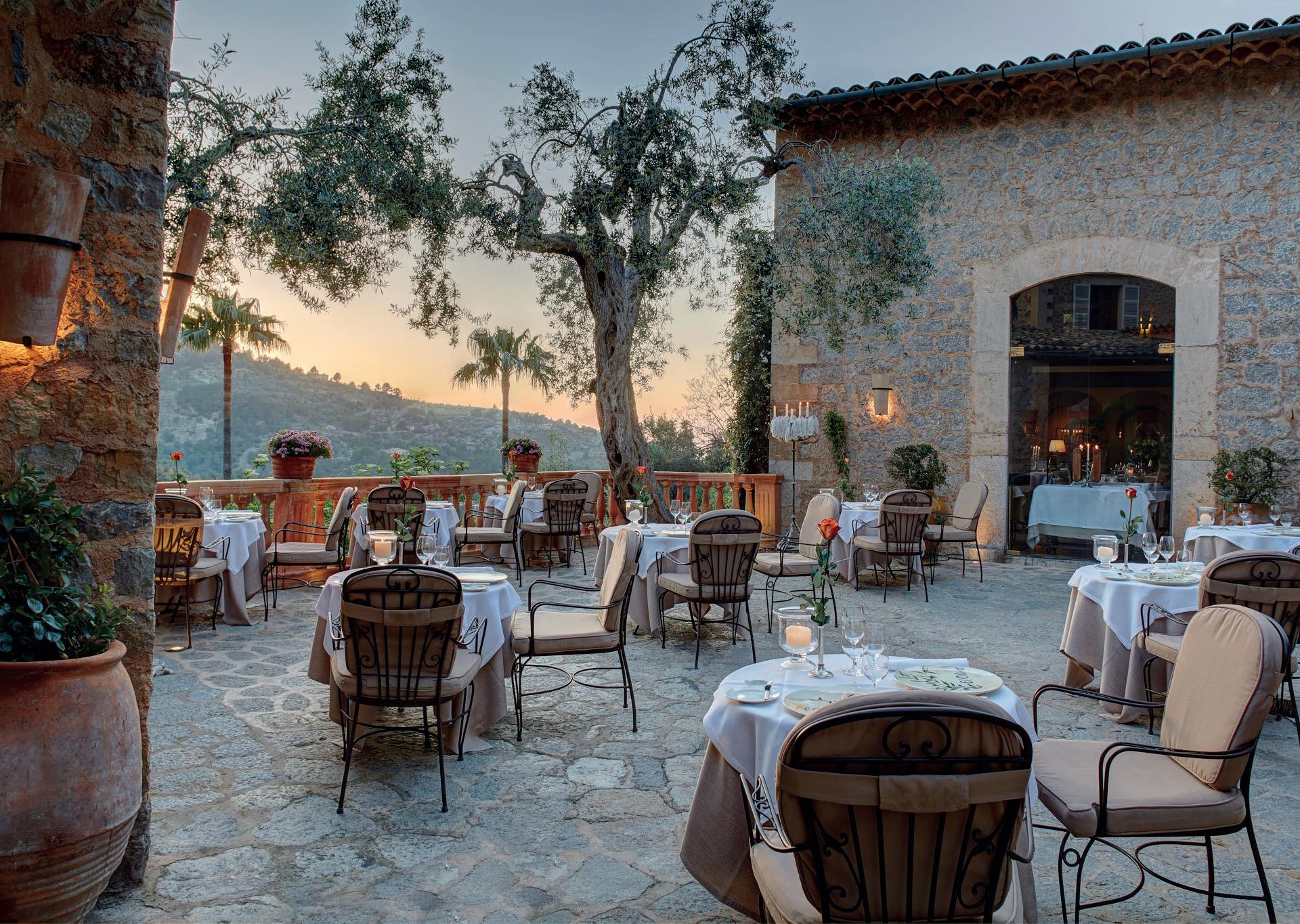
La Residencia, situated in Deià, is an iconic Mediterranean retreat that blends historical charm with modern luxury. The property features 71 rooms, six suites, an art gallery, two artists’ studios, four restaurants, and numerous leisure facilities, all nestled in the foothills of the Serra de Tramuntana. Guests can enjoy breathtaking views from terraces, partake in daily coastal boat trips, and savour gourmet cuisine at El Olivo. The hotel’s extensive collection of artworks, including original pieces by Miró, adds to its cultural allure.
Mallorca, with its blend of natural beauty, rich cultural heritage, and luxurious amenities, continues to enchant and inspire. For the discerning traveller, it offers a wealth of experiences that promise both relaxation and indulgence.
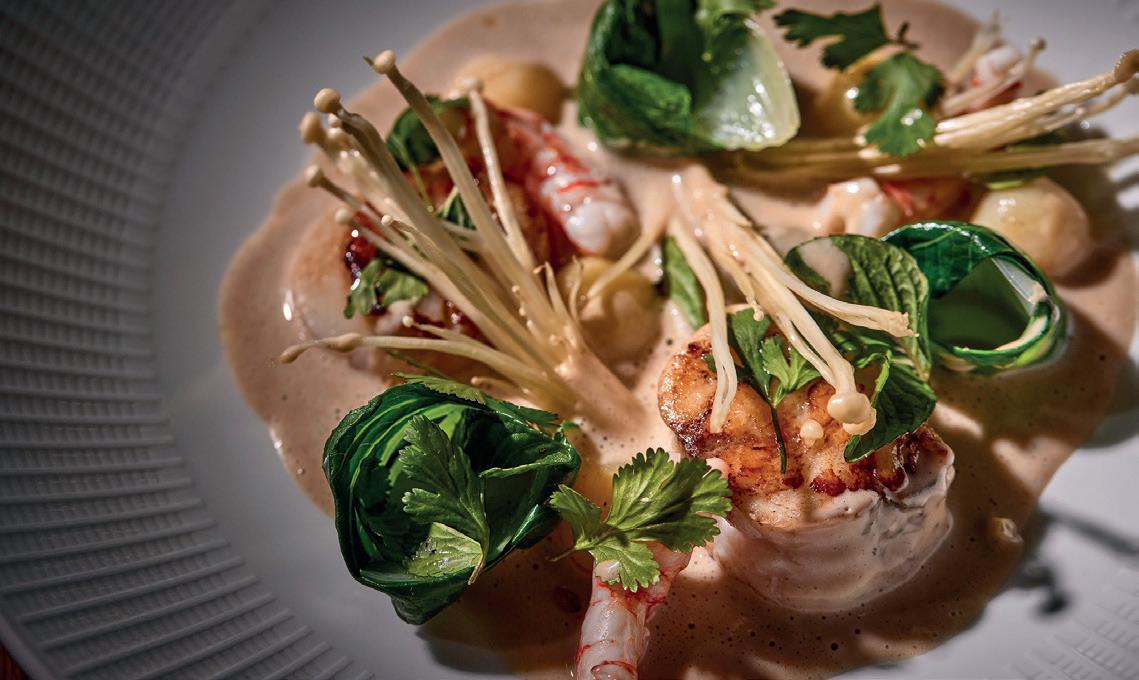
VORO – CANYAMEL Best for: Michelin Star Gastronomy
VORO, located in the Cap Vermell Grand Hotel, offers an unforgettable dining experience with its eleven or fifteen-course tasting menus. Chef Álvaro Salazar, renowned for his innovative approach to Mediterranean cuisine, leads a team that delivers elegantly presented dishes with intense flavours. The restaurant’s understated décor and exceptional service by maître d’ Mario and sommelier Cecilia create a memorable gastronomic journey.
CANELA RESTAURANT – PALMA Best for: Authentic Fine Dining
Canela, a gem in Palma’s old town, has been revitalised by the 5 Senses Collection. Chef Bonnie Han brings a fusion of Asian and Mediterranean flavours using fresh, local ingredients. The intimate atmosphere, enhanced by earthy tones and a carefully curated wine selection, makes it a must-visit for those seeking a unique culinary experience.
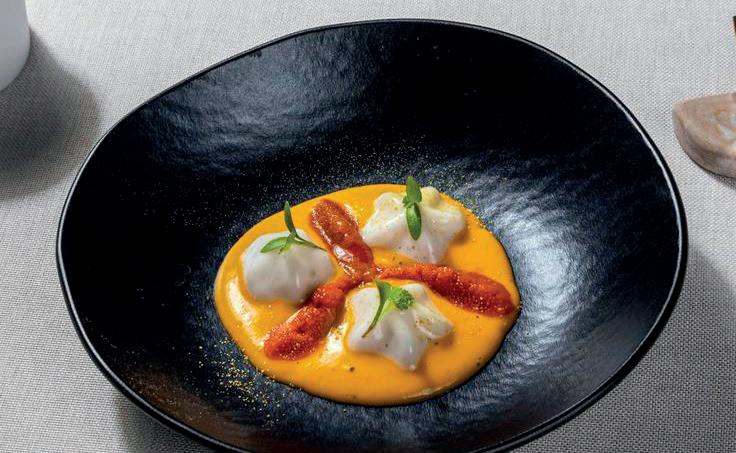
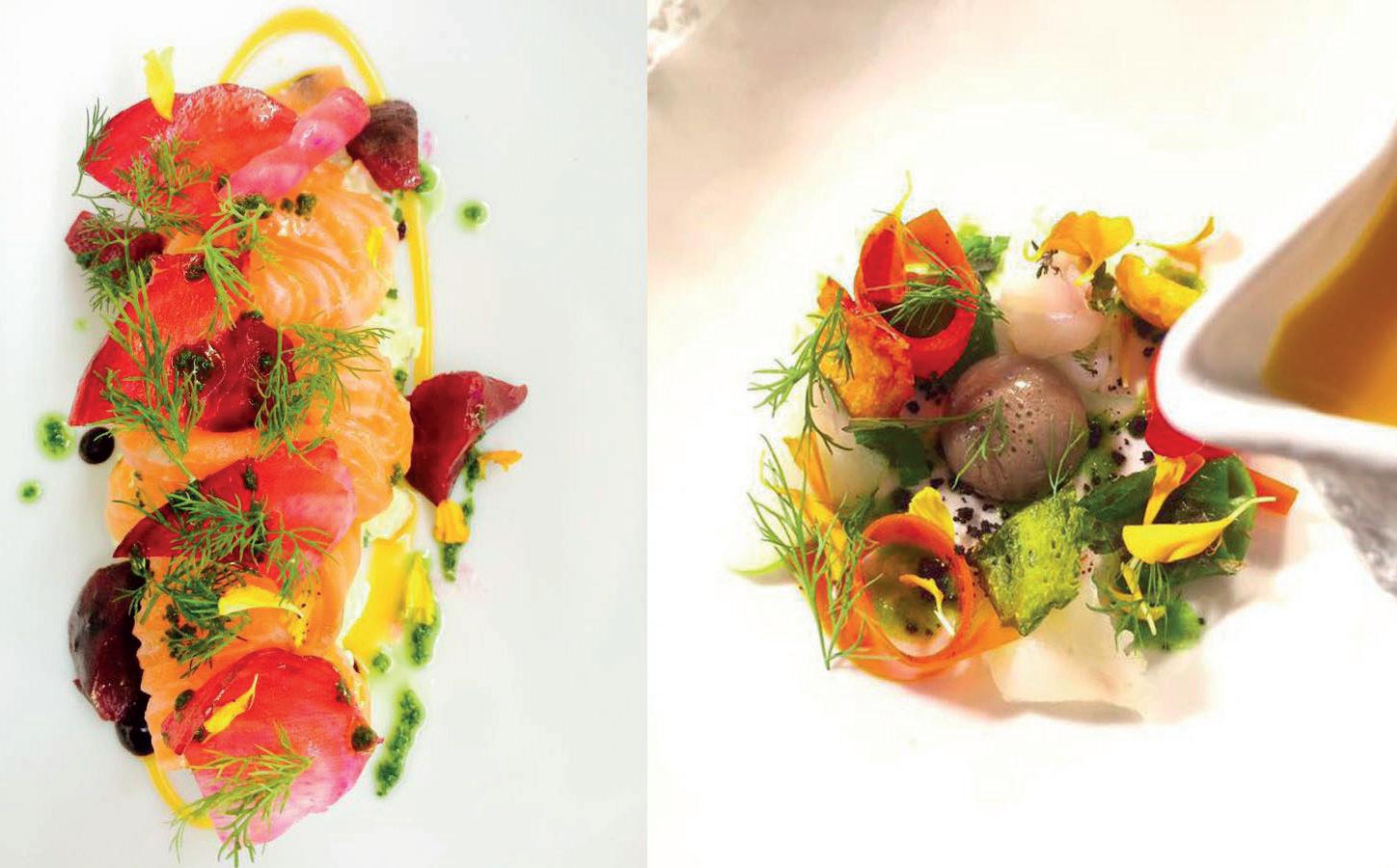
ADRIAN QUETGLAS RESTAURANT – PALMA Best for: Tasting Menu Excellence
Adrian Quetglas brings a unique blend of Argentine and Mallorcan flavours to his eponymous restaurant in Palma. The Michelin-starred venue offers a seven-course tasting menu that showcases his inventive approach to haute cuisine. The contemporary, comfortable setting and diverse international staff reflect Quetglas’s mission to make fine dining accessible and enjoyable for all.
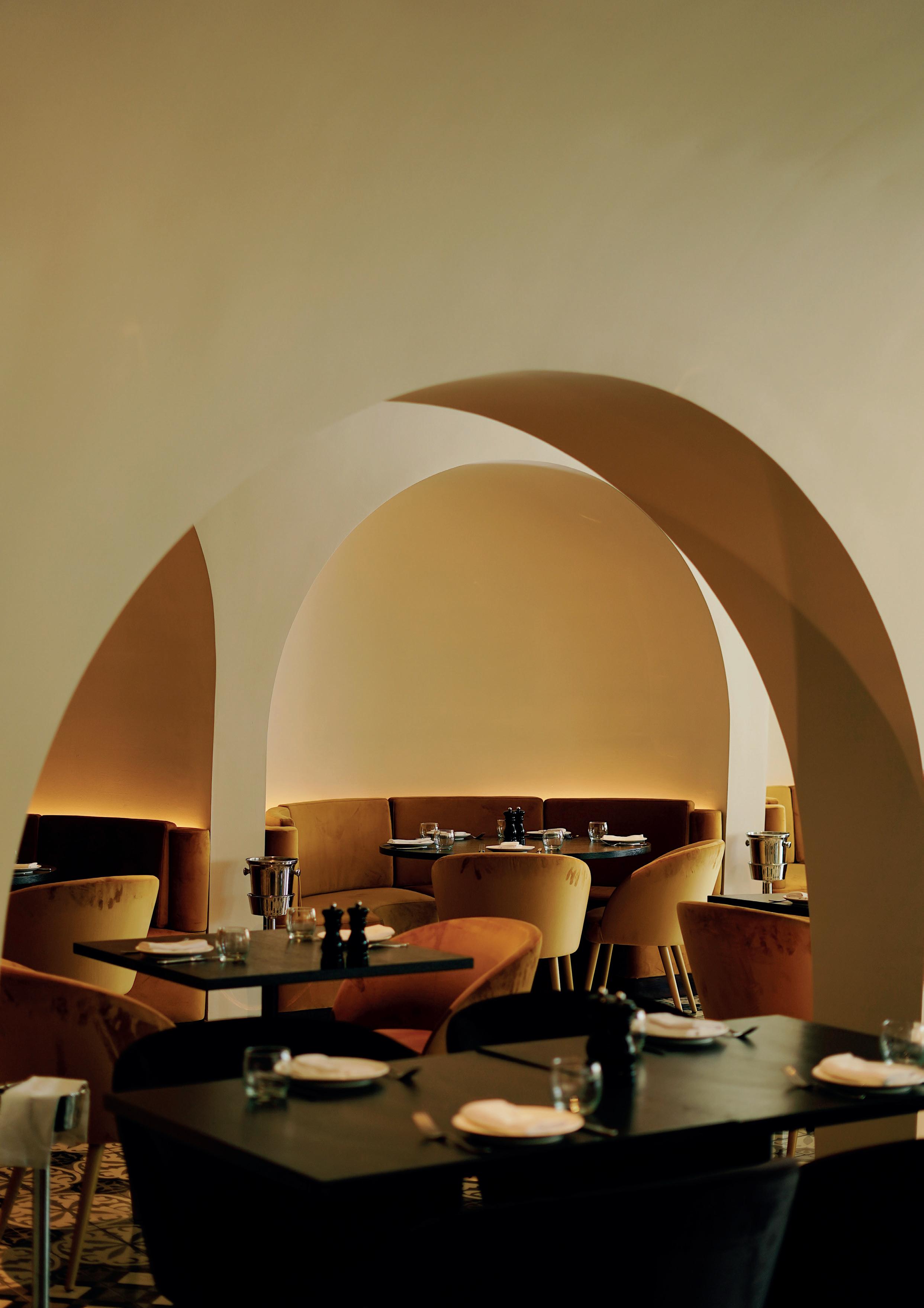
Nestled along the serene shores of Mallorca, Merchants Portals offers a harmonious blend of culinary artistry and coastal charm. At the newly opened The Donna Hotel on Portals Nous beach, guests are invited to indulge in an unparalleled dining experience
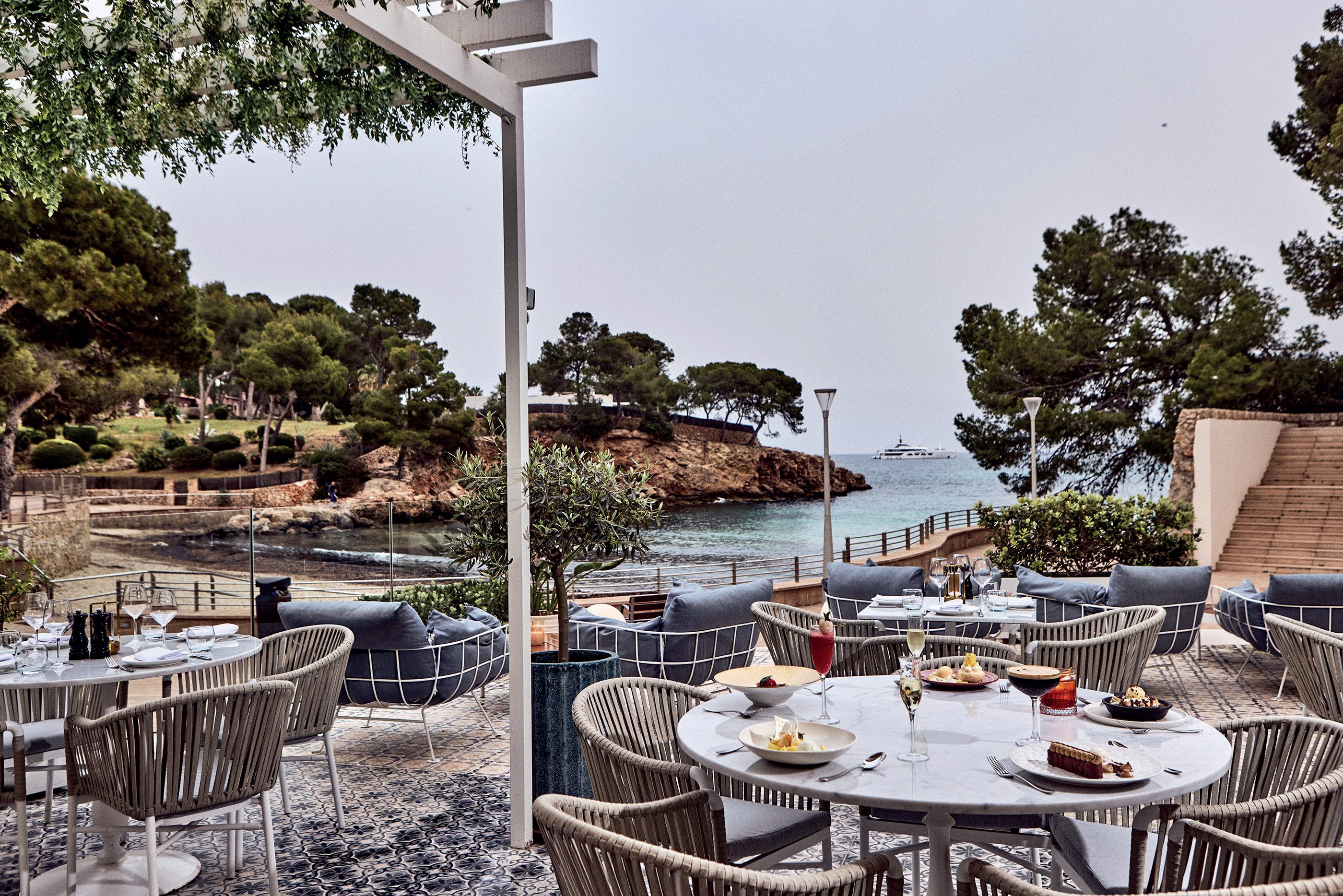
MMerchants Portals in Mallorca seamlessly blends creativity and culinary mastery with coastal charm. Located at the picturesque Portals Nous beach, guests can indulge in an all-day dining experience along the breathtaking Mediterranean coastline at the newly opened The Donna Hotel. This marks the second Merchants venue, continuing the legacy of Palma’s iconic Palacio Can Marques.
Founded on the principle of laborious dedication to sourcing the perfect beef, Merchants aims to offer the best steak restaurant on the island of Mallorca. This unwavering commitment is reflected in menus that emphasise the finest local ingredients, continually striving for excellence.
Positioned in the southwest of the island, just a 10-minute drive from Palma, Portals Nous is a tranquil part of the Island, offering guests proximity to some of the most beautiful beaches.
All-Day Dining in the Heart of the Mediterranean at Merchants Portals
Renowned as the best luxury steakhouse in Spain, Merchants Portals provides a sophisticated dining
experience curated by Group Executive Chef Fernando Coradazzi. The modern Mediterranean-inspired menu features delectable breakfast dishes, exquisite seafood, and the finest cuts of meat, all prepared to perfection against the stunning backdrop of the Mediterranean Sea.
The restaurant overlooks the serene Portals Nous beach, the former site of the Iberostar Grand Portals Nous. Following exciting transformations, the distinctively designed Marcel Wanders hotel is now The Donna Portals, with The Merchants by the Sea serving as the hotel’s glamorous dining establishment.
Fans of The Merchants in Palma will appreciate its new seaside counterpart, boasting gorgeous views from a spacious terrace. The indoor dining room, with its curvy ceiling and walls, offers an intimate and cozy atmosphere despite its generous size. An open kitchen allows diners to observe the chefs at work, enhancing the overall dining experience.
More than just its smart décor and prime location, The Merchants by the Sea delivers a gastronomic journey with a seasonal menu that highlights expertly cooked, top-quality ingredients. Specialising in premium beef and seafood, the restaurant caters to those craving steak and lobster or a shared tower of mixed seafood, all accompanied by a stunning sea view.
Upon arrival, guests are greeted by one of the charming hostesses. Opting for an indoor dinner provides a view of the kitchen, where the service team operates with
impressive efficiency, especially considering the restaurant’s recent opening.
The starter selection includes dishes such as perfectly cooked scallops paired with melon, cecina, nori powder, and mustard seeds, and seared tuna with a Niçoise garnish and tonnato sauce.
For the main course, the beef steaks are a highlight, with options like fillet and ribeye. A variety of sauces and sides are available, though the fillet steak’s flavour stands out remarkably on its own. This could easily be the finest steak in Mallorca.
The dessert menu, along with a cheese selection, offers indulgent options. Highly recommended is the ‘Our Opera,’ a delightful combination of chocolate, almond, and coffee.
The Merchants features an impressive selection of local, Spanish, and international wines. Thanks to the Coravin wine-preservation system, guests can enjoy fine wines by the glass.
The Merchants by the Sea is set to become one of Mallorca’s summer hotspots. To ensure a table, booking in advance is highly recommended.
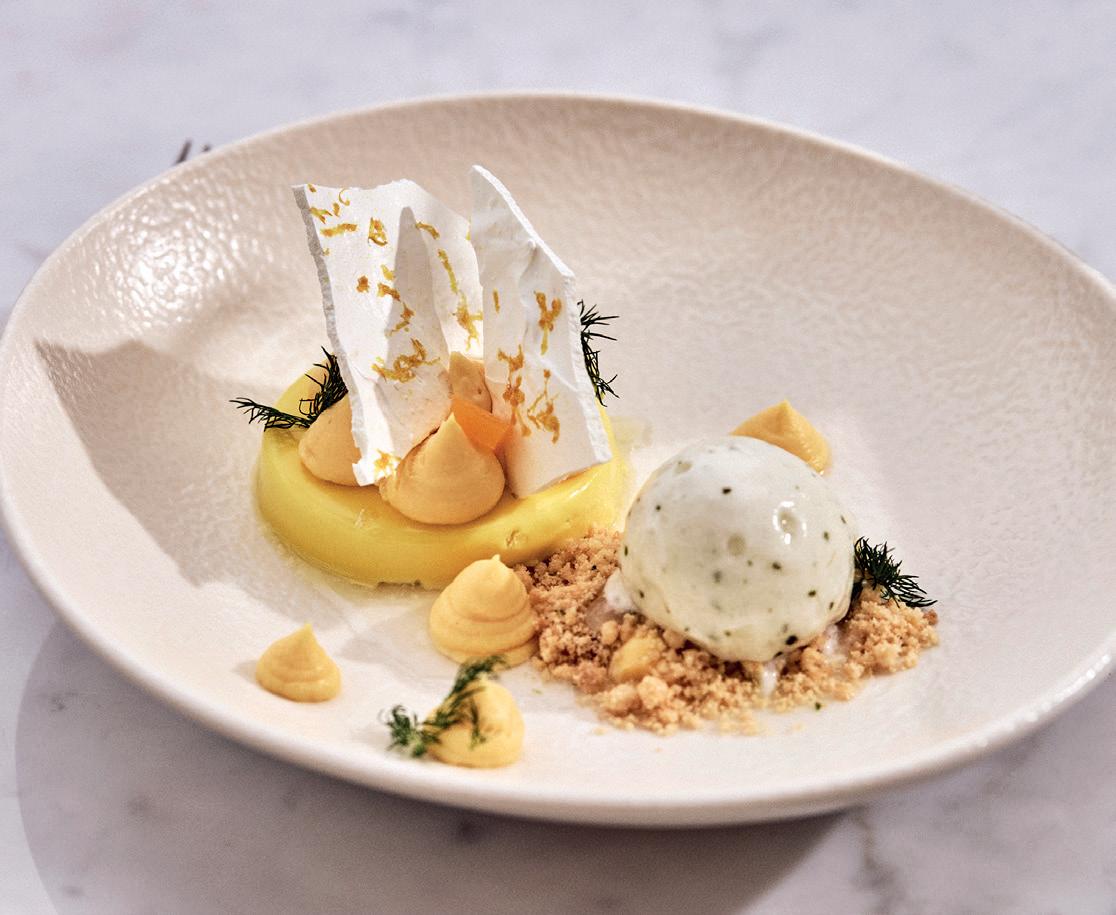
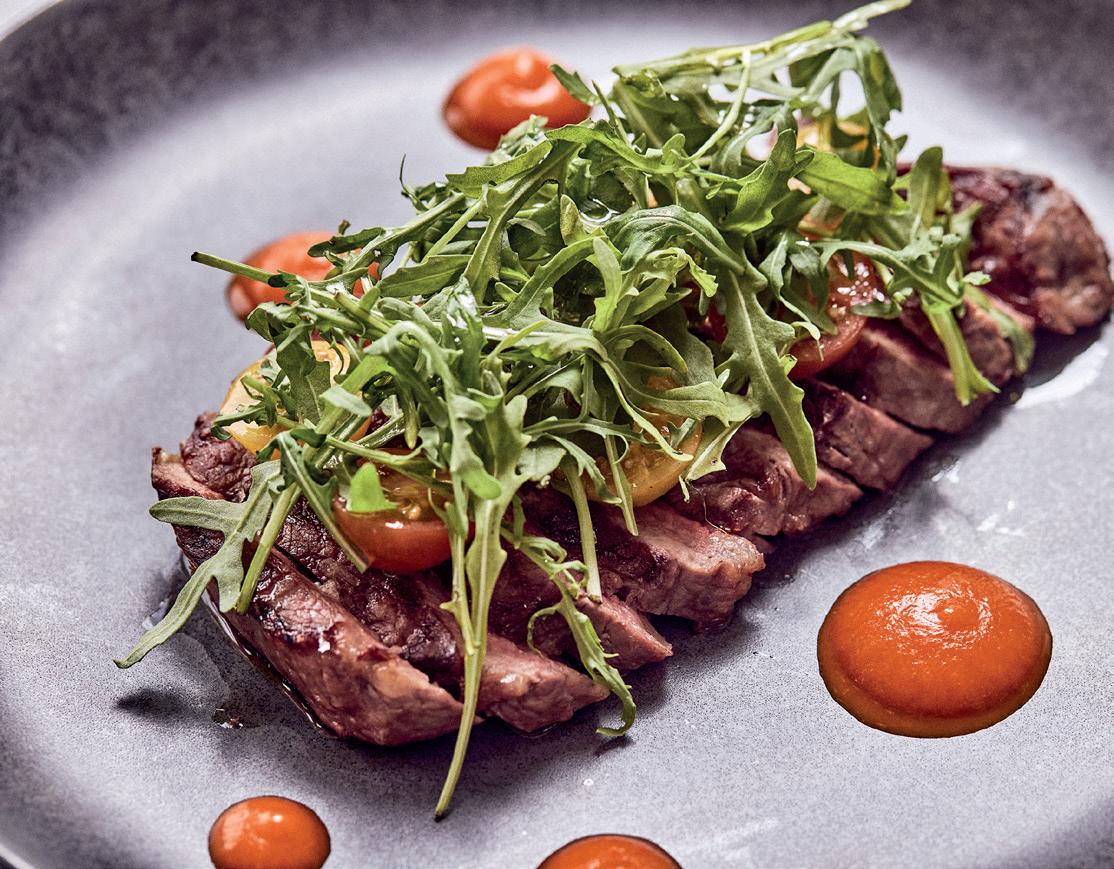
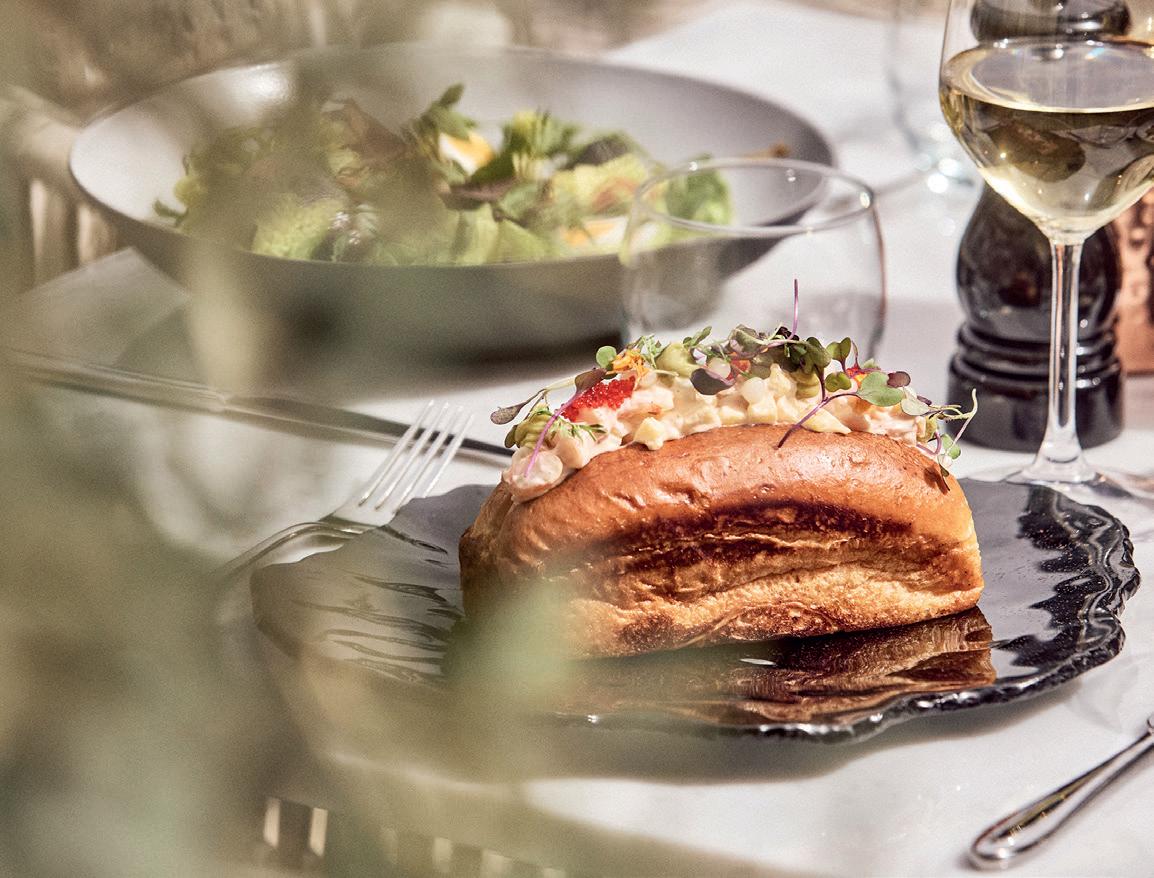
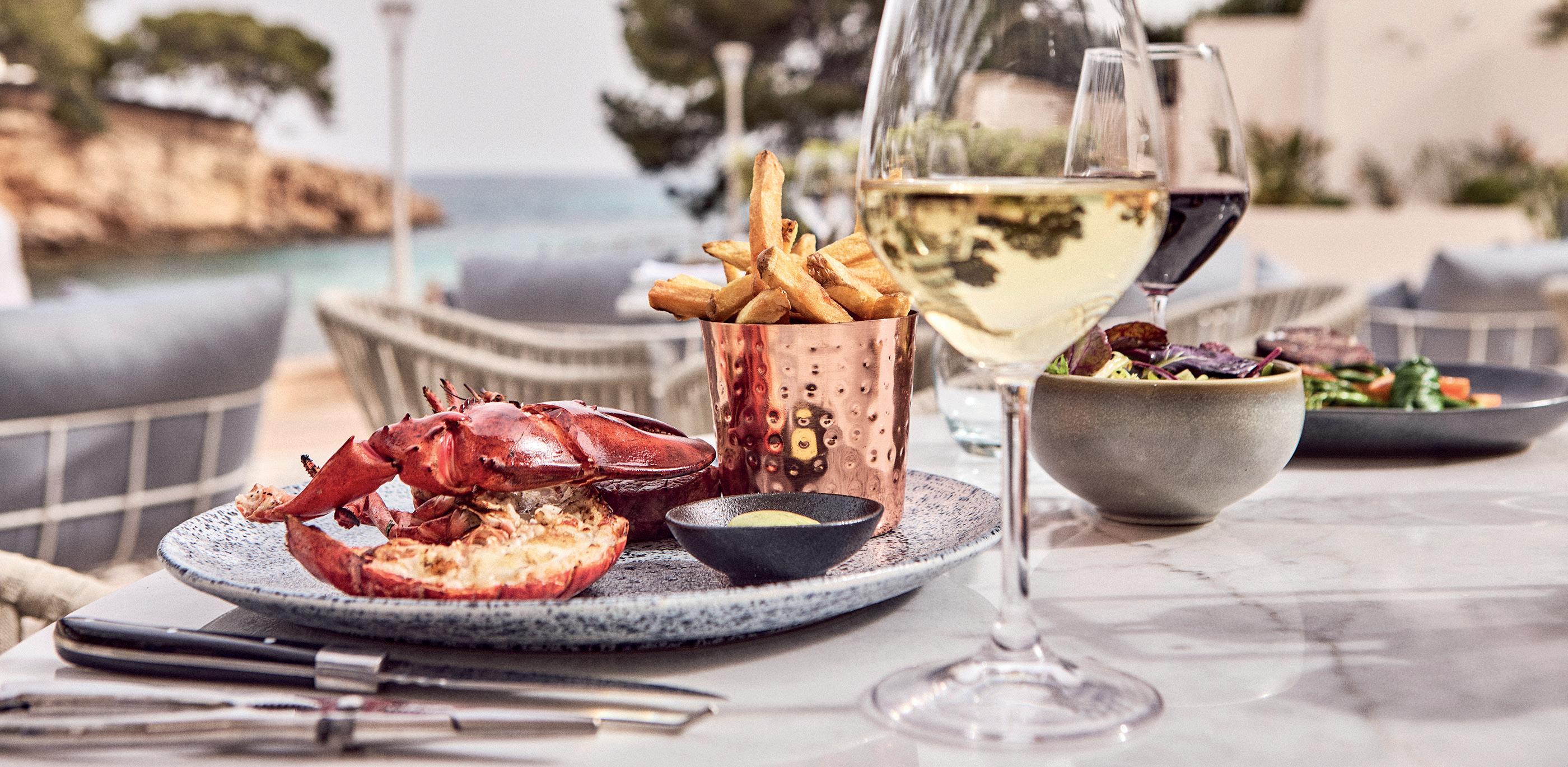
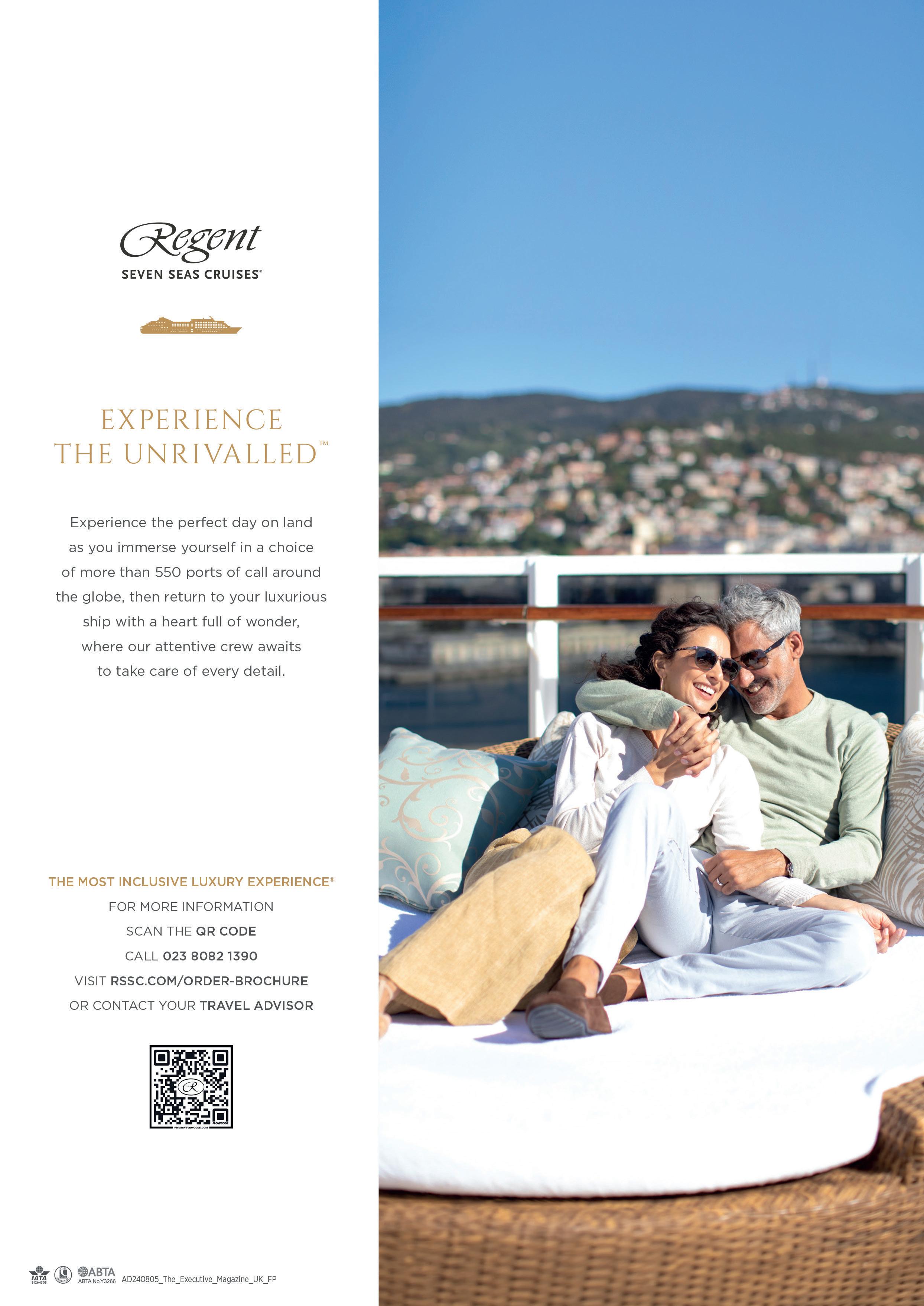
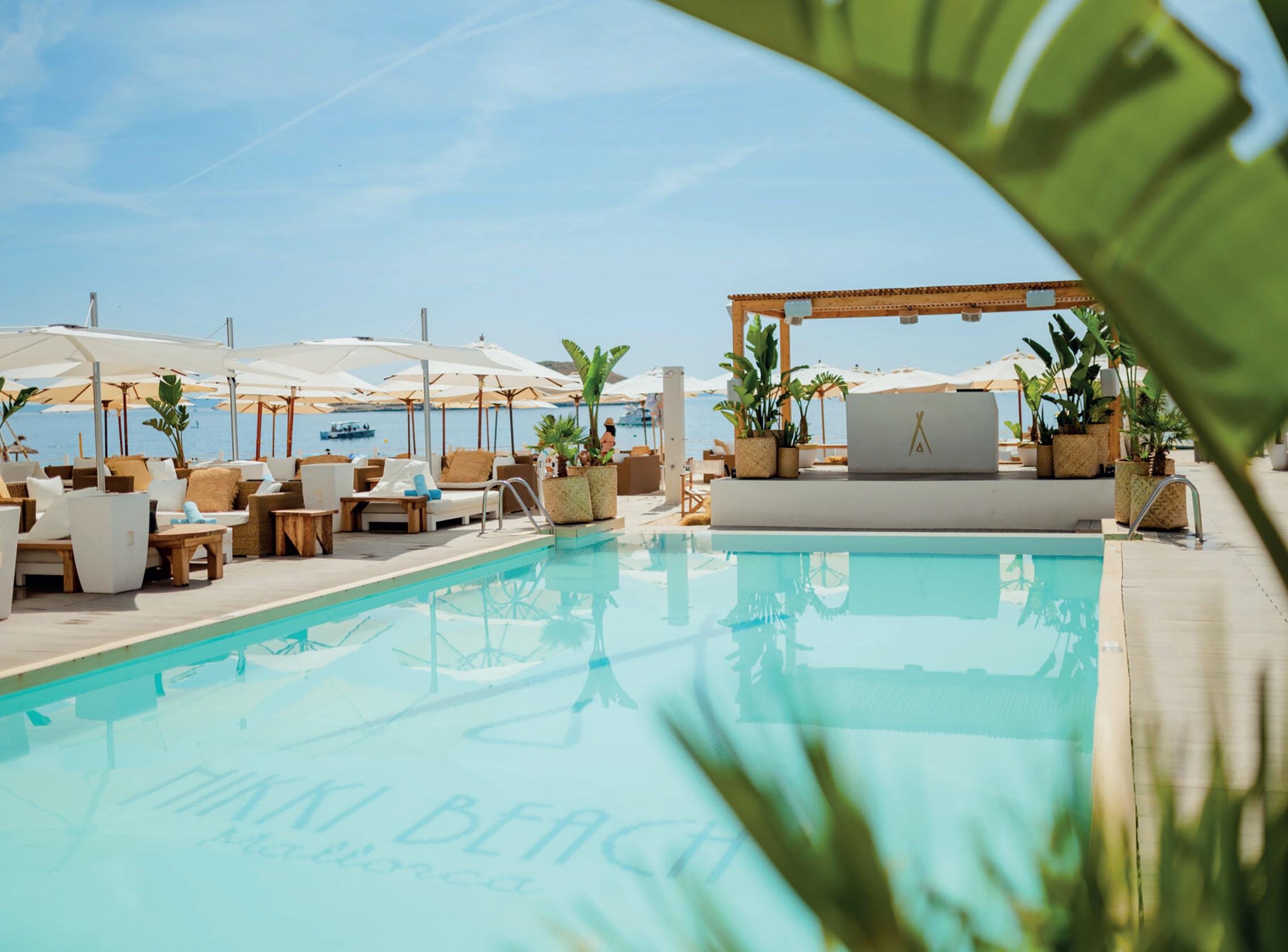
For those seeking a blend of refined elegance and laid-back luxury, Nikki Beach Mallorca stands as an unrivalled destination. Just a short drive from Palma, this Mediterranean gem offers an idyllic escape where world-class cuisine, stylish ambiance, and exceptional service converge
NNikki Beach Mallorca, an epitome of understated elegance, is situated just 20 minutes from central Palma. This serene venue provides a perfect blend of luxury and relaxation, set against the backdrop of one of the most picturesque locations in the Mediterranean.
Overlooking the Isla de sa Porrassa, Nikki Beach Mallorca offers a tranquil retreat where guests can indulge in exceptional cuisine and innovative cocktails. The venue features a large oceanfront complex that includes the brand’s signature beach club, pool, and a stylish lifestyle boutique. This destination caters to both locals and visitors seeking leisurely afternoons and unforgettable evenings by the sea.
The menu at Nikki Beach Mallorca is a celebration of diverse culinary traditions, reflecting the global reach of the Nikki Beach brand. Guests can savour an array of dishes, from seafood platters with local catches and sushi boats to healthful salads and coastal cuisine. The selection is ideally paired with Champagne, rosé wine, and cocktails, all complemented by stunning views. Notable dishes include the Sexy Salad, Nikki Beach’s Famous Chicken Satay, and
Unmatched Hospitality and Ambiance
Whether for a family gathering or a corporate event, Nikki Beach Mallorca’s enthusiastic team ensures exceptional service and a memorable experience. The establishment’s chic and modern décor, featuring signature all-white elements combined with bamboo and exotic wood, creates a sophisticated ambiance. Guests are welcomed by impeccably dressed hostesses and a team ready to deliver top-notch service.
Dining is offered on a refined wooden terrace, providing panoramic views of the idyllic beach and the sea. Positioned above the pool, this setting is ideal for people-watching and enjoying the vibrant atmosphere, with the DJ setting the tone from his booth overlooking the pool.
The extensive beverage menu at Nikki Beach Mallorca includes local Mallorcan wines and the renowned Nikki Beach Mojito. For a delightful dining experience, guests can pair their choice of cocktails with dishes such as Pan-Seared Sea Bass, complemented by broccolini, almonds, and Mallorca hibiscus salt. The culinary experience is further enhanced by the restaurant’s sophisticated offerings, which include international cuisines from Italian and Mexican to Asian and Caribbean.
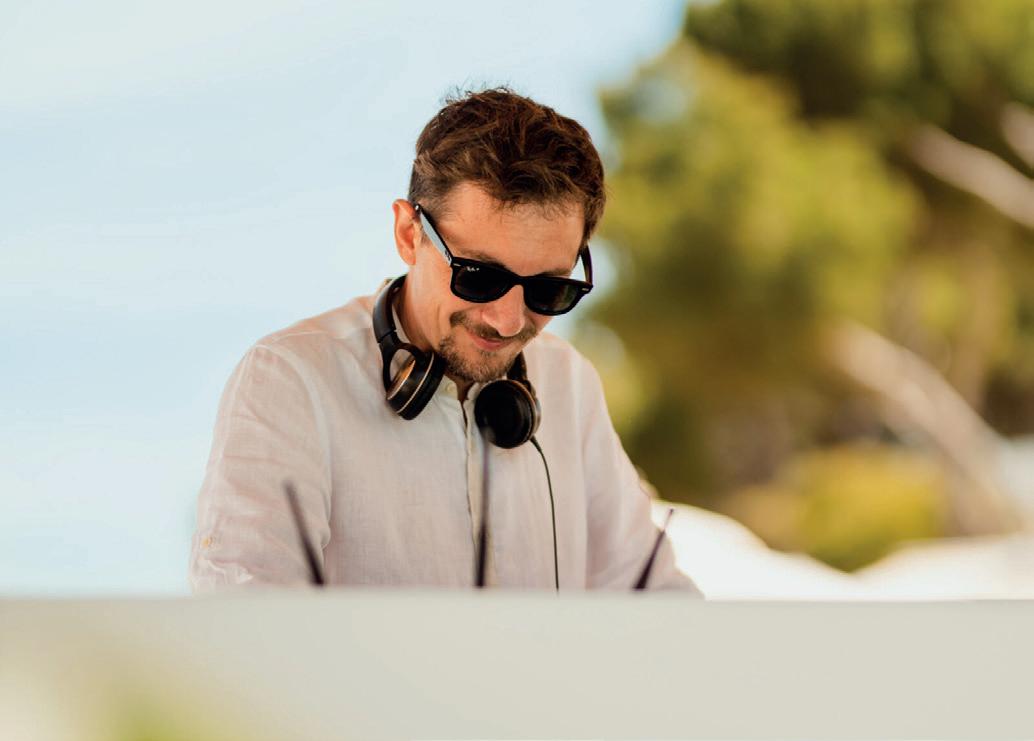


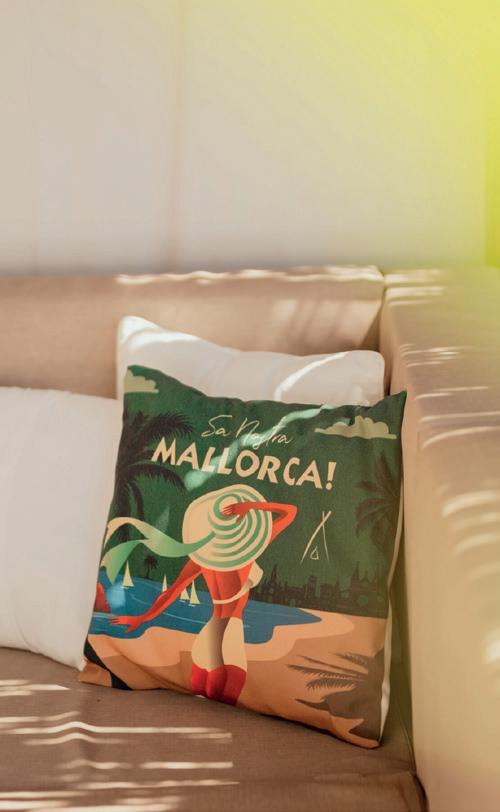
Nikki Beach Mallorca is synonymous with luxury beach clubs, renowned for its vibrant day parties and exquisite culinary offerings. The venue caters to a discerning clientele with a mix of relaxation and high-energy events. Guests can expect worldclass DJs, live entertainment, and a range of opulent amenities, including plush white sunbeds and poolside cabanas.
Additionally, Nikki Beach Mallorca features a beach-side area for beauty treatments and offers a complementary yacht pickup service. The exclusive Nikki Privé lounge, located upstairs, is designed for live entertainment and private gatherings. The venue’s season runs from late April to the end of September, culminating with the iconic Red Party.
Founded in 1998 by entrepreneur Jack Penrod, Nikki Beach introduced a new concept of luxury beach clubs that combine music, dining, entertainment, fashion, film, and art. Today, the brand’s global presence includes locations in Miami Beach, Saint Tropez, Saint Barth, Marbella, Marrakech, Koh Samui, Mallorca, Ibiza, Porto Heli, Monte Carlo, Dubai, Bodrum, and Versilia. Nikki Beach also operates a pop-up venue during the Cannes International Film Festival and has Hotels & Resorts in Koh Samui, Porto Heli, Bodrum, and Dubai.

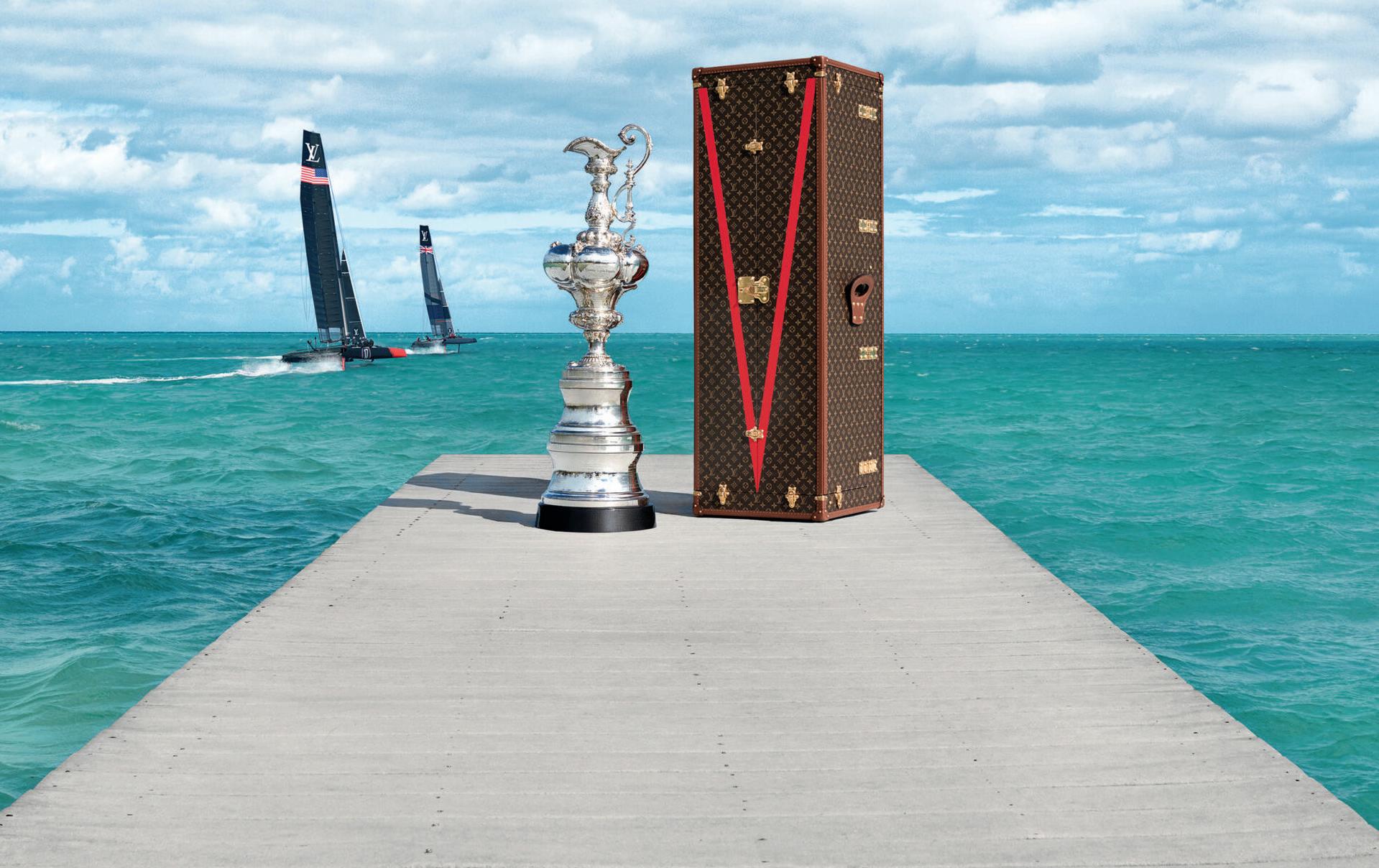
Barcelona will host the prestigious Louis Vuitton 37th America’s Cup from August to October 2024. This historic event promises intense competition amid the city's vibrant culture and scenic beauty. The Executive Magazine presents an essential guide to this extraordinary yachting spectacle where luxury, innovation, and competitive spirit converge
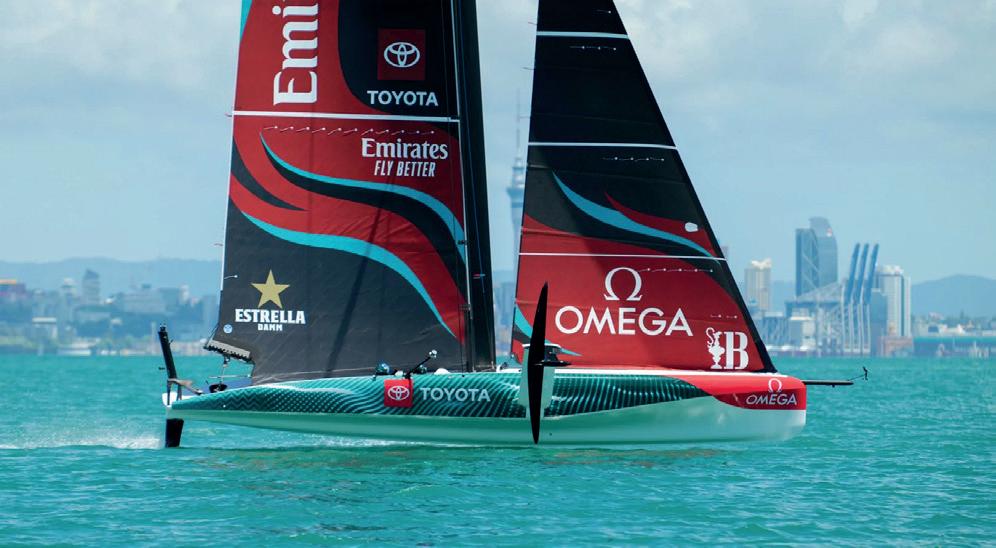
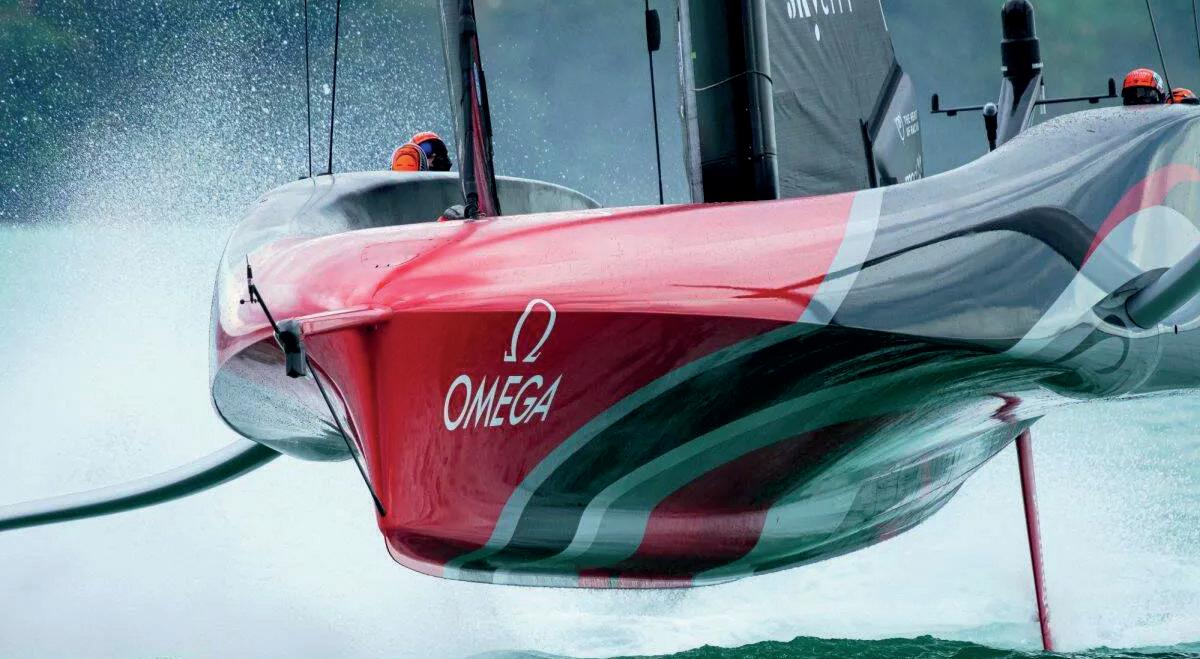
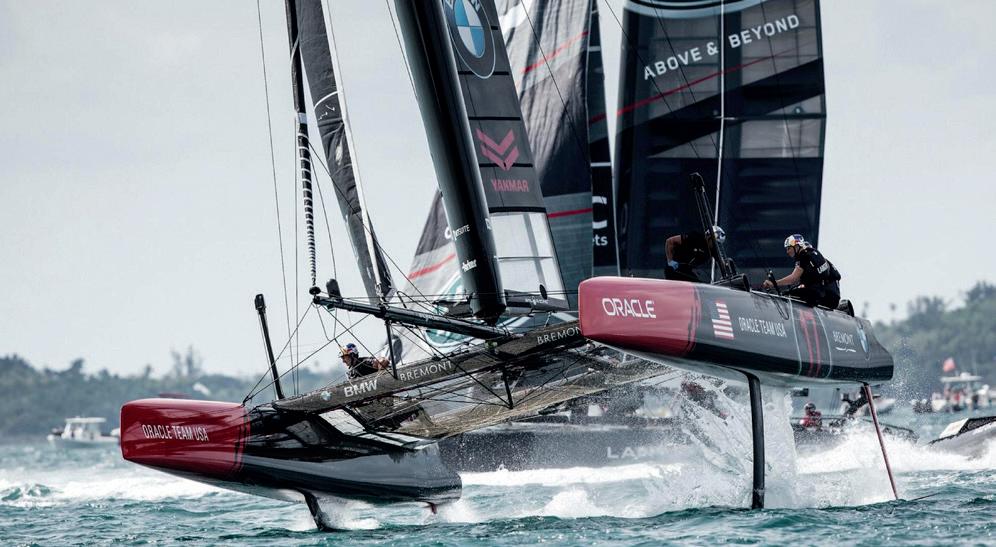
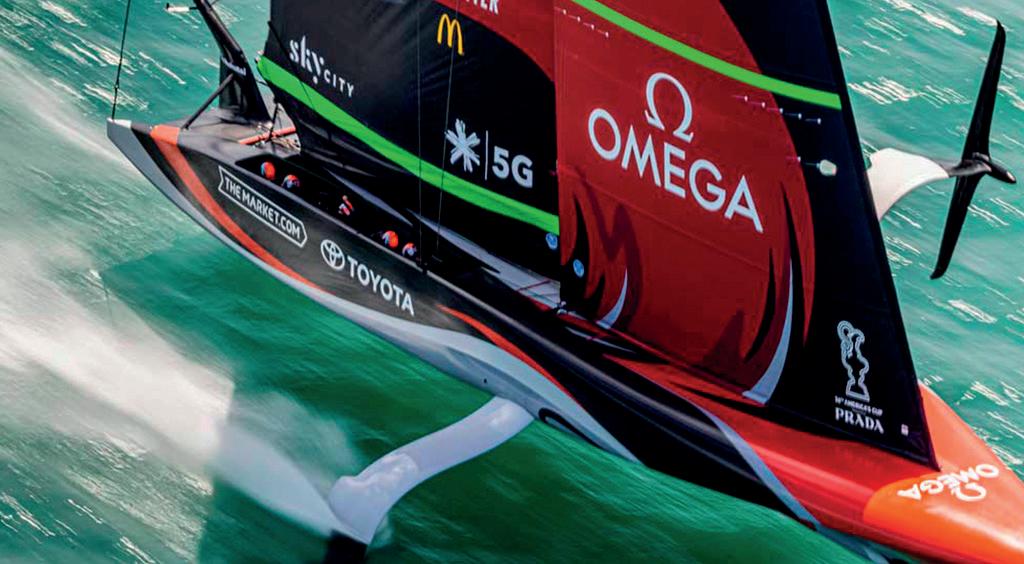
TThe Louis Vuitton 37th America’s Cup is set to unfold between August and October 2024 in Barcelona, a city renowned for its vibrant culture and historic charm. This edition promises to be one of the most intense in the event’s storied 174-year history. Here’s everything you need to know about this prestigious event.
The America’s Cup, inaugurated in 1851, stands as the oldest international sporting trophy. Named after the schooner ‘America,’ which triumphed in a race around the Isle of Wight, the competition has grown into a symbol of nautical excellence and innovation. Over the decades, the United States dominated the event until 1983 when ‘Australia II’ broke their winning streak. Since then, the trophy has seen new victors from Australia, New Zealand, and Switzerland, underscoring its global appeal.
Louis Vuitton’s Enduring Partnership
Louis Vuitton’s association with the America’s Cup began in 1983, bringing an element of luxury and prestige to the event. The Louis Vuitton Cup, awarded to the winner of the Challenger Selection Series, has become a coveted prize in its own right. Louis Vuitton’s continued support is exemplified through various regattas and the bespoke trophy trunk designed for the America’s Cup, reinforcing the brand’s commitment to this historic competition.
The Venue: Barcelona
Barcelona’s Port Vell and Port Olímpic will serve as the primary venues for the 2024 America’s Cup. The city’s picturesque waterfront, coupled with its rich maritime heritage, provides an ideal backdrop for the event. The Race Village, situated along Moll de la Fusta, will offer free access to spectators, enhancing the inclusivity and excitement of the event. Key team bases will be strategically located around the port, ensuring seamless operations and accessibility.
The 37th America’s Cup will commence with the Opening Ceremony on August 22, 2024. Preliminary Regattas will take place from August
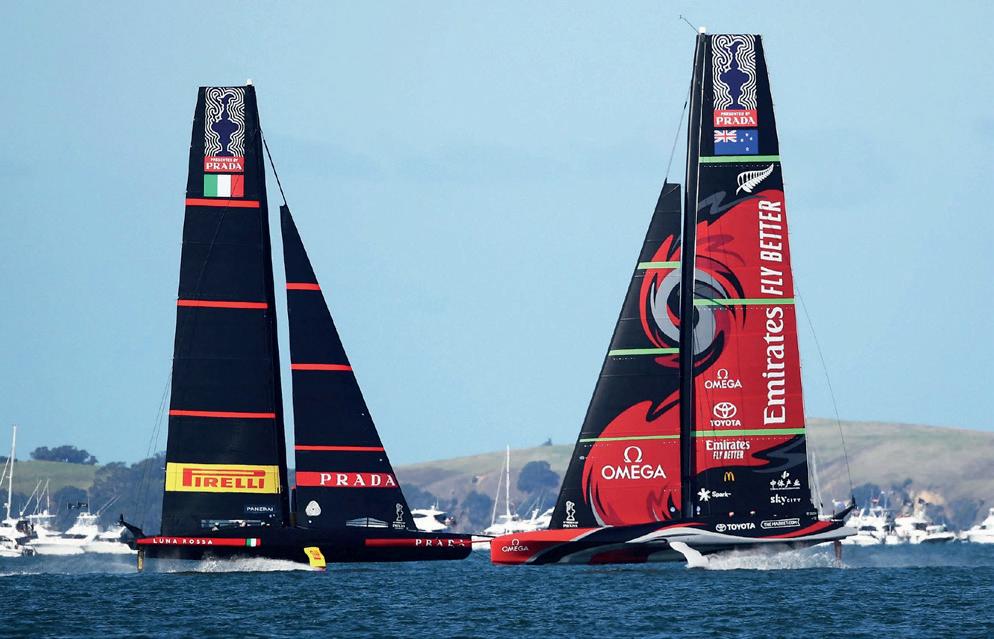
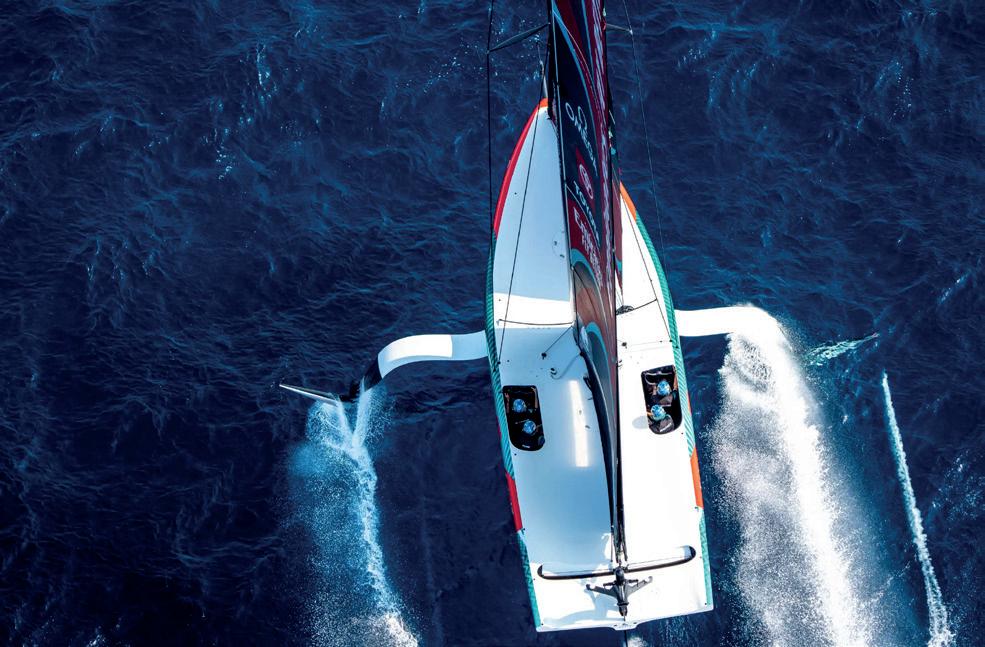
22 to 25, setting the stage for the Louis Vuitton Cup, which begins on August 29. The ultimate showdown, the Louis Vuitton America’s Cup Match, will start on October 12, 2024, where the Defender, Emirates Team New Zealand, will face off against the challenger.
Additional highlights include the UniCredit Youth America’s Cup from September 17 to 26 and the Puig Women’s America’s Cup from October 5 to 13. These events underscore the inclusivity and broad appeal of the America’s Cup, fostering the next generation of sailing talent and celebrating the contributions of women to the sport.
This edition of the America’s Cup will feature the state-of-the-art AC75 boats, known for their speed and technological advancements. Preliminary regattas and youth/women’s competitions will utilise the AC40 boats, ensuring a thrilling and competitive atmosphere. Teams will also employ the LEQ12 for training and development purposes, highlighting the continuous innovation within the sport.
In line with modern environmental consciousness, the 37th America’s Cup will introduce hydrogen-powered support boats. This initiative reflects a commitment to sustainability and reducing the event’s carbon footprint, aligning with global efforts to combat climate change.
The Race Village at Moll de la Fusta will provide a hub for spectators, featuring live broadcasts, interactive exhibits, and opportunities to meet the teams. This engagement strategy aims to bring fans closer to the action, enhancing the overall experience and fostering a deeper connection to the sport.
The Louis Vuitton 37th America’s Cup in 2024 is poised to be a landmark event in the world of sailing. With its rich history, cuttingedge technology, and commitment to inclusivity and sustainability, it promises to captivate audiences worldwide. As Barcelona prepares to host this prestigious competition, the stage is set for an unforgettable celebration of nautical excellence and innovation.
For business executives, the America’s Cup represents not only a pinnacle of sport but also a confluence of tradition, luxury, and forward-thinking, embodying the spirit of progress and competition that drives success in the modern world.
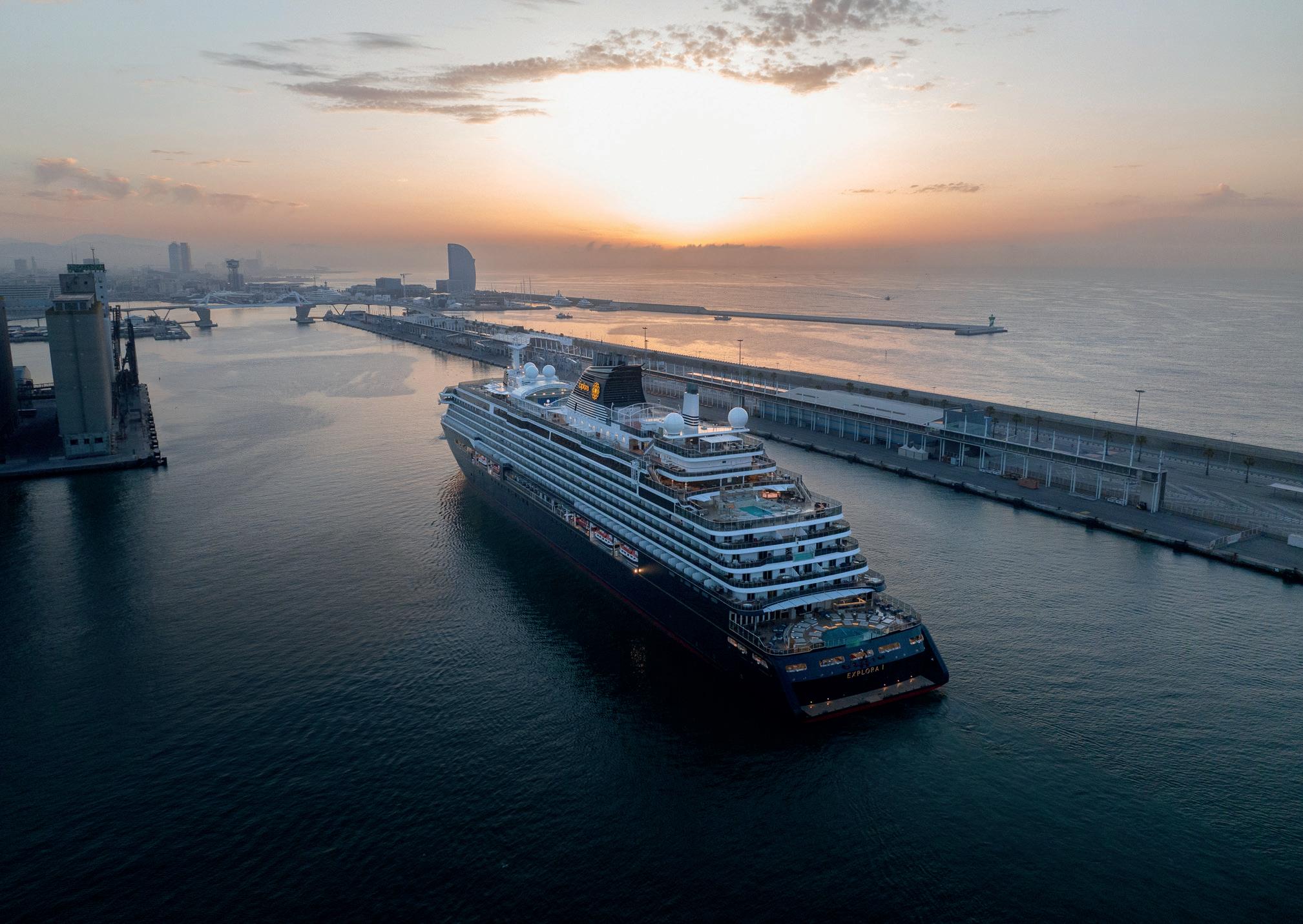
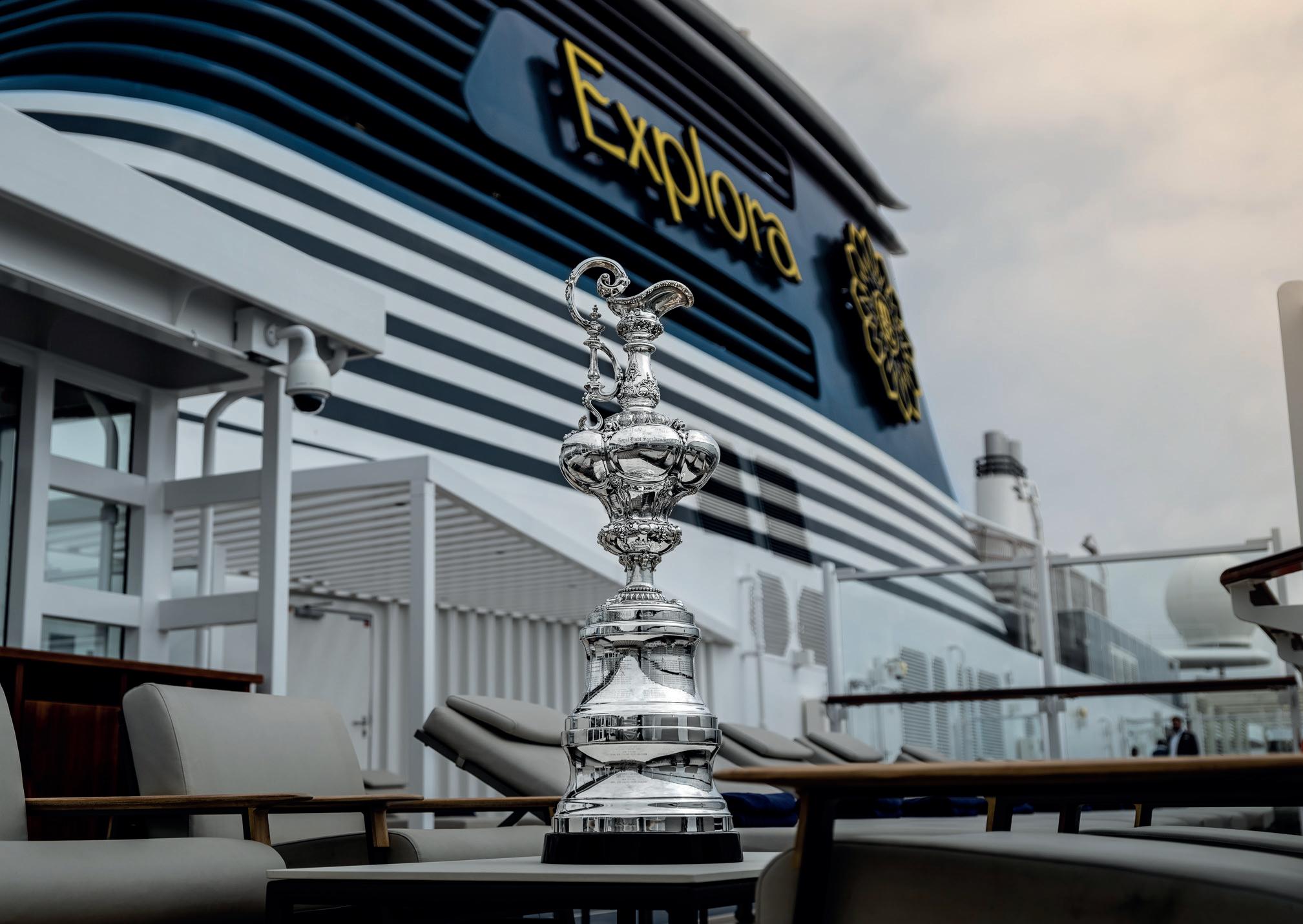
The Executive Magazine’s Nathan Taylor takes a first look of ‘The Ocean State of Mind’ – a mission created by Explora Journeys to redefine the luxury cruise offering, introducing a new kind of transformative ocean travel experience.
EExplora I had an extremely successful launch in June 2023, the concept drawn from a desire to redefine the ocean experience for a new generation of luxury traveller. A spin-off from the privately owned MSC Group, Explora Journeys is crown jewel of the Aponte family’s 300year history in maritime, and they have an impressive and ambitious roadmap through to 2028 to deliver several luxury ocean liners focused on connecting guests with the sea, with themselves, and like-minded travellers whilst offering unique itineraries that visit lesser travelled ports in renowned destinations to inspire a sense of discovery.
As I approached the port in Barcelona where I was scheduled to embark on Explora I, the royal blue livery gleams in the sun, at true standout in the harbour that seizes your attention as if there were no other ships present. After a very quick and painless trip through security and customs, I navigated my way to one of the ships embarkation points and took my first steps into the Ocean State of Mind.
Very soon I found myself in a huge atrium at the centre of the ship, with beautiful furniture, fixtures and fittings polished steel, and a very cool bar at the centre with a decorated feature wall that rises several stories high – the attention to detail is impeccable and smooth, relaxing piano music fills the air.
My visit in Barcelona coincided with a very special event, so this space was a little busier than one would usually expect, but for a very exciting reason. Explora Journeys were hosting a launch event for their partnership with the Louis Vuitton 37th America’s Cup, also held in Barcelona this year, and there was a palpable energy in the air. The America’s Cup is the oldest international competition in any sport, founded in 1851, and there is an incredible history behind this sailing competition, and a passionate leadership, teams and fanbase to reflect.
As the press event began, its easy to see why this partnership has caught the attention of the sailing world. The world has seen sports partnerships launched previously with little coordination and seemingly little interest from either side – almost as if a begrudging sponsorship was formed out of obligation. That is not the case here, it could not be further opposite and it is refreshing to see. Pierfrancesco Vago, Chairman of MSC Group,
and Grant Dalton, CEO of the America’s Cup and Emirates Team New Zealand, sit alongside each other on a cosy sofa whilst being interviewed by the event host and you may think that these two have been best friends for decades. Their enthusiasm for the partnership, the respect for each other’s brands and missions and the genuine friendship that comes across as they laugh and joke through their answers gives a very encouraging reassurance. There is something special going on here, and although this is a fairly new partnership, the commitment and ambition is very exciting to hear about.
After a brief interview, I and other members of the press were surprised with another special announcement – Explora Journeys have also now partnered with Emirates Team New Zealand. What both Pierfrancesco and Grant hail as a landmark partnership highlights both parties shared values, namely teamwork, a passion for the sea, luxury travel and delivering an amazing, innovative and highly competitive spectacle that is the 37th America’s Cup.
The press conference wrapped up and I was able to get up close and personal with the almost 200-year old trophy, hear some more about the history of the competition and very quickly became hooked. This type of sailing event has never been in the forefront of my mind but being quite into motorsport and in particular Formula One, there are clear parallels and having been on the ground (metaphorically speaking of course) I can really see this event morphing into what we see from the F1 world in terms of fanbase, partnerships and exciting nail-biting events.
Next came the tour of the ship, where I was shown the pristine oceanfront suites, penthouses and residences all with sweeping ocean views and private terraces – designed to be a ‘Home at Sea’ for guests. The rooms are complemented by the ship’s facilities, with extensive outdoor decks, four swimming pools, state of the art indoor and outdoor gyms, a breathtaking spa and huge open spaces where it could be easy to forget you are even at sea. There are 6 restaurants onboard with a vast array of cuisines to suit everyone’s taste, and partnered with the twelve bards and lounges, Chef’s Kitchen, and in-cabin dining, food and drink is well taken care of.
Explora I has 461 suites, not a huge amount considering the amenities available to guests, it is clear to see that Explora Journeys do not compromise on their mission to provide guests with that immersive ocean experience and unmatched hospitality. I am excited to see their work in the 37th Louis Vuitton America’s Cup, the Emirates New Zealand Team, their new ship launches over the next few years and continued endeavour to curate ‘The Ocean State of Mind’
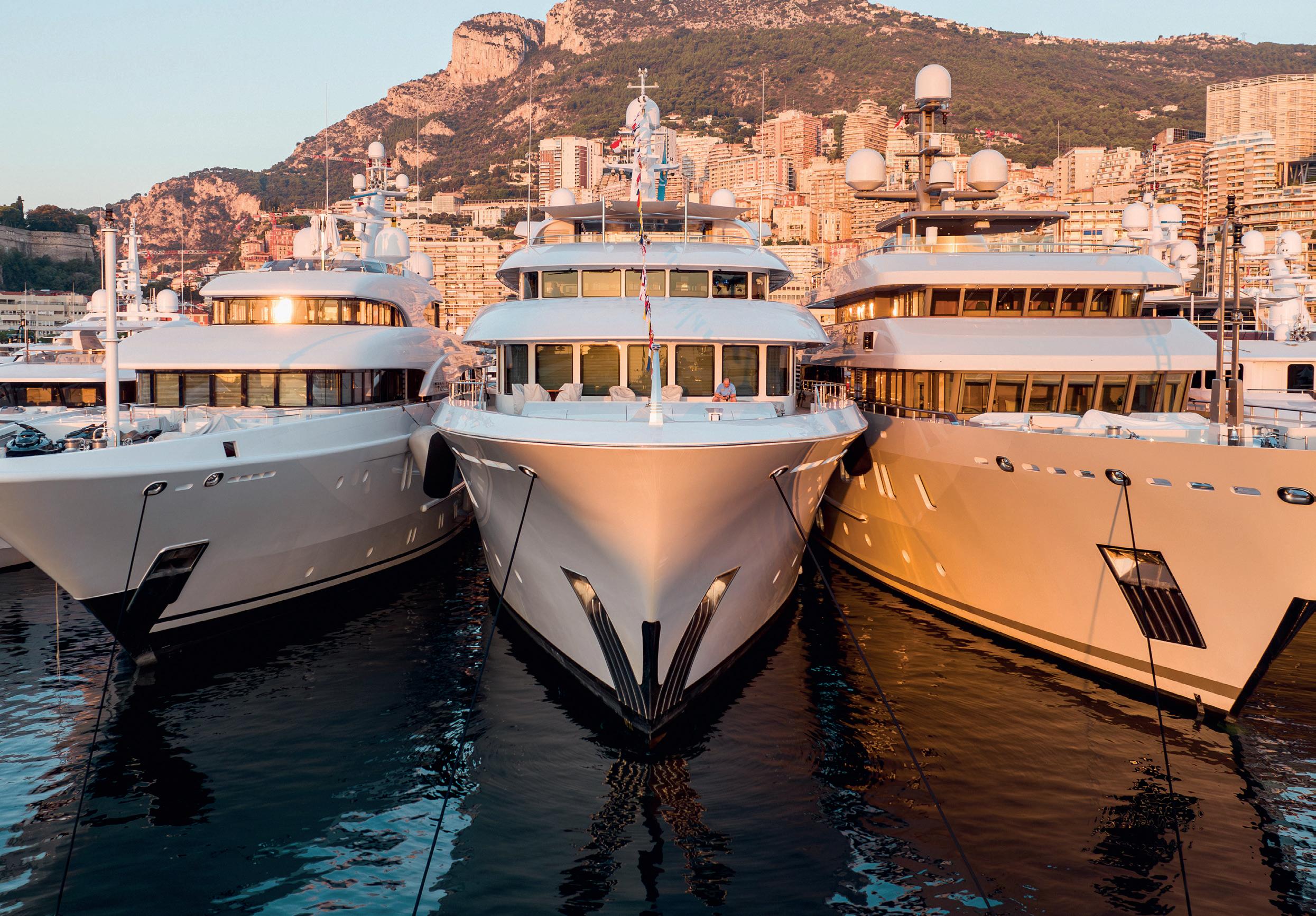
Wednesday, September 25 10:00 – 18:30 (Invitation Only)
Thursday, September 26 10:00 – 18:30
Friday, September 27 10:00 – 18:30
Saturday, September 28 10:00 – 18:00
The Monaco Yacht Show is the pinnacle of luxury yachting events, drawing 30,000 elite attendees to explore over 125 remarkable superyachts. As the premier partner, YPI offers exclusive insights and unparalleled access, making this a must-attend occasion for those immersed in the world of high-end yachting
SSince its inception in 1991, the Monaco Yacht Show has firmly established itself as the premier event in the luxury yachting sector. This prestigious annual gathering attracts over 30,000 distinguished visitors, including yacht owners, connoisseurs, industry leaders, and prospective buyers. The show presents an exclusive selection of over 125 of the world’s most exceptional superyachts, many of which make their global debuts here.
Often referred to as the “Oscars of the Yachting World,” the Monaco Yacht Show continues to set the standard for luxury and opulence in yachting. The 2024 edition of the event is scheduled from September 25th to September 28th at Port Hercule in Monaco.
YPI at the Monaco Yacht Show
Yachting Partners International (YPI) remains a leading name in luxury yachting services, offering a comprehensive range of solutions including yacht sales, chartering, management, and new construction consulting. With extensive experience and a global network, YPI provides tailored, professional services designed to meet the diverse needs of their clients.
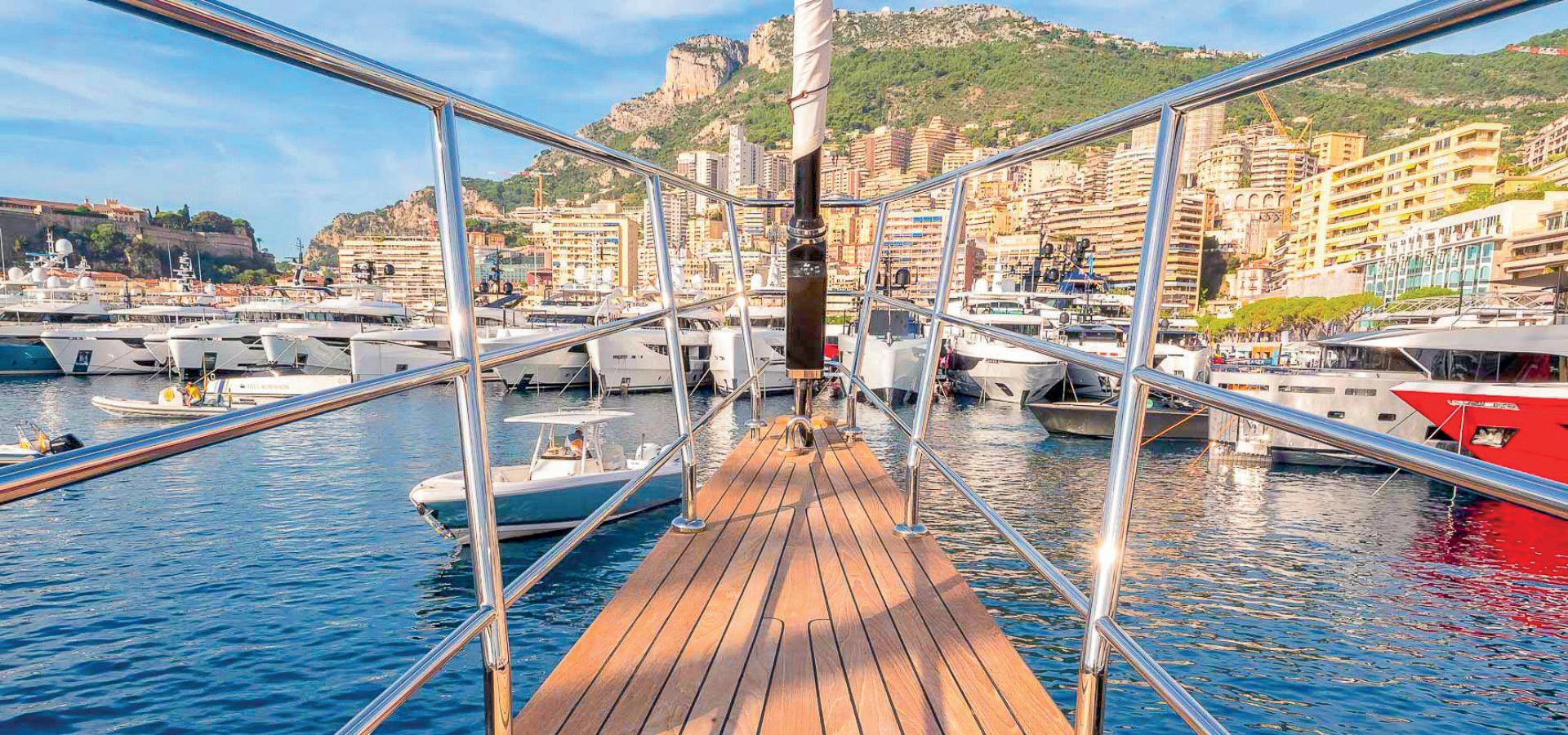
Beyond the superyachts, the Monaco Yacht Show features a wide range of exhibitions from over 580 elite luxury brands. This segment includes the latest in marine technology, yacht design innovations, high-end fashion, and other luxury goods tailored to the sophisticated yachting lifestyle.
The Monaco Yacht Show’s centrepiece is undoubtedly the impressive array of superyachts on display. Attendees have the unique opportunity to explore a diverse collection of motor and sailing yachts, many of which are available for sale or charter. This is an exclusive chance to experience their luxurious interiors and advanced features first-hand.
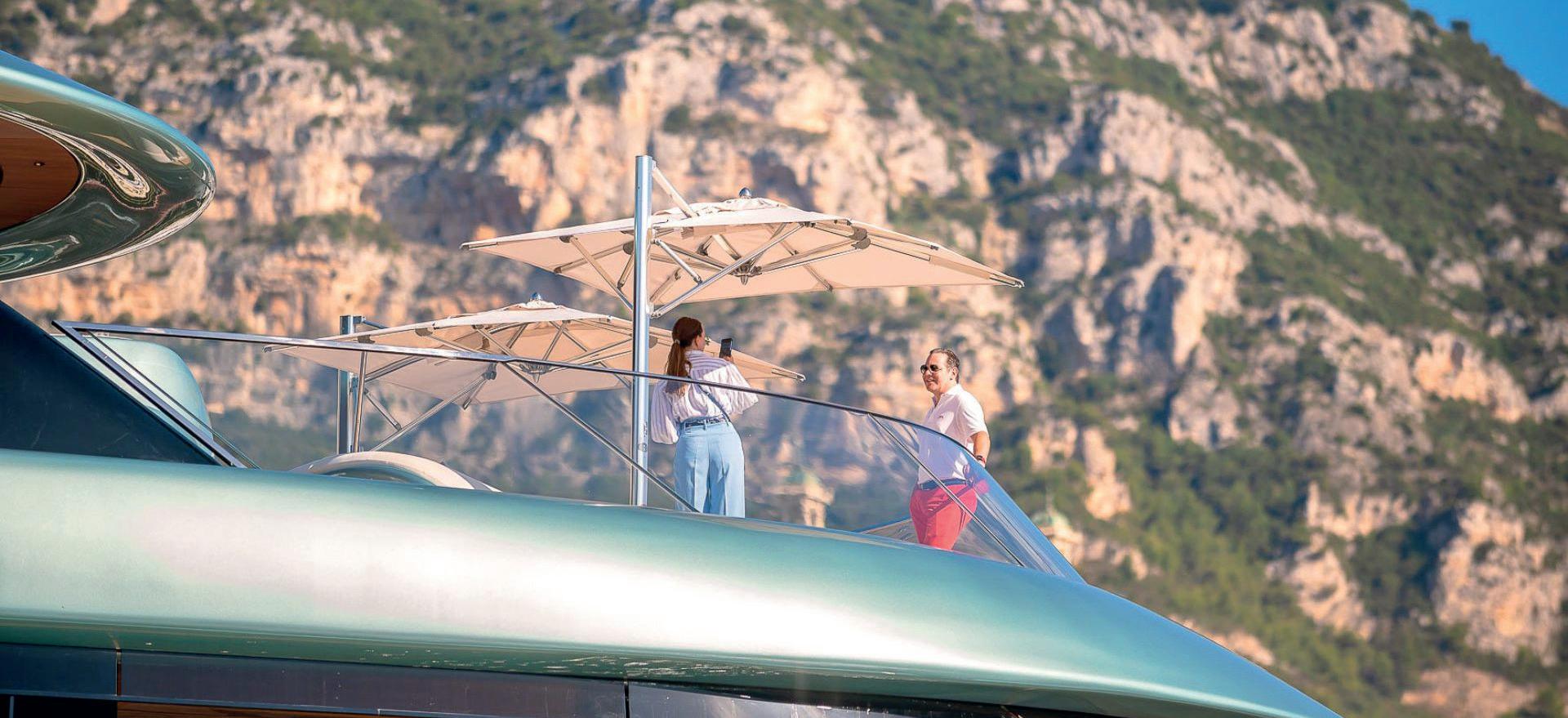
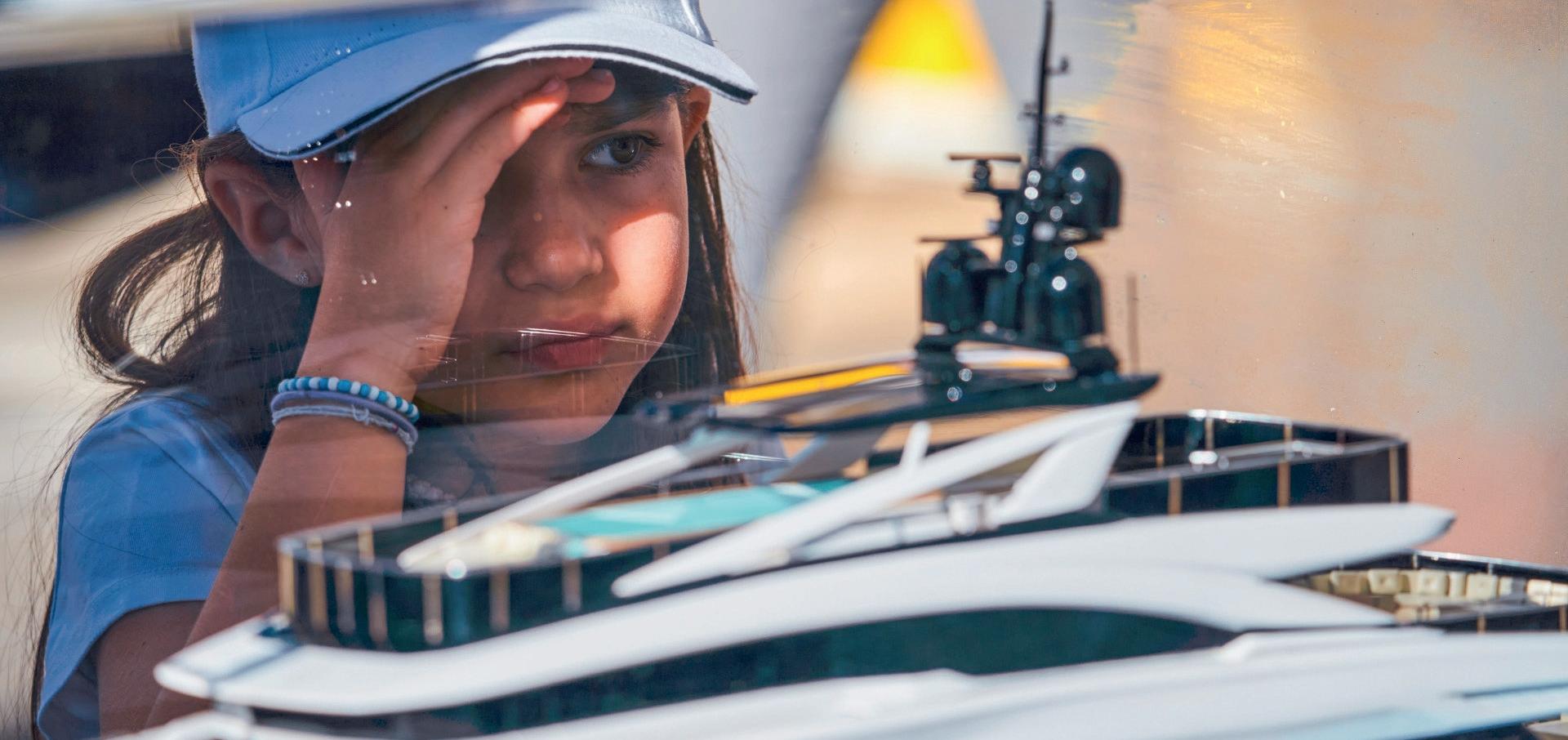
For enthusiasts of high-end automobiles, tenders, and water toys, the Adventure Area is a highlight. This section showcases a variety of exciting products including high-speed jet skis, luxury cars, submarines, and cuttingedge water toys, reflecting the adventurous spirit of the yachting community.
The Sapphire Experience: Elevating Your Visit
For those seeking an enhanced experience, the Sapphire Experience offers a premier VIP journey. This exclusive package includes priority access to yacht viewings, bespoke show itineraries, and personalised concierge services, ensuring a truly exceptional visit to the Monaco Yacht Show.
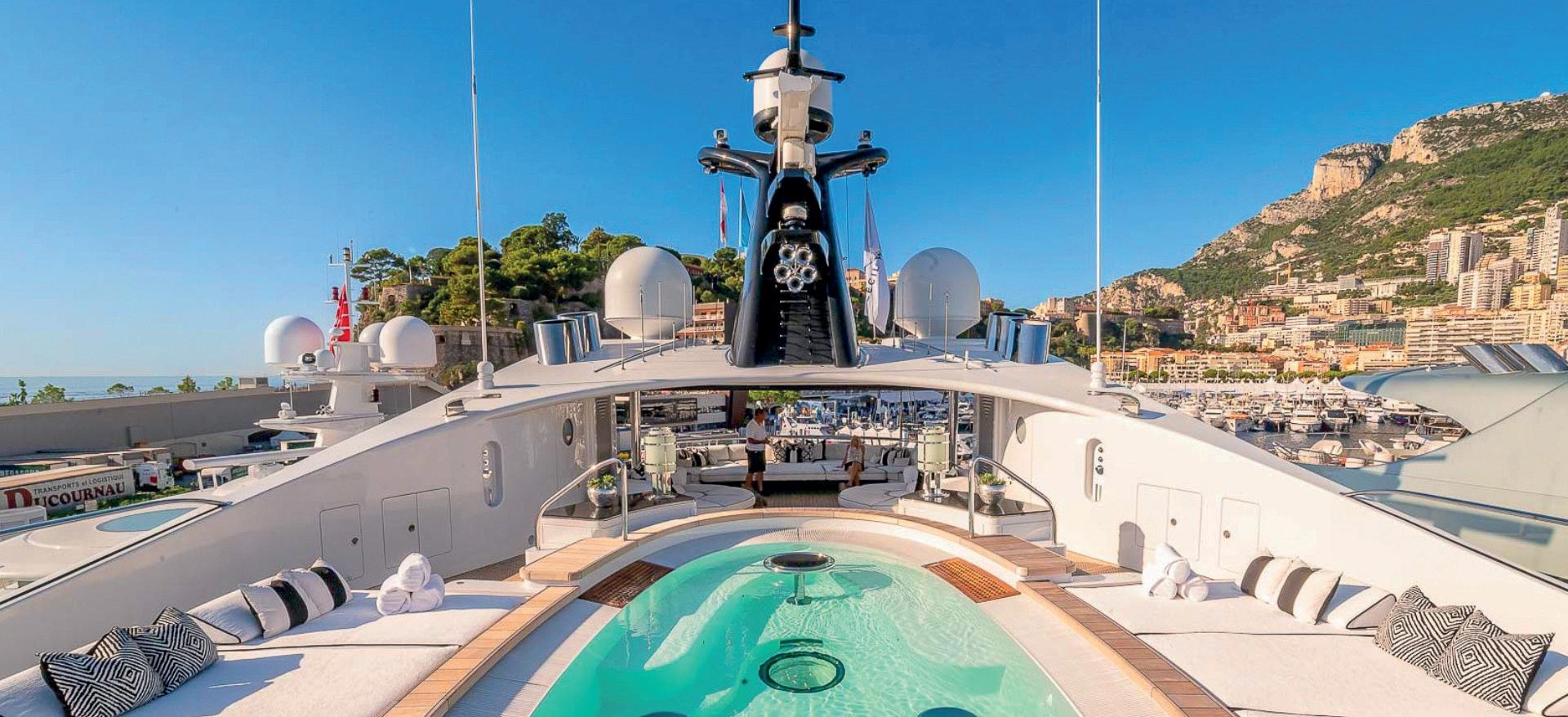
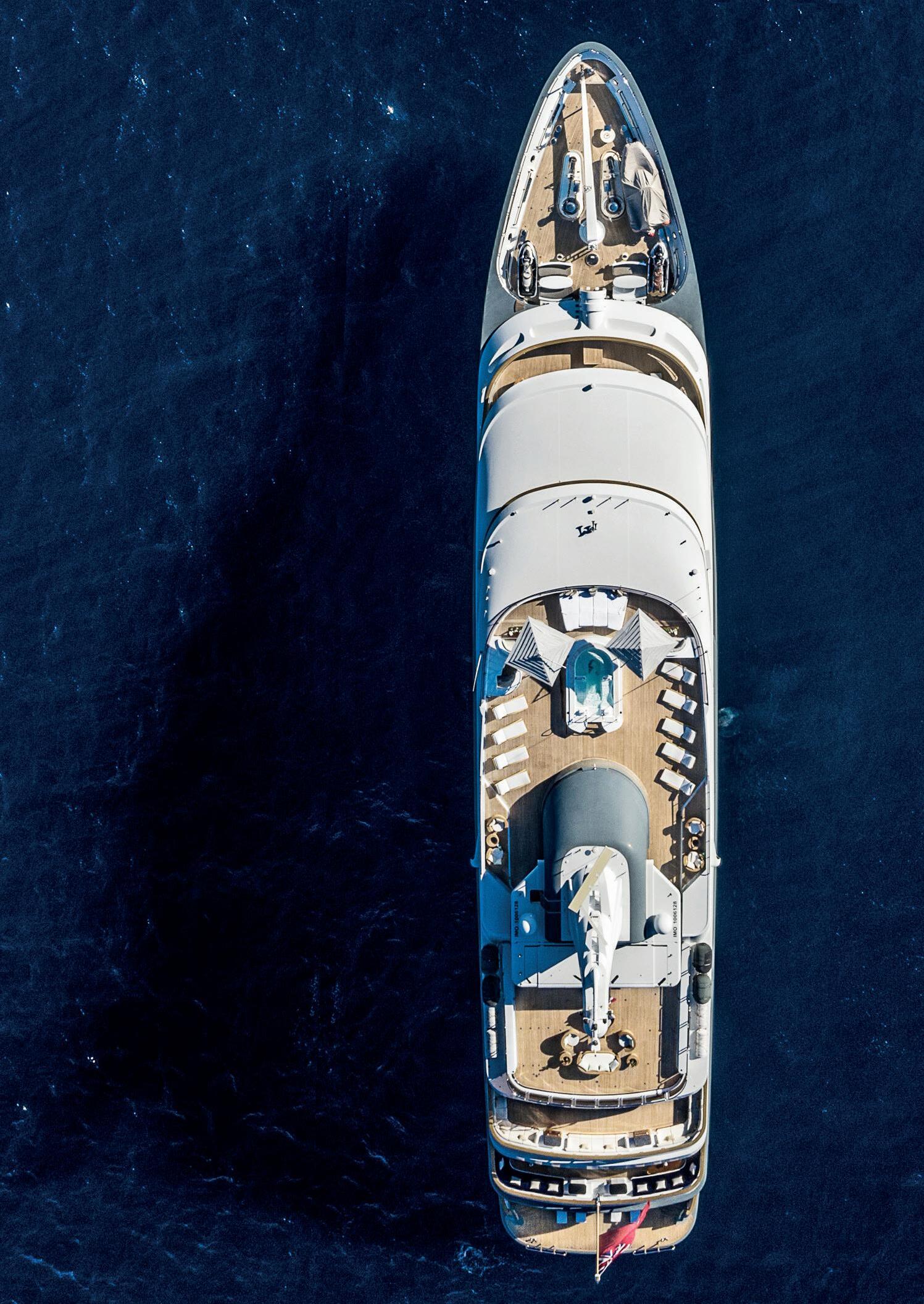
Effective planning is crucial for making the most of the Monaco Yacht Show. Review the exhibitor and yacht lists on the MYS website to identify key areas of interest. Scheduling private viewings and consultations in advance will help maximise your time and ensure a thorough exploration of the show.
The Monaco Yacht Show is also an important networking platform, featuring a range of events such as cocktail receptions, gala dinners, and industry seminars. These occasions provide valuable opportunities to connect with yacht owners, industry professionals, and fellow enthusiasts. Be sure to consult the event schedule and secure your invitations ahead of time.
While attending the show, consider exploring the cultural and historical offerings of Monaco. Highlights include the Prince’s Palace, the exotic gardens, and the renowned Monte Carlo Casino. Monaco’s unique blend of culture, history, and luxury provides a fitting complement to the worldclass experience of the Monaco Yacht Show.
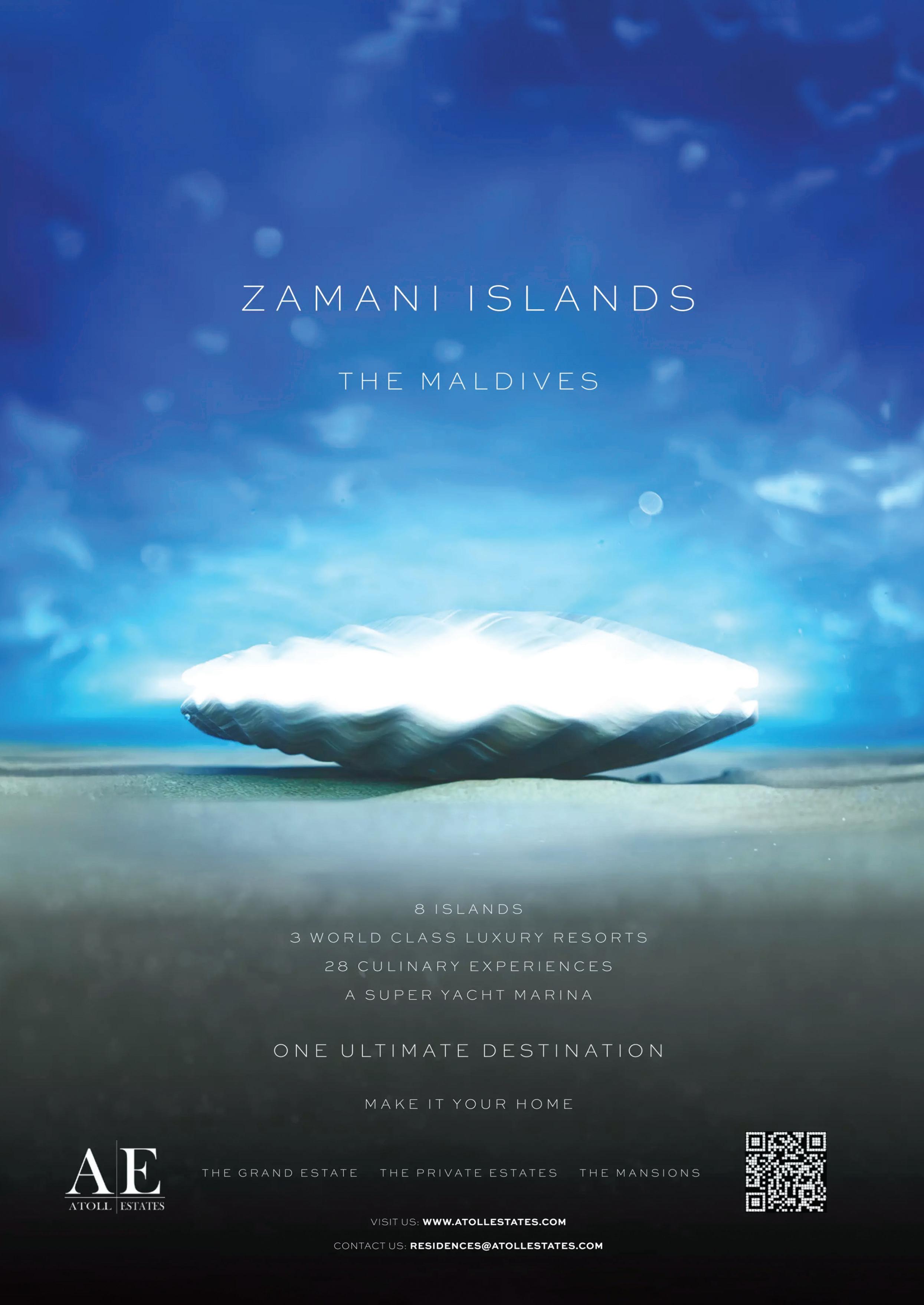

Soho House is ushering in a new era of elite social spaces with an ambitious global expansion plan that touches iconic cities from Tokyo to Charleston. As it prepares to unveil a series of stunning new locations, each offering a unique blend of local culture and Soho House’s signature style, the brand continues to redefine what it means to be a part of a distinguished global community
SSoho House is poised to redefine luxury hospitality with a bold new expansion plan, introducing exclusive members' clubs in some of the world's most vibrant cities. From Tokyo's Aoyama district to Charleston's historic French Quarter, these new locations are meticulously designed to blend local culture with the distinctive Soho House aesthetic.
Each new House promises an unparalleled experience, featuring elegant interiors, curated event spaces, and top-tier amenities tailored to the unique character of each city.
With a legacy of over 40 locations worldwide, Soho House continues its mission to create spaces where members can connect, relax, and thrive. This latest expansion not only broadens the geographical footprint but also deepens the brand's commitment to fostering a global community. As these new Houses prepare to open their doors, they are set to become the go-to destinations for discerning individuals seeking a blend of luxury, culture, and community.
The Executive Magazine takes a look at the best new properties coming soon from Soho House, offering a glimpse into the future of elite social spaces. Each upcoming location exemplifies the brand's dedication to creating extraordinary environments where members can enjoy a seamless blend of local flavour and Soho House's renowned style.

Set in the Aoyama district, near Omotesando, Soho House Tokyo marks the fourth venture in Asia. This latest establishment, located amidst a district celebrated for its independent boutiques, vibrant fashion scene, and art galleries, will span four floors. It will feature a rooftop pool and terrace, 42 bedrooms, and versatile event spaces. The interiors will marry the elegance of Japanese minimalist design with the inviting warmth characteristic of Soho House.
In the heart of Milan, between Piazza San Babila and Corso Indipendenza, Soho House will transform a 1930s cinema building into a sixfloor club. This location, formerly Cinema Arti and later an Olympic boxing gym, will feature over 50 bedrooms, a gym, a rooftop terrace with a pool, a courtyard, and ample club space for members to dine and socialise.

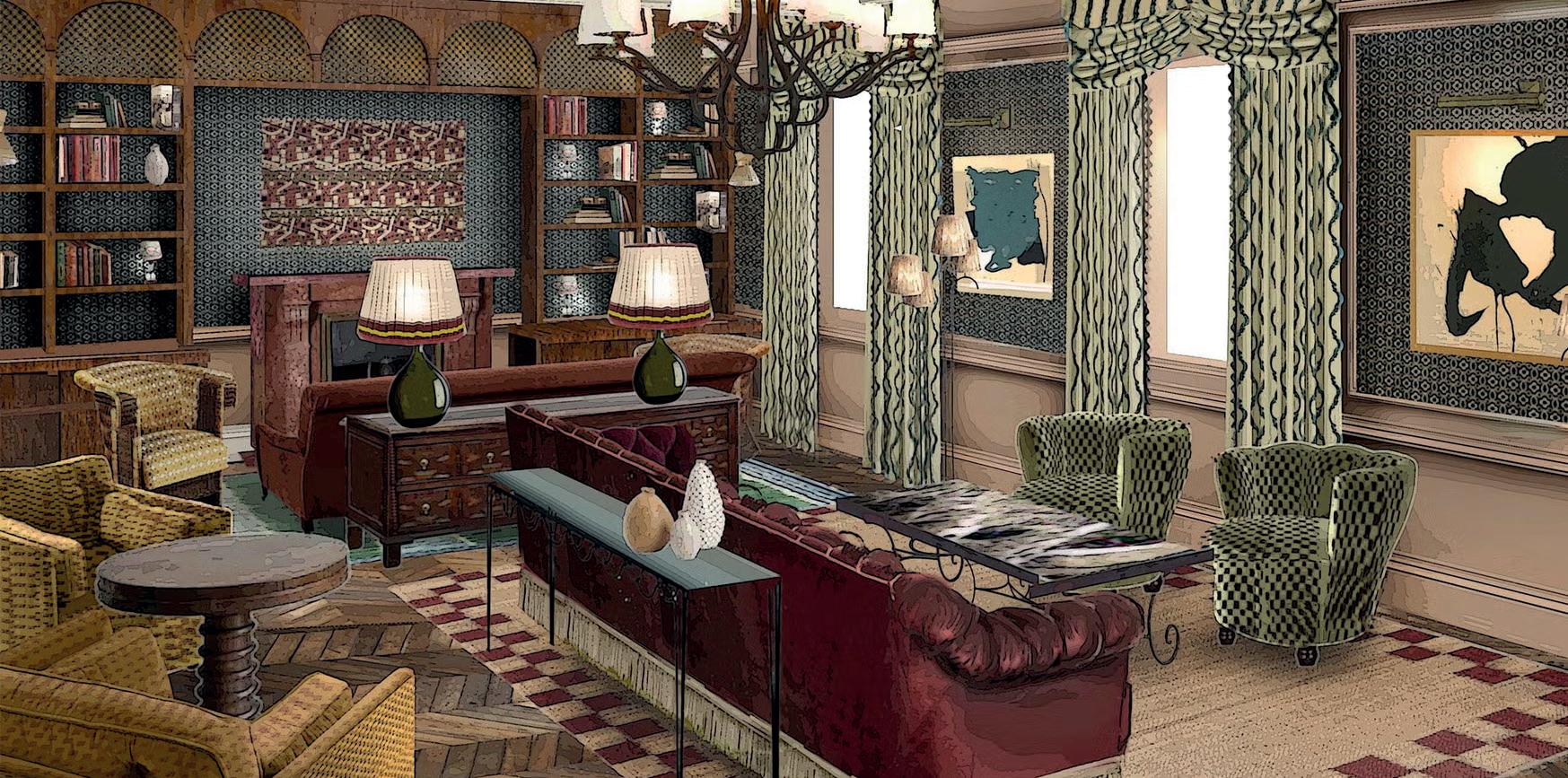
Madrid’s Chueca neighbourhood will soon host Soho House Madrid. This location will ingeniously combine two historic buildings through a central courtyard into a seven-floor space, complete with a rooftop pool and gym. The design will harmonise traditional Madrilenian architecture with modern elements, reviving local arts and crafts within the club’s spaces.
Scheduled to open in 2025 on Avinguda Tibidabo, the Barcelona Pool House will be the city’s third Soho House. This location will feature a gym, treatment rooms, an 18m outdoor pool, a garden, and two floors of club space. A bar and a unique revolving restaurant concept will enhance the club’s offerings.
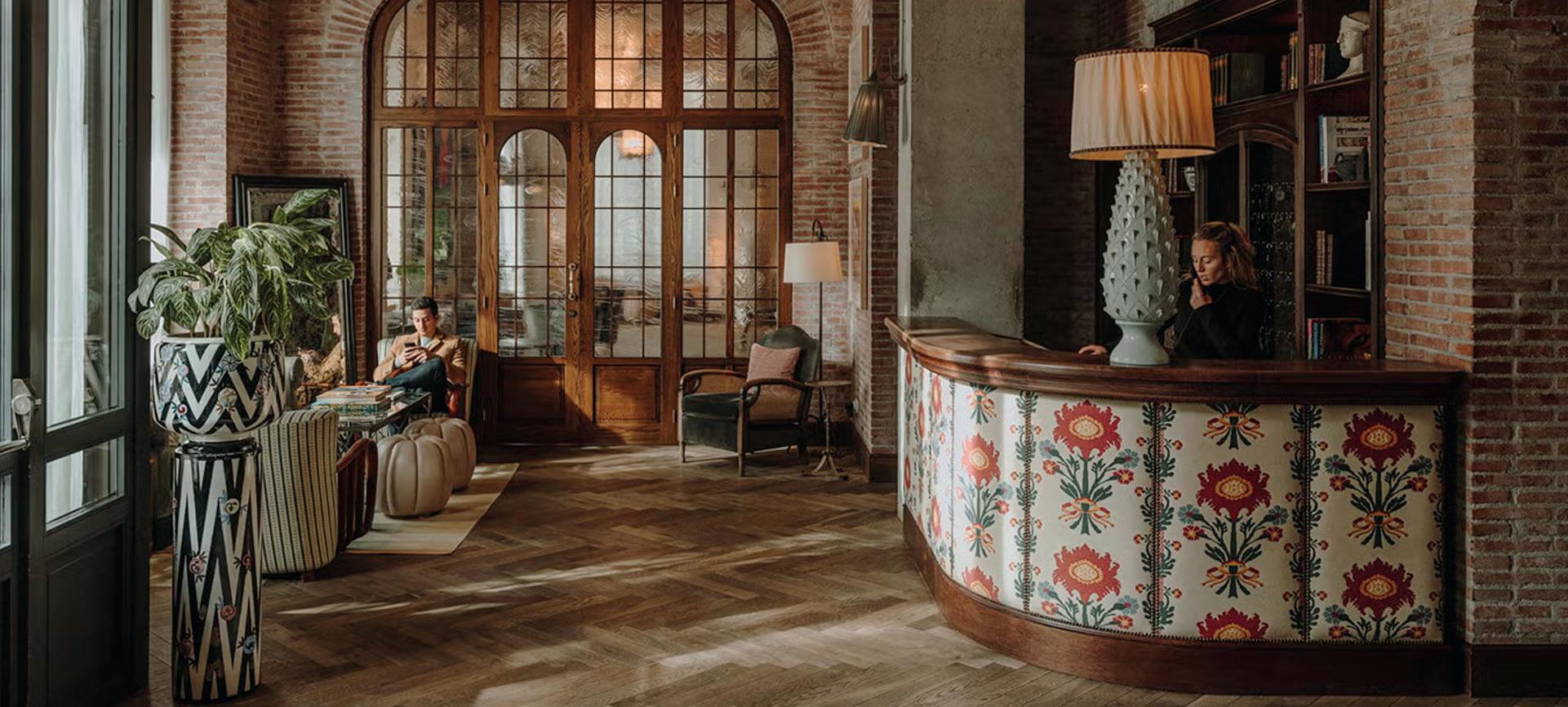
Soho House Manchester, opening in 2025 in the historic St John’s area, will convert the former Granada Studios into a comprehensive Soho House experience. This site will cover five floors, providing areas for dining, exercising, socialising, and working, alongside a rooftop pool and terrace, and an extensive members’ gym.
Expected to open in 2024, the Miami Pool House will offer a blend of workspace and social areas. By day, it will serve as a relaxed, laptop-friendly environment, transforming at night into an event space with a terrace bar, restaurant, and a prominent outdoor pool for members and guests.
Grasmere House, nestled in Rhinebeck, New York, will sit on a 250-acre former working farm. It will blend natural surroundings with restored 19thcentury buildings and include bedrooms, diverse food and beverage outlets, and wellness amenities such as hiking, cycling, and spa services.
On East Bay Street in Charleston’s French Quarter, Soho House Charleston will debut in 2024. This location will transform the Victorian-era Wagener Building into a ground-floor public restaurant, with two floors of members-only space, featuring a rooftop bar and dining area overlooking the city’s port.
Adjacent to Oxford Street, between Darlinghurst and Surry Hills, Soho House Sydney will soon emerge. It will provide a range of indoor and outdoor spaces spread over five floors, catering to dining, drinking, and socialising in a creative and cultural hub.
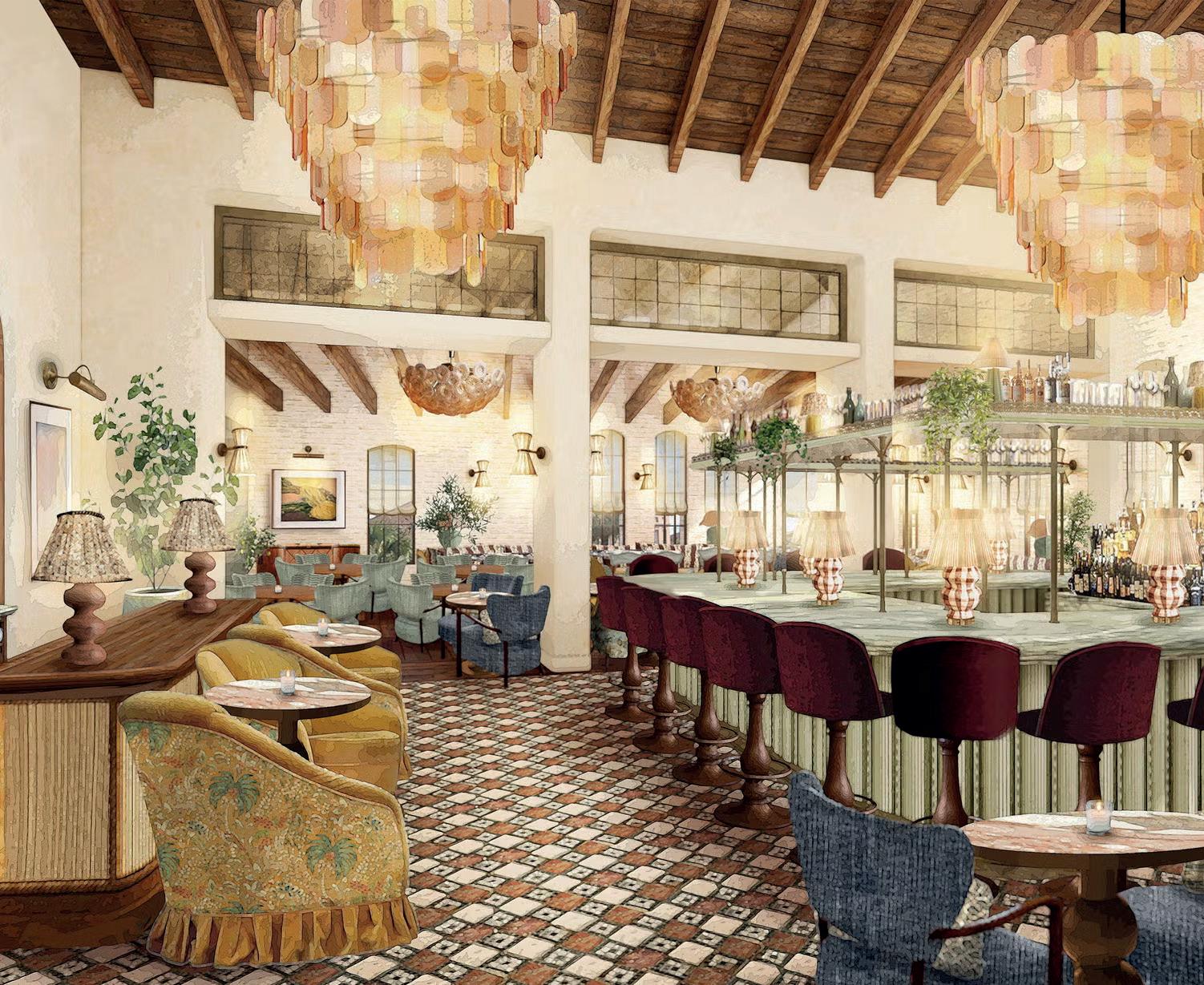
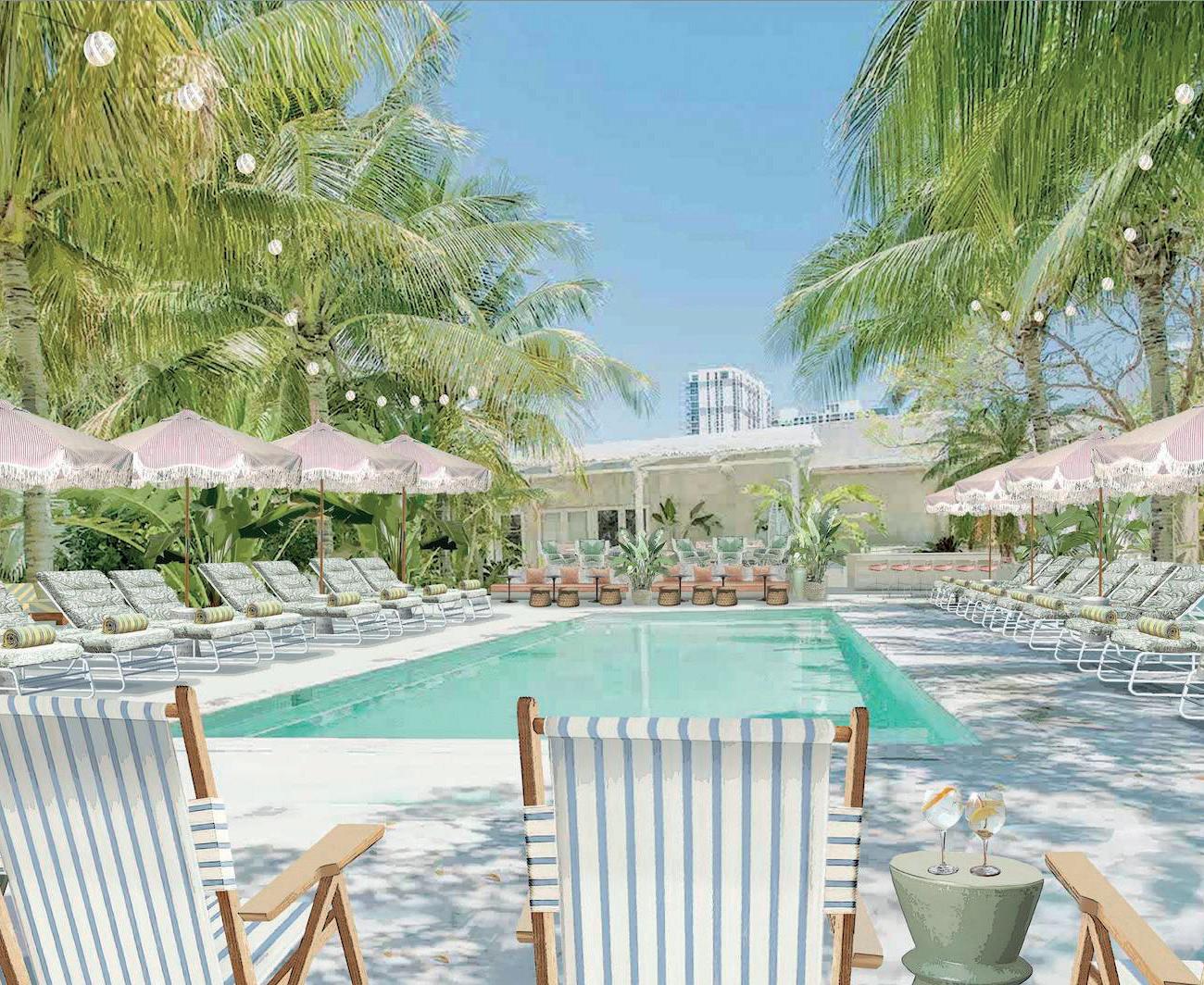
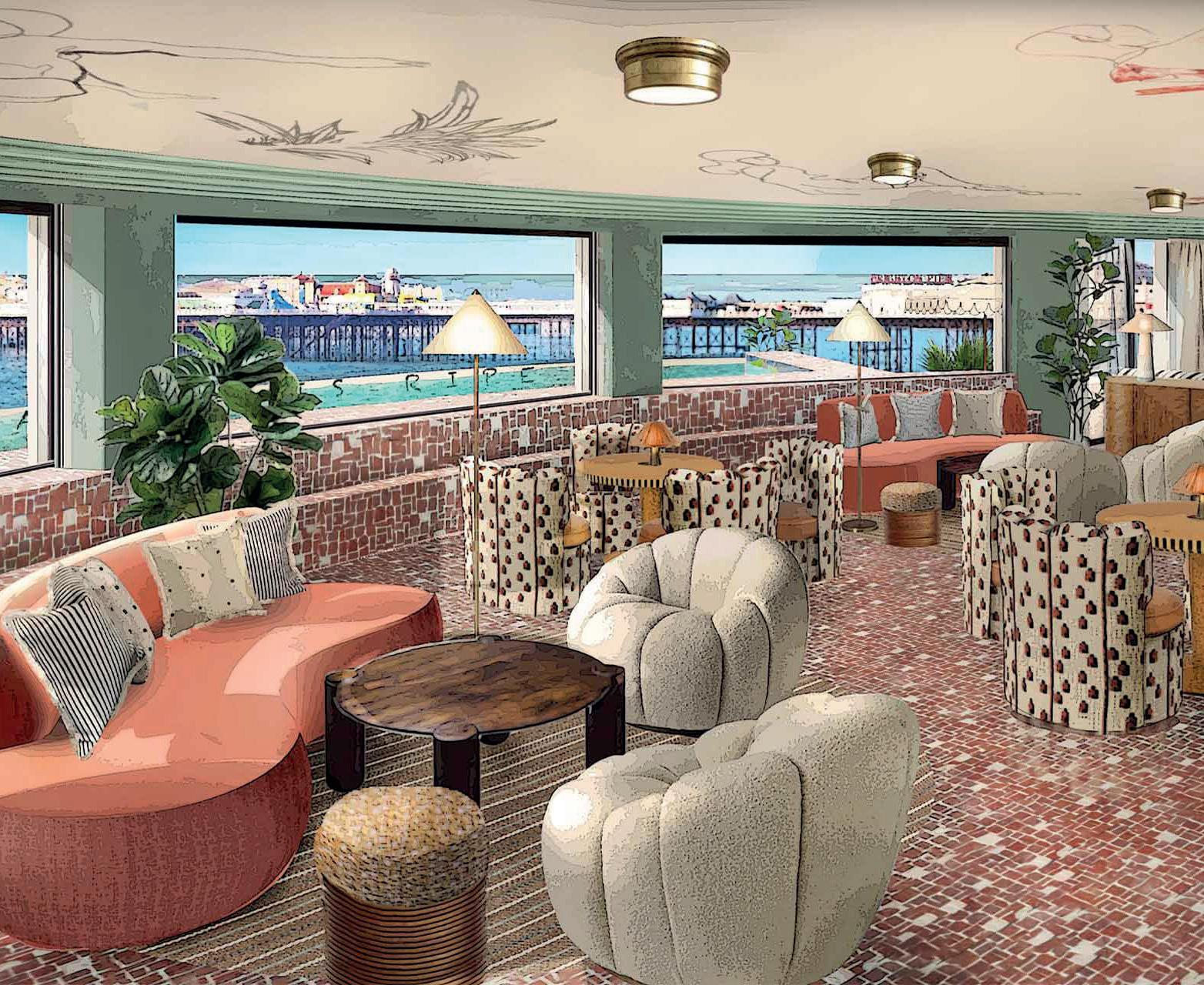
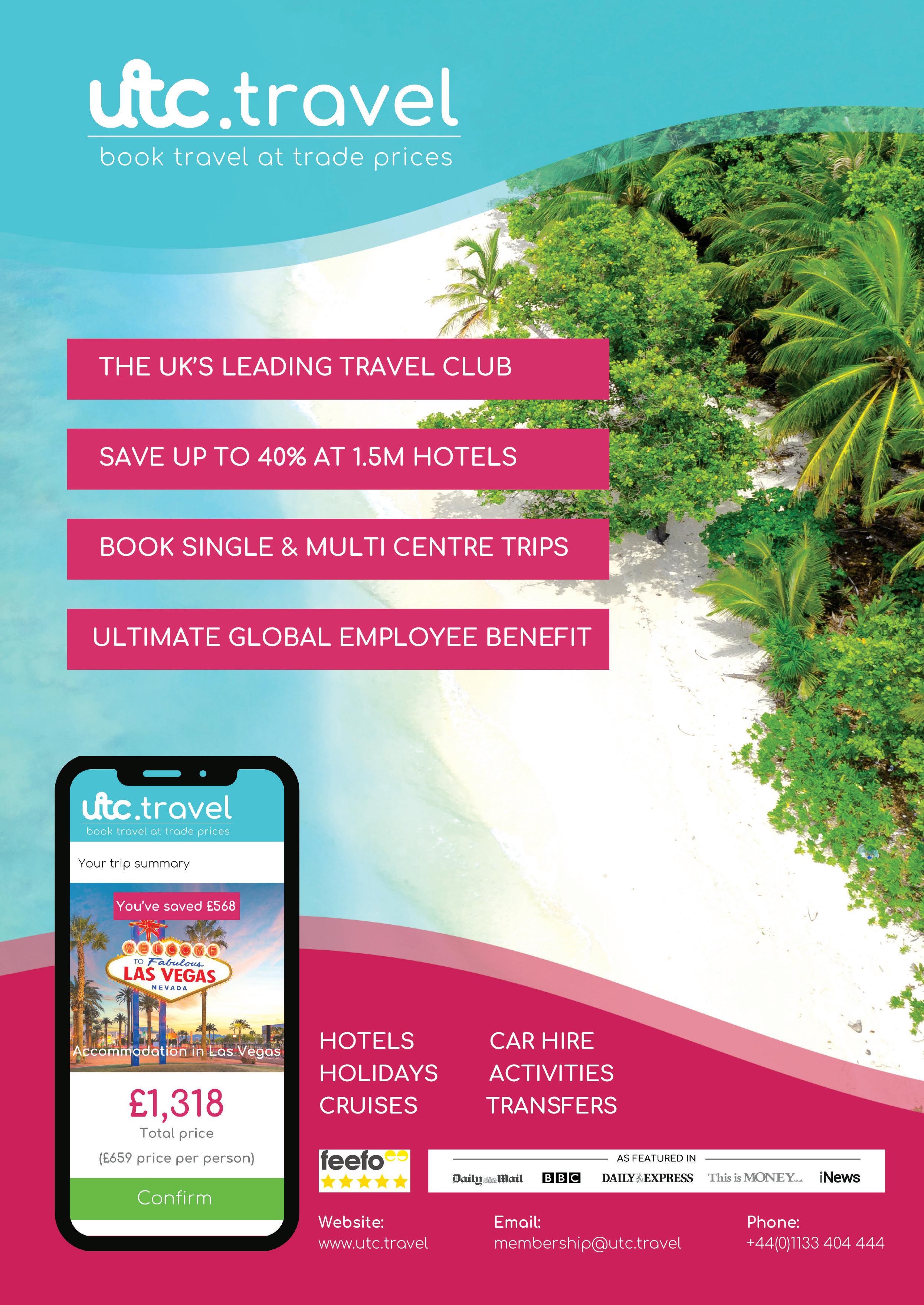
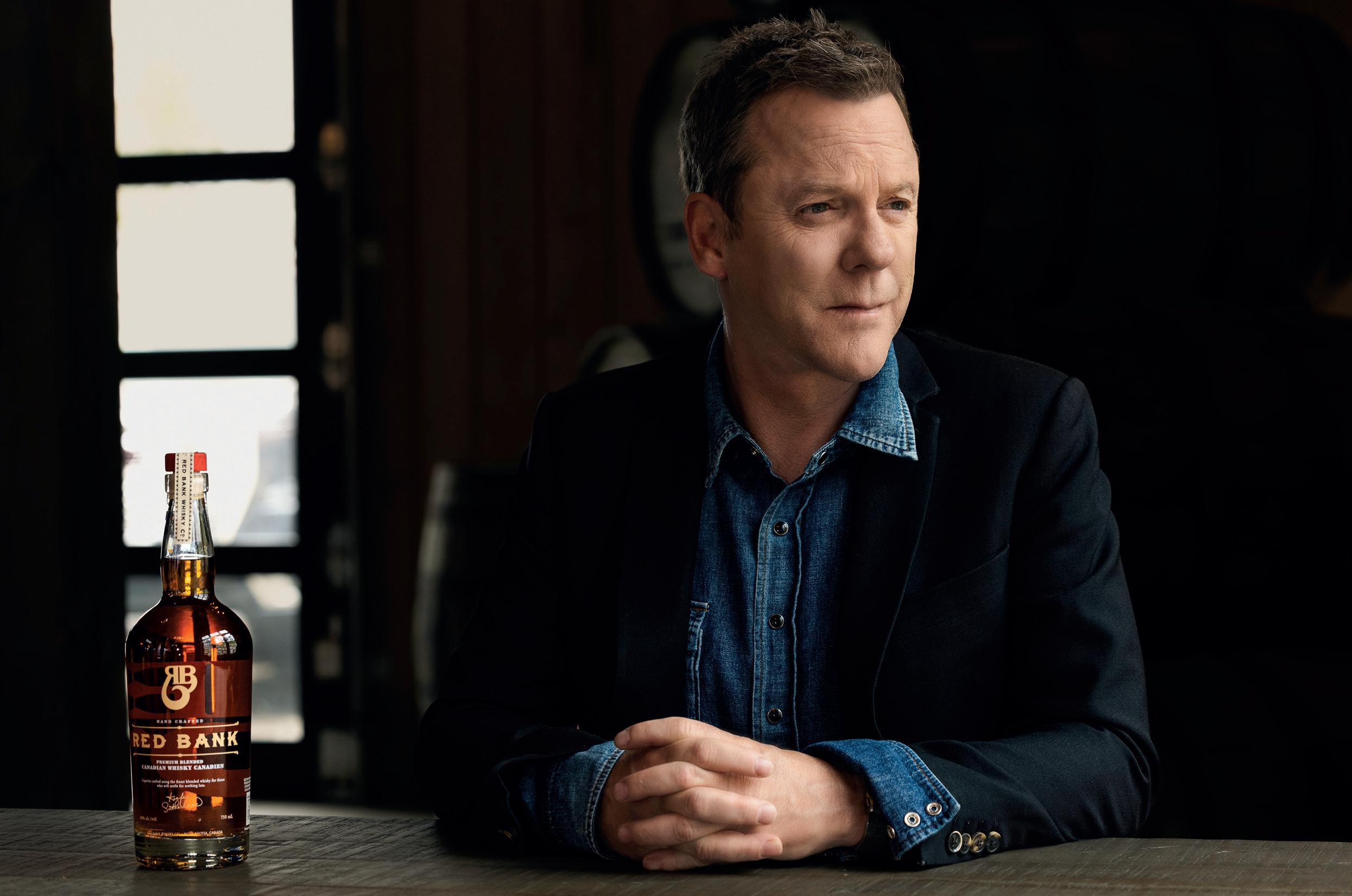
By Kiefer Sutherland
Join Chef Mike Jennings as he delves into the refined sophistication of Red Bank, a blend that promises to tantalise the palates of whisky aficionados and casual sippers alike. Crafted with precision and passion on Nova Scotia's rugged shores, this whisky captures the essence of its coastal origins
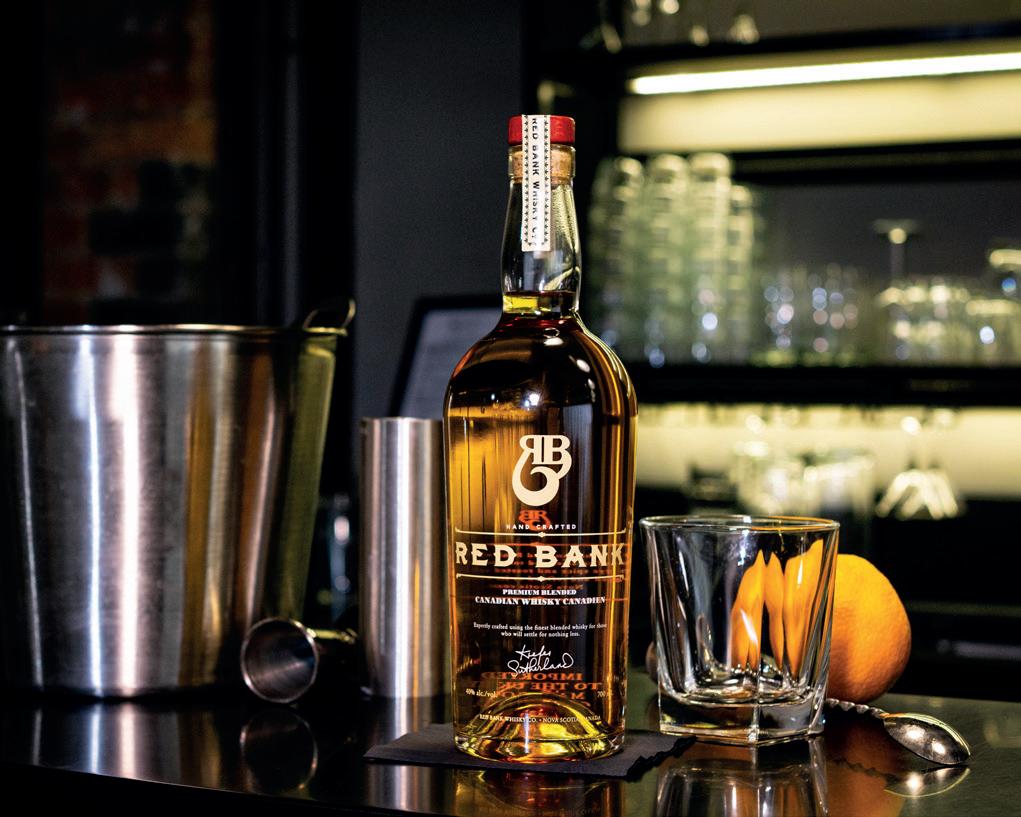

WWriting for The Executive Magazine, Private Chef to the UHNW's Mike Jennings samples Red Bank Whisky, a Canadian brand introduced to the UK by Hollywood luminary Kiefer Sutherland.
Renowned actor and musician Kiefer Sutherland, best known for his role as Jack Bauer in 24, has co-founded Red Bank Whisky alongside Gary Briggs, Rob Steele, and Shawn Hiscott. Hand-crafted with pure Canadian ingredients on the rocky shores of Nova Scotia, Red Bank Whisky is a genuine representation of its coastal terroir.
Red Bank Whisky showcases a meticulously crafted flavour profile, expertly balancing boldness and smoothness with complexity. It is an exceptional small-batch creation intended to be enjoyed neat, on the rocks, or with a splash of water, capturing the essence of Nova Scotia’s coastal character.
Methodology
The creation of Red Bank Whisky is overseen by award-winning Master Blender Michel Marcil. This premium blend combines rye, corn, and wheat whiskies, aged to perfection in charred oak barrels, resulting in a rich, well-rounded finish. Distilled on the rugged shores of Nova Scotia, it is bottled at 40% ABV, ensuring a smooth, complex experience whether enjoyed neat, on the rocks, or in cocktails.
Sutherland emphasises the national pride that underscores the creation of Red Bank: “The thing that I found so fascinating about Red Bank and this journey developing the whisky is the incredible pride Canadians take in themselves and their country. I am proud to have Red Bank represent all that is authentically Canadian, and I am absolutely thrilled to bring it to the UK.”
Tasting Experience
Master blender Michel Marcil brings decades of experience to the final blend of Red Bank, creating a whisky with a balanced, smooth profile suitable for sipping neat, on the rocks, or in a classic Old Fashioned. Red Bank offers notes of oak spice, orchard fruit, allspice, and caramel on the nose. The palate features buttery flapjack, a touch of pepper, and a medium intensity with a long finish highlighted by toffee and peppercorns.
peaches, transitions to a mid-palate of peppery vanilla and sweet raisin, and concludes with a subtly dry finish featuring peppery brown spice and toasted oak.
Red Bank Whisky recently garnered significant acclaim by securing a gold medal at the prestigious San Francisco World Spirits Competition. This recognition highlights the exceptional craftsmanship and quality of the whisky, setting a high benchmark for new entrants in the competitive spirits market. The San Francisco World Spirits Competition is renowned for its rigorous judging process and is considered one of the most respected spirits competitions globally. Winning gold at this esteemed event is a testament to Red Bank Whisky’s superior quality and appeal.

Visually, Red Bank Whisky presents a bright gold hue. Its aroma is highly floral, initially revealing caramel and sweet orange peel, accented by hints of peach and pear, and finishing with a peppery spice. The flavour journey begins with wildflower honey and fresh
In addition to this accolade, Red Bank Whisky has been met with enthusiasm by both critics and consumers alike. The whisky’s distinct character and refined flavour profile have resonated with whisky aficionados and casual drinkers, making it a noteworthy addition to any collection. Industry experts have praised its balance of flavours and smooth finish, affirming its position as a premium offering in the Canadian whisky category.
The launch event highlighted Red Bank’s versatility in cocktails, shining in various recipes, notably in a Paper Plane. Sutherland, however, prefers to sip it neat. Reflecting on his personal tastes, Sutherland mentioned, “The first person (dead or alive) that came to mind with whom I’d share a dram of Red Bank is Benjamin Franklin… He was such an intelligent guy… I would have to say him or my dad.”
For those sampling Red Bank Whisky for the first time, its approachable nature and balanced flavours make it an excellent choice. The rye spice adds complexity without overshadowing the creamy, mellow notes of wheat. While some may find it “thin” and desire a higher ABV, the current 40% ABV offering remains competitively priced in today’s market.
Nose: Silky layers of caramel and toasted grain lead to oak char and a hint of rye spice.
Palate: Buttery caramel, flapjack, toasty cereal, with distant caraway and pepper.
Finish: Rich oak with lingering toffee popcorn and peppercorns.
Red Bank Whisky exemplifies a harmonious blend of flavours, making it a standout addition to the whisky market. Its introduction to the UK offers a refined and authentic Canadian whisky experience, capturing the spirit of Nova Scotia’s coastal terroir.

Private Chef to the UHNWs Mike Jennings takes us into the world of Petrossian Caviar, where history and indulgence meet. Discover the finest varieties, perfect pairings, and a tasting experience that truly celebrates this opulent delicacy
MMany myths and legends are associated with Caviar.
According to records from the Greek philosopher Aristotle, Caviar and sturgeon were being heralded into Greek banquets among trumpets and flowers from as early as the fourth
century BC. However, it was ancient Persians who created salted Caviar.
Legend has it that they widely believed it to have medicinal powers, and thus the word Caviar comes from the Persian “khav-yar” meaning “cake of power”.
The historic Stalwarts are Beluga, Ossetra and Sevruga, and I have been fortunate enough to try all of them in their finest format; traditionally the tin is served on a bed of crushed ice, accompanied by blini’s, finely chopped shallot, chopped parsley, grated boiled egg white & yolk, crème fraiche.
True Caviar connoisseurs believe that the best way to eat and serve these delicate fish eggs is without any additions, by simply serving Caviar on its own. These gourmet food experts believe that this is the only way to avoid having garnishes that prevent you from tasting Caviar’s highly appreciated flavour. However, what one chooses to eat or not to eat with Caviar is a matter of taste and personal preference. If you think that the taste of Caviar is too intense, there are certain accoutrements and
accompaniments that can pair perfectly with this unique delicacy.
It is frowned upon to take too much Caviar when indulging as this is such a luxurious product that should not be scoffed at speed!
I recently joined a Caviar tasting with Petrossian The House of Caviar which began its journey back in 1920, to indulge in the different characteristics of the finest food of all.
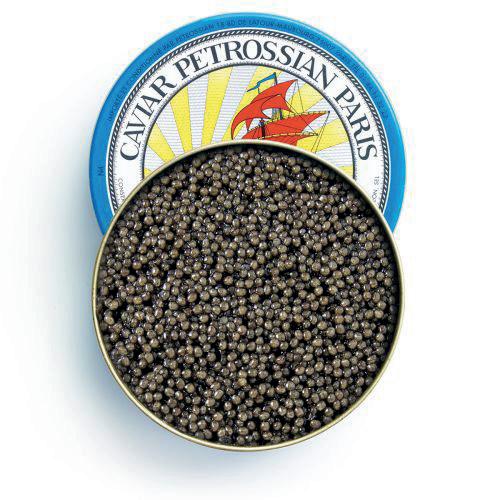
This experience I could only compare to a wine tasting session and each Caviar needed to be tasted in a particular order to allow the flavours to grow.
First up was Daurenki Royal, a beautiful Caviar for first timers, large, bronze eggs with a firm texture and a buttery, creamy flavour, a full bodied rich Caviar- see what I mean about wine tasting…
Next up is the Ossetra Tsar Impérial which is described as Light eggs, full bodied and sensual. A Caviar masterpiece with its dark amber to golden coloured eggs and firm and sensual texture. The flavours amplify when rolling on the tongue against the palate. These Caviars are selected for their complexity of flavours and exceptional balance to satisfy the most demanding of Caviar lovers.
The last Caviar we tried was the Baeri Baïka Royal Caviar, Siberian Sturgeon at its best!
A briny Caviar with small, delicate, dark brown eggs. It gives a strong first impression in the mouth with a dominant fruitiness and mineral notes and a touch of brininess. This is a full bodied rich treat that will truly impress your guests.
One of the most important things to consider when enjoying Caviar, is the perfect drink…
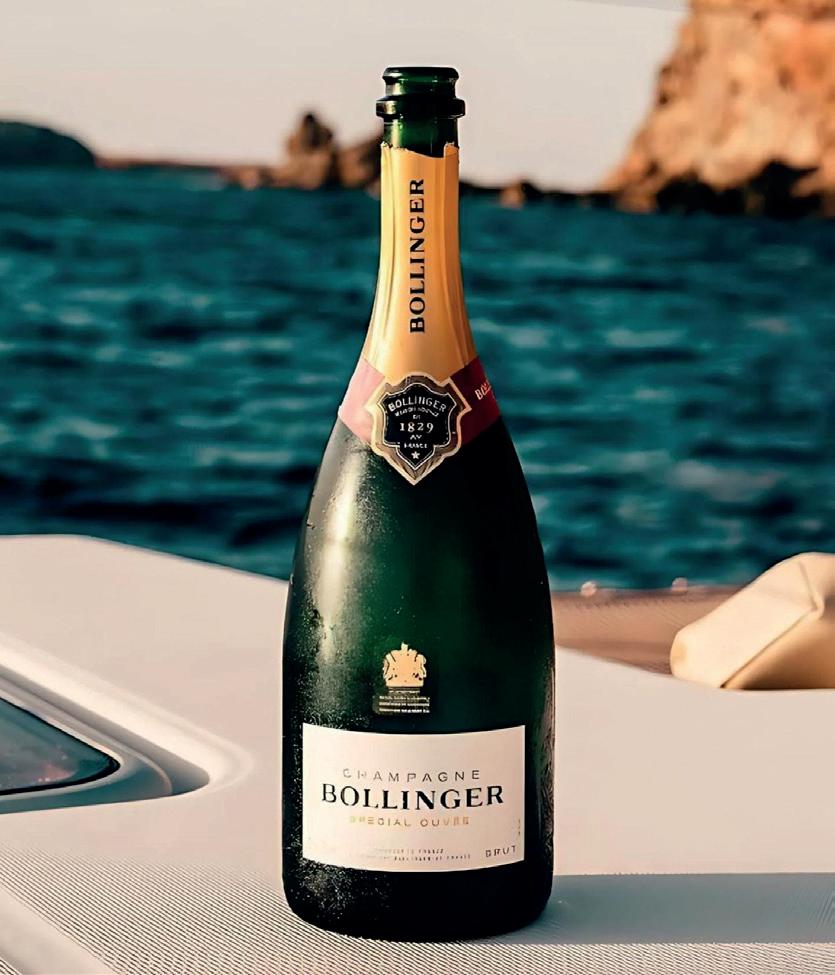
The bright and fresh profile of Blanc de Blancs enhances the delicate, creamy texture of the Caviar. The Champagne features white peach, lemon zest, and floral notes, with a chalky minerality and vibrant finish.
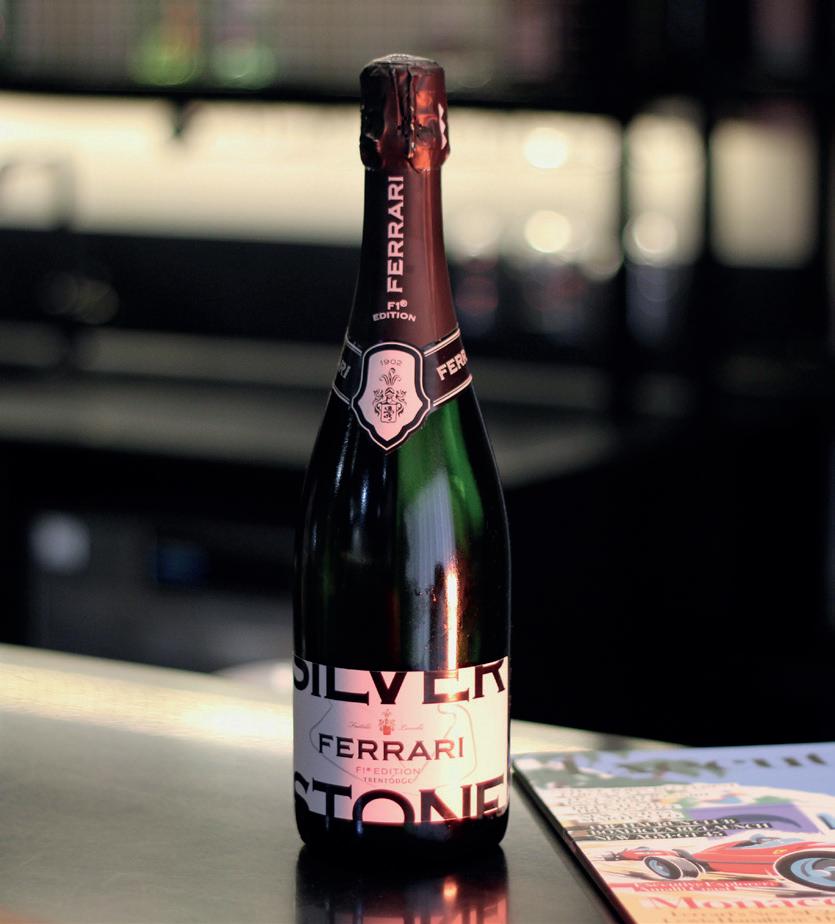
A full-bodied Champagne with complex layers of apple, pear, and subtle notes of brioche and roasted nuts. Served ice-cold, the complex rich flavouring perfectly complements the savoury notes of the fine Caviar.
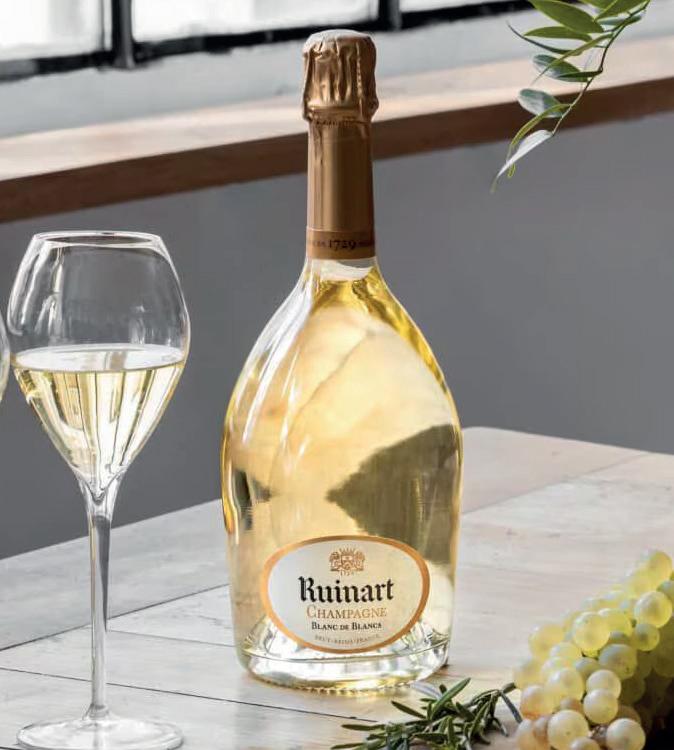
The Blanc de Blanc Brut boasts a lively, bright straw yellow hue with fine and persistent perlage. On the nose, it presents a fresh and intense bouquet, characterised by broad fruity notes of ripe Golden Delicious apples, white flowers, and a delicate yeast scent. This complexity is derived from its 20 months of aging on the lees. The palate is harmonious and well-balanced, with subtle hints of ripe fruit and crusty bread, making it a quintessential Italian aperitivo wine.
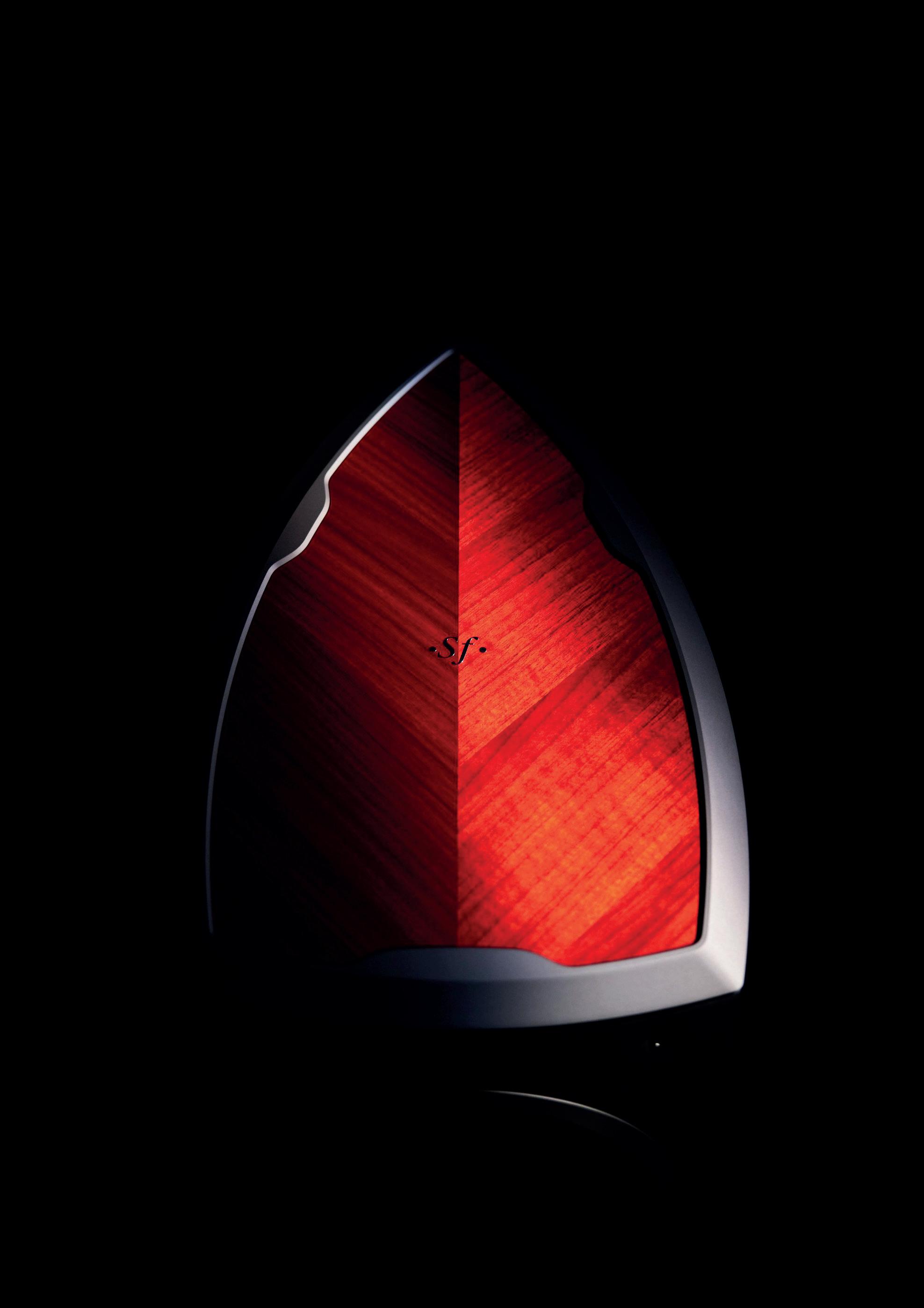
As Sonus Faber celebrates four decades of redefining audio excellence, the brand reveals its most audacious creation to date: the Suprema speaker system. Embodying the pinnacle of high-fidelity craftsmanship, this marvel combines unparalleled technological innovation with timeless design, setting a new standard for luxury audio
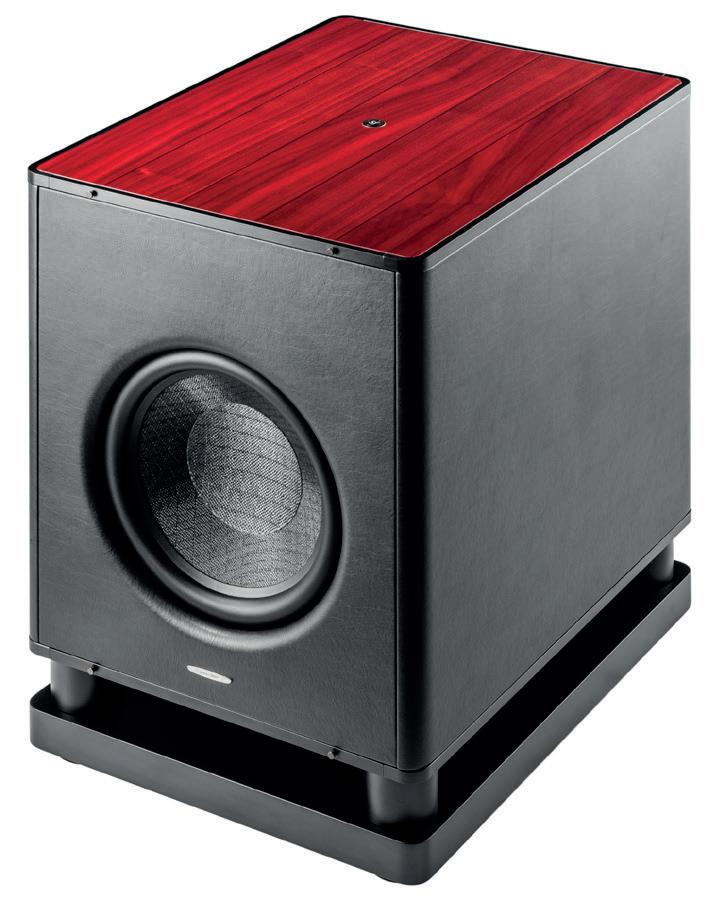
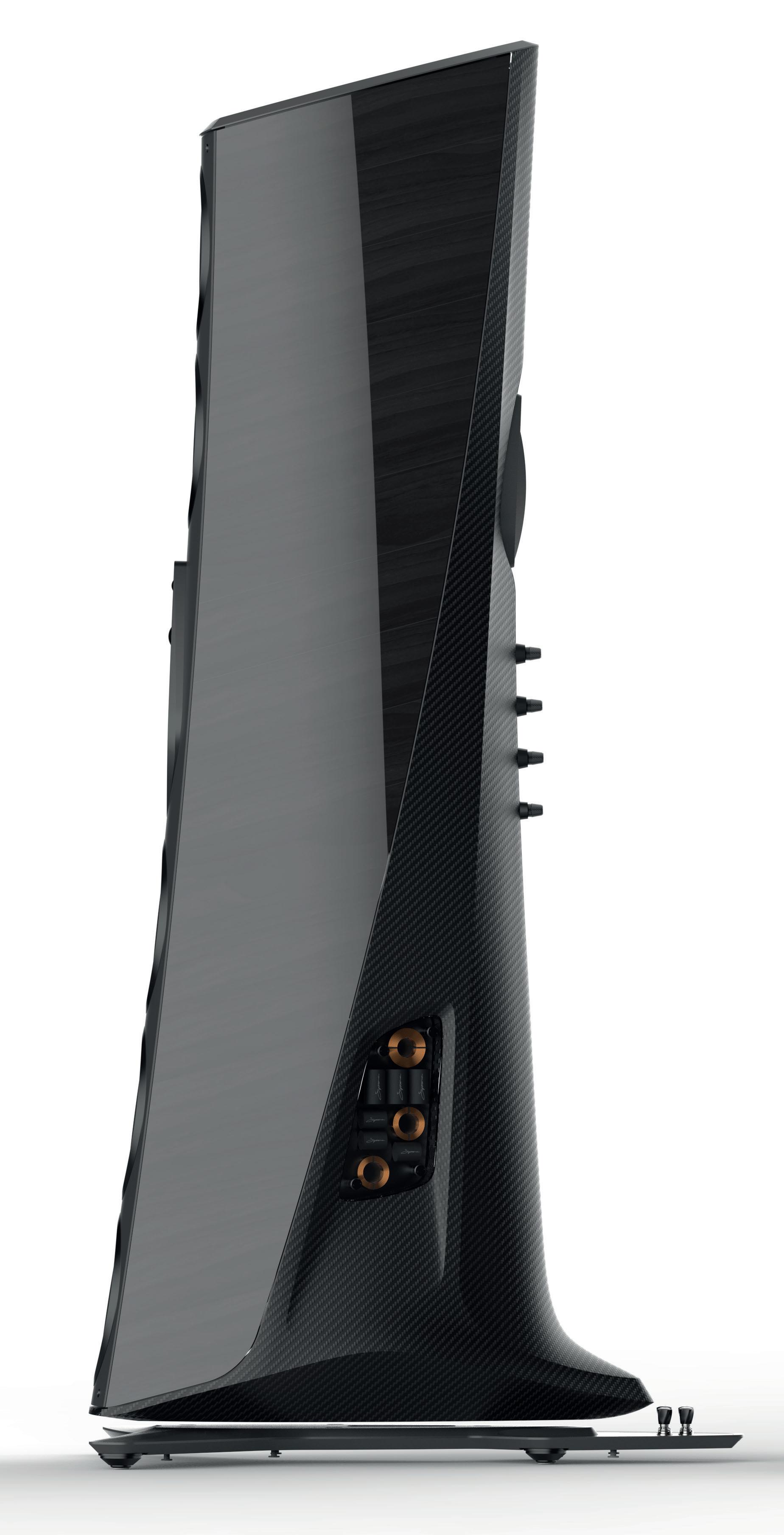
SSonus Faber has inaugurated its 40th anniversary with the launch of its most ambitious speaker system to date— the Suprema. The unveiling, marked by a high-profile celebration and an extravagant four-day event featuring Kate Moss, showcases a system priced at £695,000. This remarkable setup includes two main speakers, two subwoofers, and an electronic crossover, setting a new standard for luxury audio.
The Suprema system continues Sonus Faber’s tradition of blending aesthetic elegance with advanced technology. The main speakers are designed with a distinctive lute-inspired shape, paying homage to the Guarneri violins of Cremona, Italy. Multi-layer wood panels create a visually striking ‘wing’ effect through a sophisticated 3D bending process, while the leather front panel, developed in collaboration with the luxury furniture brand Poltrona Frau, enhances the system’s opulence.
The subwoofers feature an elliptical shape reminiscent of the Stradivari violin, facilitating the accommodation of large transducers for robust low-frequency performance. The electronic crossover is housed in a sleek rectangular chassis, available in red, graphite, or walnut finishes, blending functionality with refined aesthetics.
The Suprema speakers are advanced 4/5-way designs, incorporating eight frontfiring drivers and two backfiring drivers. Key innovations include the new Camila midrange driver, which utilizes a non-circular pulp diaphragm to achieve superior resolution and reduced resonances. This driver is supported by a dual-drive magnet and an organic basket, previously used in the Stradivari woofers, to enhance airflow control.
Complementing the midrange driver are a new mid-tweeter and super tweeter, both featuring treated silk domes. These components are arranged within a bespoke internal volume, designed for optimal performance. Notably, Sonus Faber has utilized recycled cork in the acoustic chamber’s construction, setting a new standard in sustainable high-fidelity audio materials.
The subwoofer system, designed to operate independently from the main speakers, features two 38cm transducers with carbon fibre membranes and a neodymium magnet motor system. This configuration ensures undistorted sound pressures down to 16Hz. Additionally, the speakers are isolated from the ground using a mechanism developed in collaboration with IsoAcoustics, which enhances stability and performance.
The electronic crossover in the Suprema system is a dual mono, fully balanced design that uses purely analogue phase cutting and control circuits. It manages the integration between the speakers and subwoofers, pushing the boundaries of conventional frequency band coverage. Sonus Faber asserts that the crossover filters, partially visible on the sides of the main columns, incorporate the most advanced electroacoustic configurations developed by their R&D team over the past decade.
Sonus Faber’s Suprema system not only marks a significant milestone in the brand’s 40-year history but also sets a new benchmark in luxury audio. Combining exceptional craftsmanship, innovative technology, and a deep respect for acoustic tradition, the Suprema represents a pinnacle of high-fidelity audio achievement.
Dyson has once again pushed the boundaries of innovation with the announcement of its latest product, the OnTrac headphones. Moving beyond the experimental designs of the past, these new over-the-ear headphones promise a pure, uncompromised auditory experience
DDyson has announced its latest foray into the world of audio with the introduction of the OnTrac, a new pair of over-the-ear headphones. This release marks a departure from the company’s previous design, eschewing the unconventional air purifier attachment featured in their Dyson Zone model.
Dubbed OnTrac, these innovative headphones distinguish themselves as purely “audioonly” devices. This design evolution aims to provide users with a high-quality auditory experience without the visual and functional complexities of their predecessor.
The OnTrac headphones offer an exceptional level of customisation. Users can personalise their listening experience by swapping out ear cushions and the outer caps of the ear-cups, with four initial colour options available at launch. Dyson has promised that additional colour choices will be introduced in the future, allowing for even greater personalisation.
In terms of performance, Dyson has integrated several features expected in a premium headset. The OnTrac headphones boast advanced noise-cancelling technology capable of reducing up to 40 decibels of ambient noise, ensuring an immersive listening experience. Additionally, the battery life is notably impressive, offering up to 55 hours of use on a single charge under normal conditions.
While the OnTrac headphones have yet to hit the market, Dyson has not specified a release date. The anticipation for their arrival is palpable among audio enthusiasts and loyal Dyson customers alike.
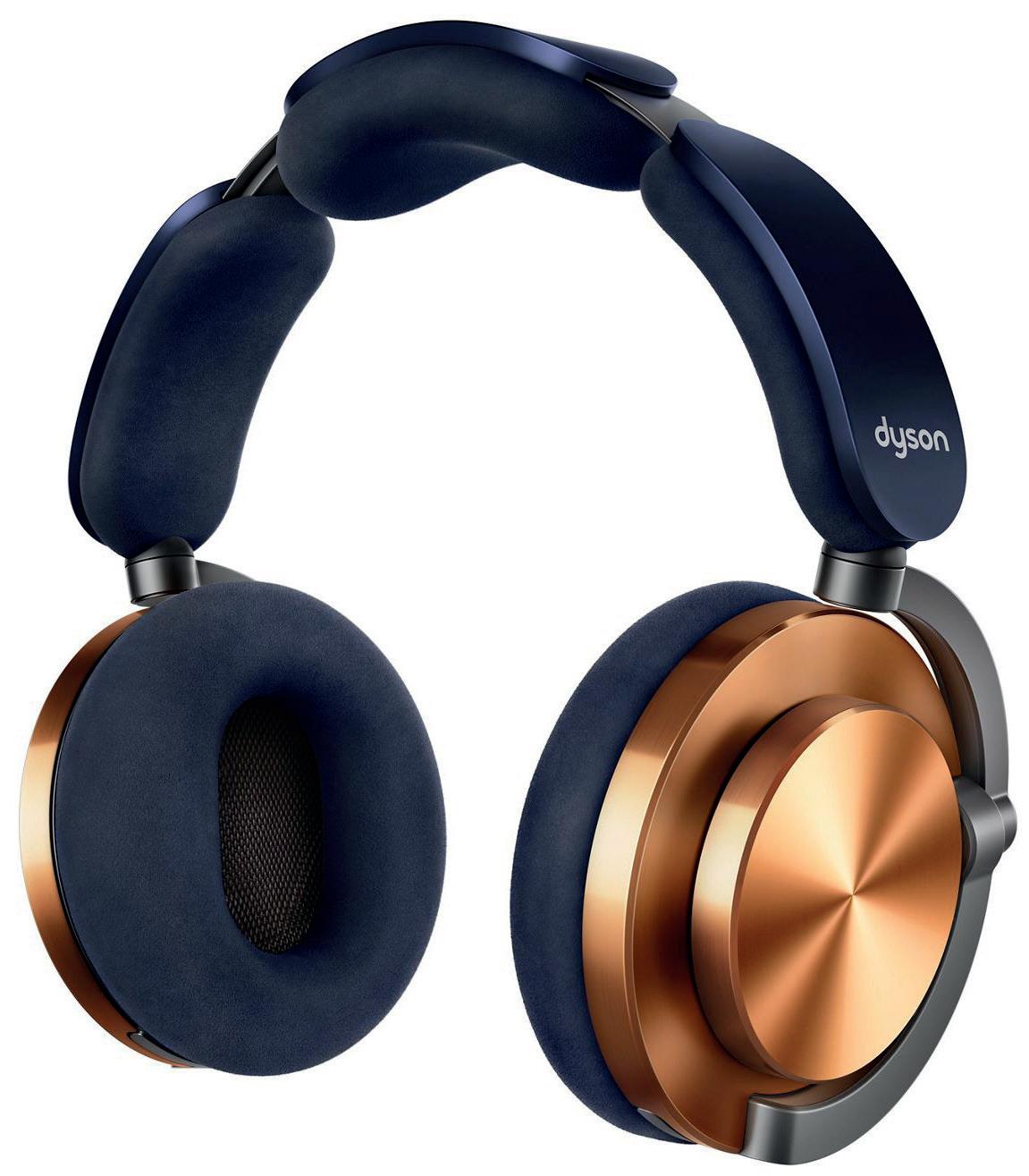
“Dyson’s
audio engineering
mission is
to preserve the integrity of the artist’s sound wave, free from interference. We also wanted to create a set of headphones that people would cherish, be excited by, and be proud of. With over 30 years of experience in aeroacoustics, we’ve mastered sound physics. By reducing noise through in-house anechoic chambers and expert engineers, we’ve applied and further expanded our audio knowledge to develop the Dyson OnTrac headphones.”
Jake Dyson – Chief Engineer,
Dyson”
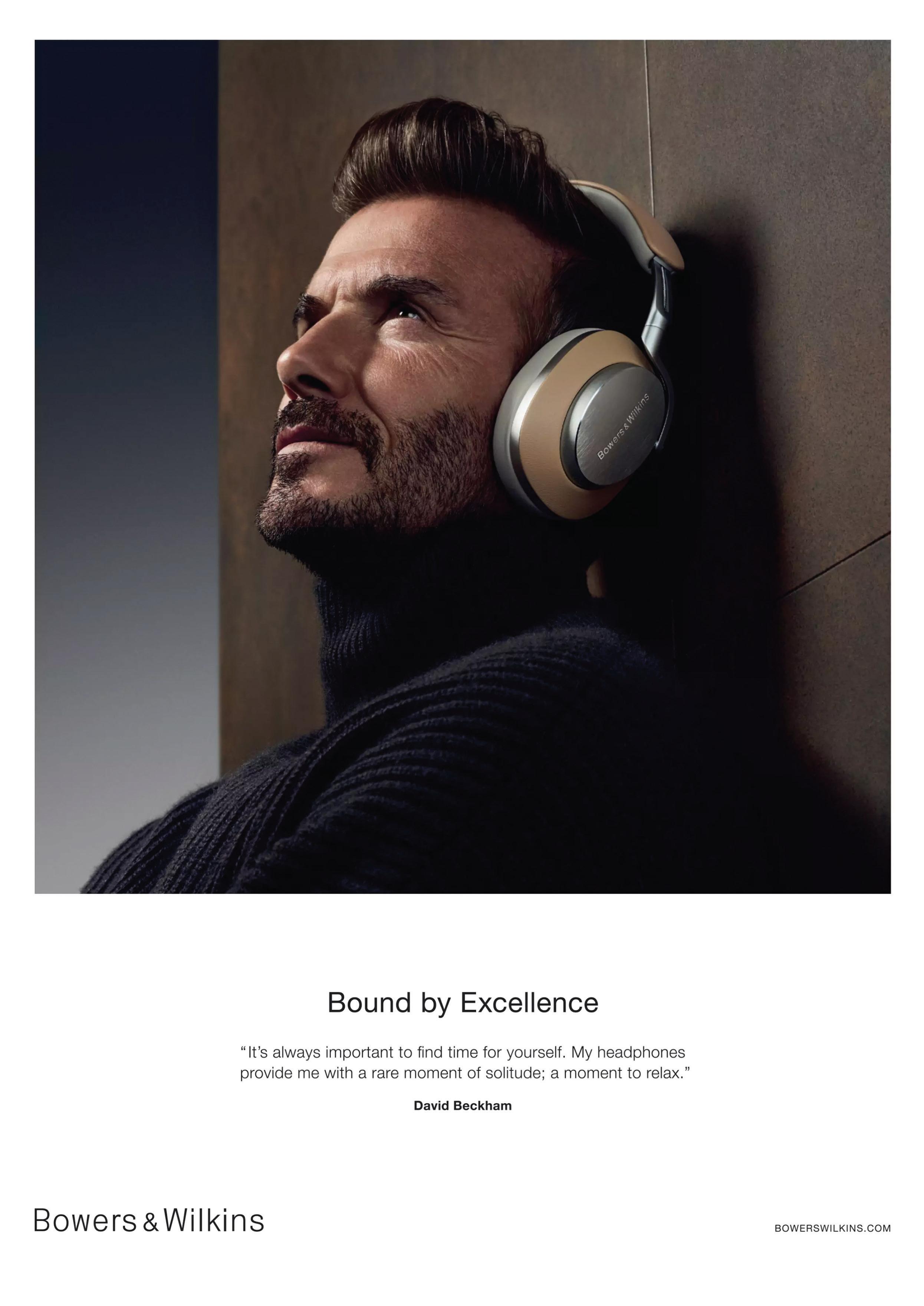

Introducing a new chapter in performance luxury, the Mercedes-AMG CLE 53 4MATIC+ Coupé redefines the entry-level coupé segment with a blend of sportiness and sophistication. This elegant two-door model seamlessly fuses the agility of the C-Class with the spaciousness and prestige of the E-Class, offering a driving experience that is both exhilarating and refined
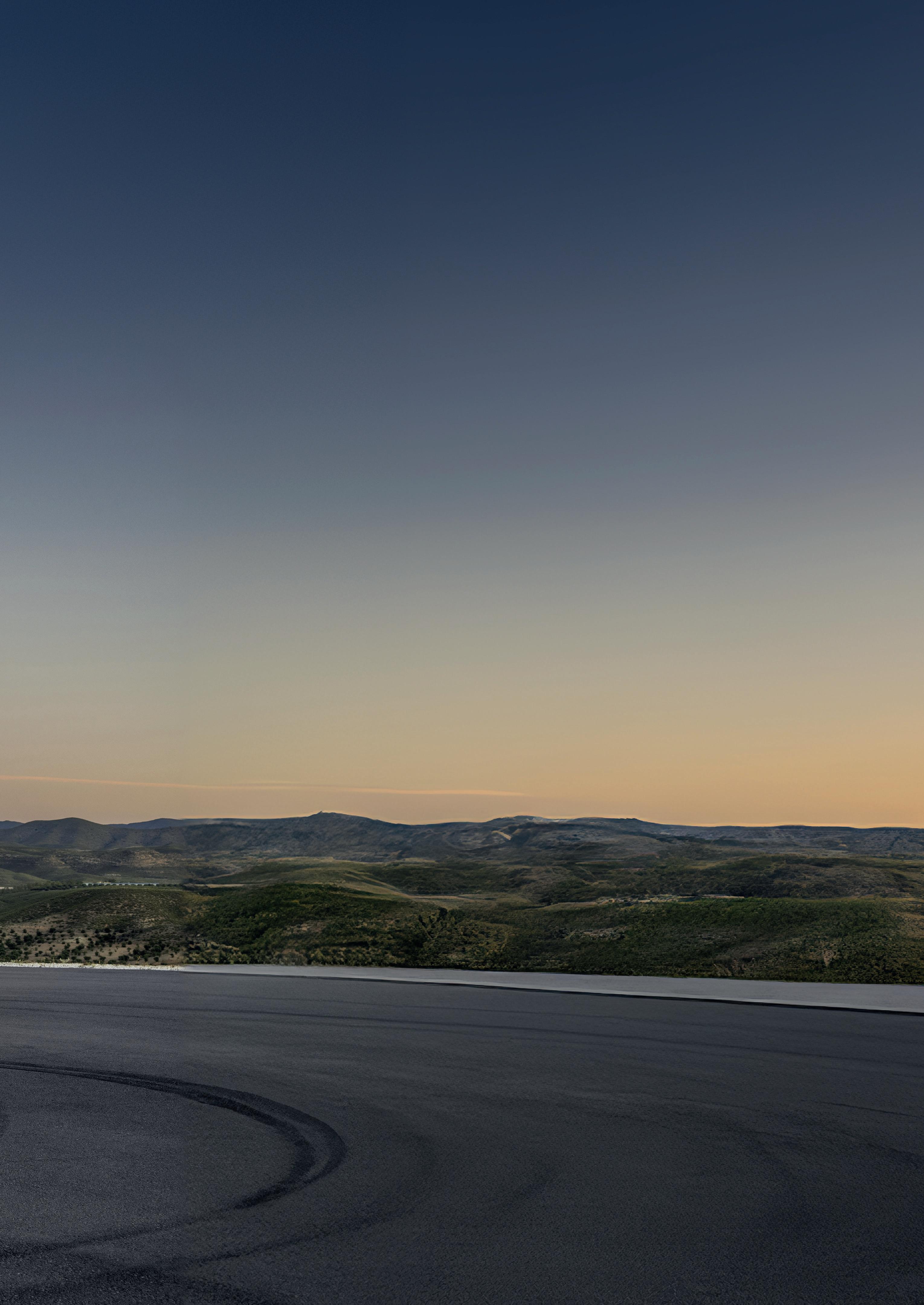


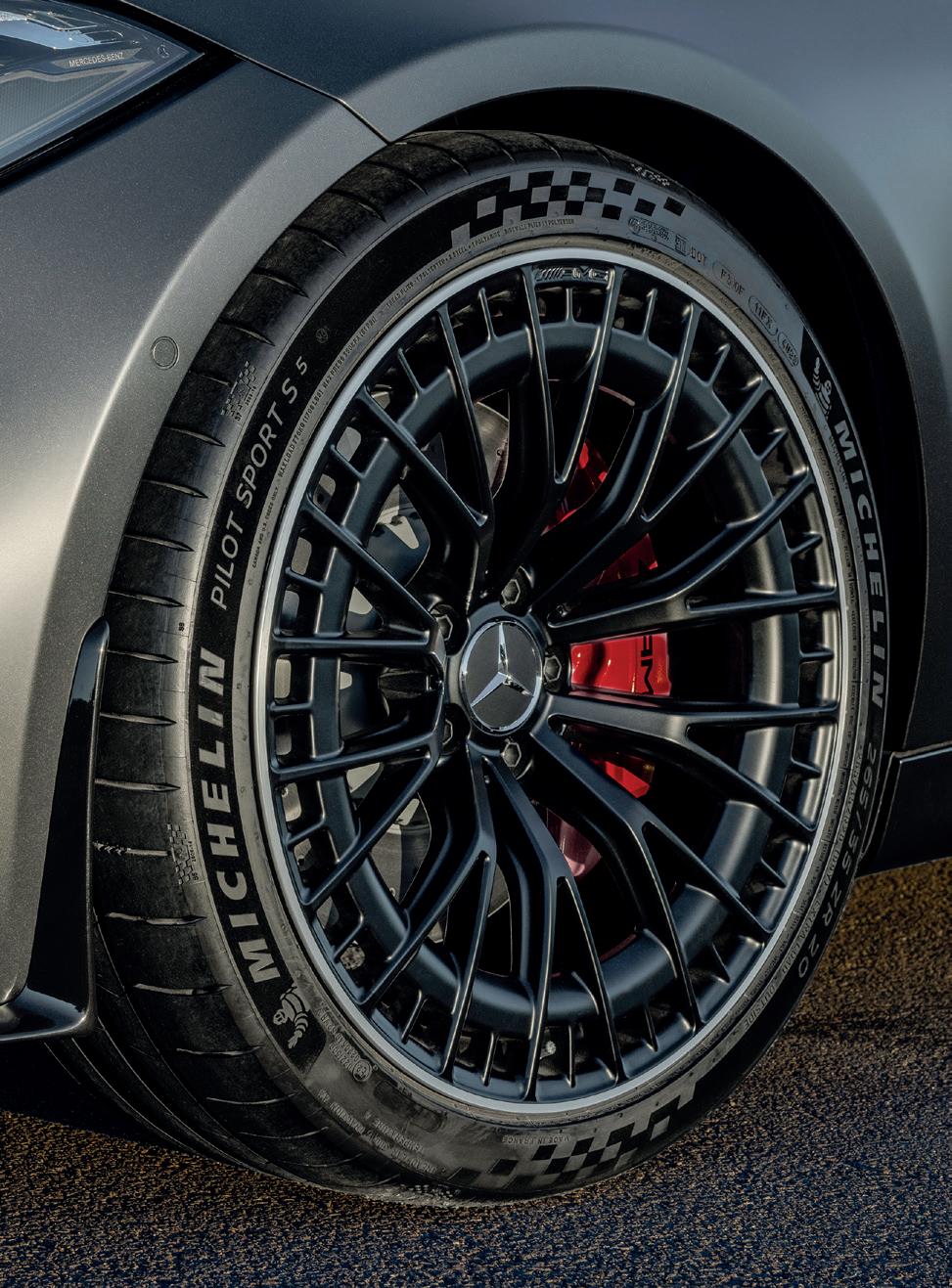
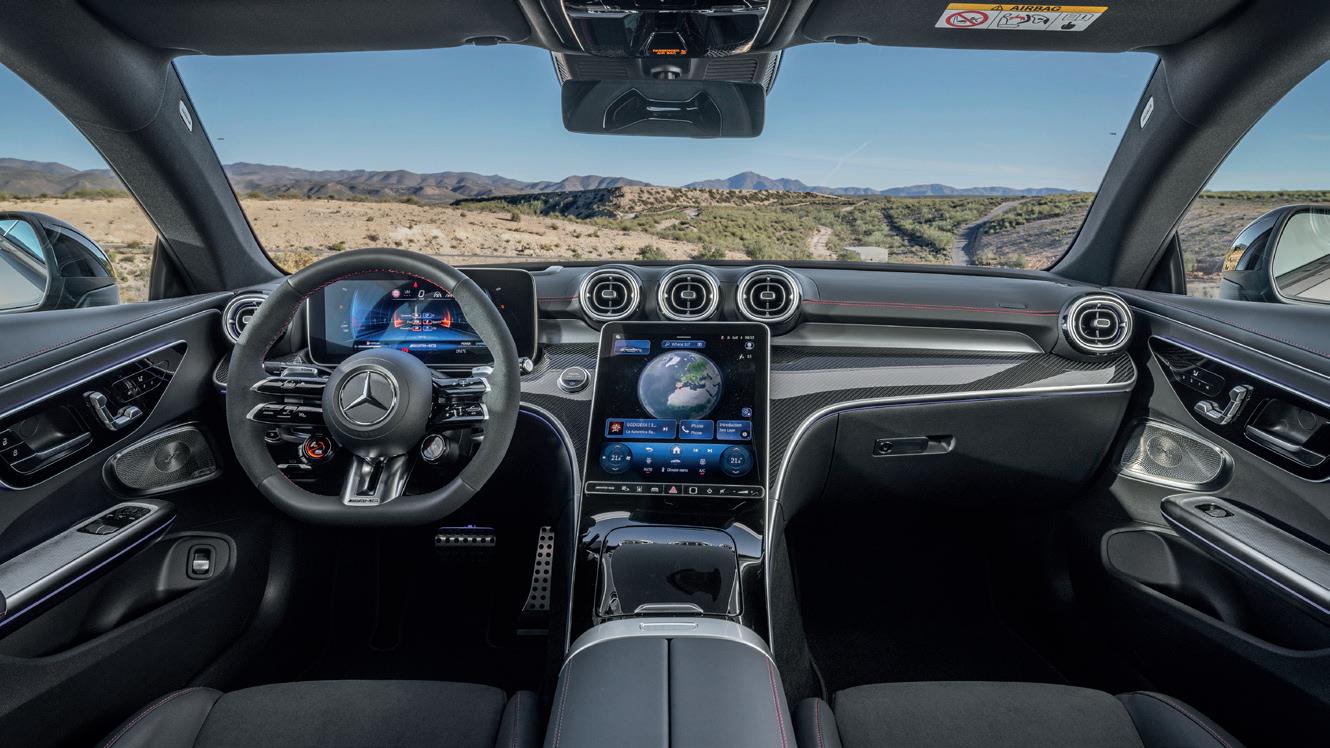
MMercedes-AMG has refined its product portfolio with the introduction of the CLE 53 4MATIC+ Coupé, marking a significant entry into the performance coupé segment. This sleek, sporty two-door model merges the agility and sportiness of the C-Class with the space and status of the E-Class, offering an unmatched driving experience.
The CLE 53 is powered by a 3.0-litre six-cylinder in-line engine, featuring double charging via an exhaust gas turbocharger and an electric additional compressor. This powertrain has been meticulously upgraded to produce 330 kW (449 hp) and a maximum torque of 560 Nm, with overboost increasing it to 600 Nm for 12 seconds. An integrated starter generator provides an additional 17 kW (23 hp) of power and 205 Nm of torque, also feeding the 48-volt on-board electrical system. The model boasts the AMG SPEEDSHIFT TCT 9G transmission and fully variable AMG Performance 4MATIC+ all-wheel drive.
The design of the CLE 53 4MATIC+ is unmistakably AMG, featuring a long hood with power domes, a sharply sloping windshield, and an elongated roof that slopes towards the rear. The “Shark Nose” front section, combined with the A-shaped radiator grille and flat, full-LED headlights, imparts a powerful and elegant presence.
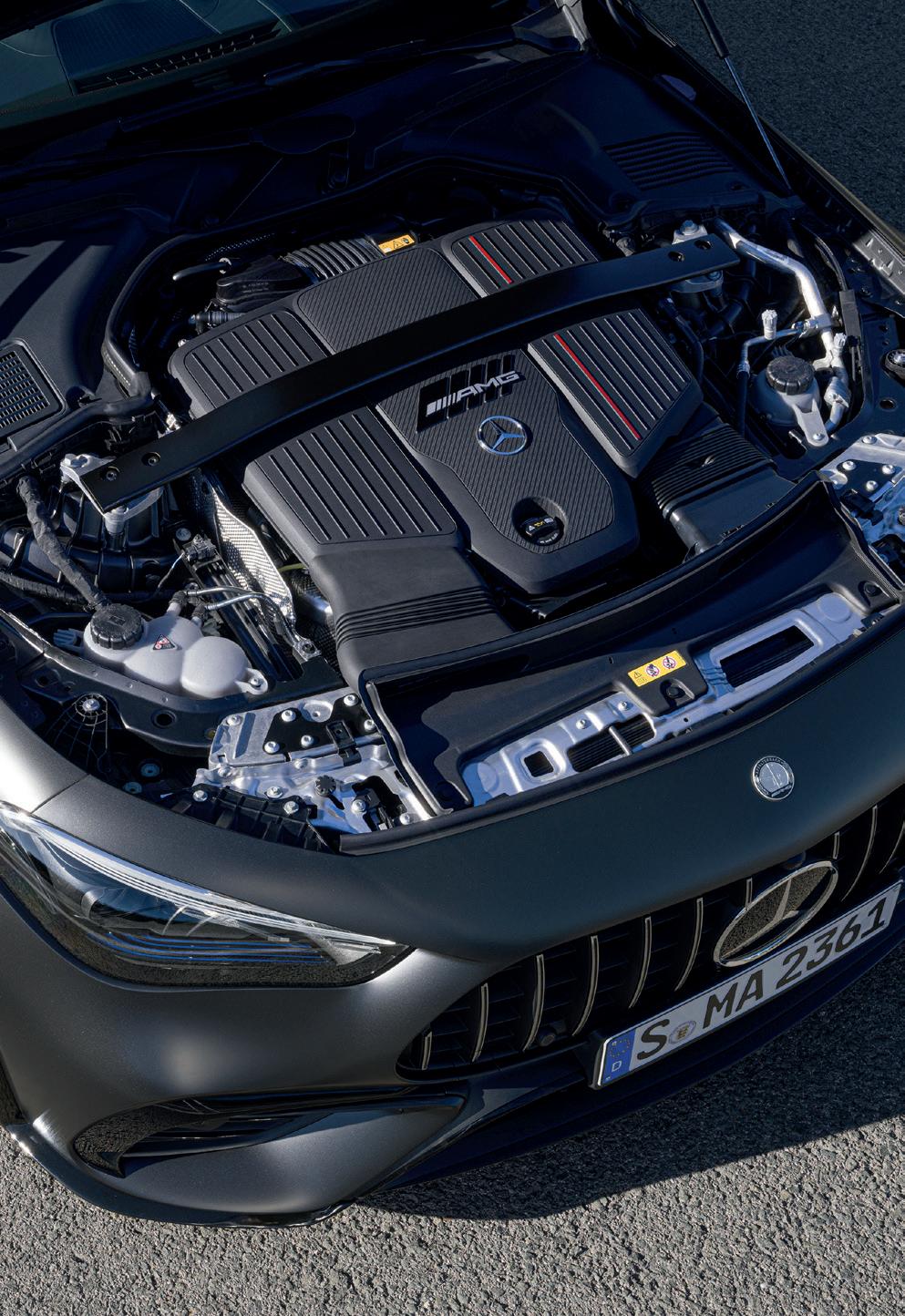


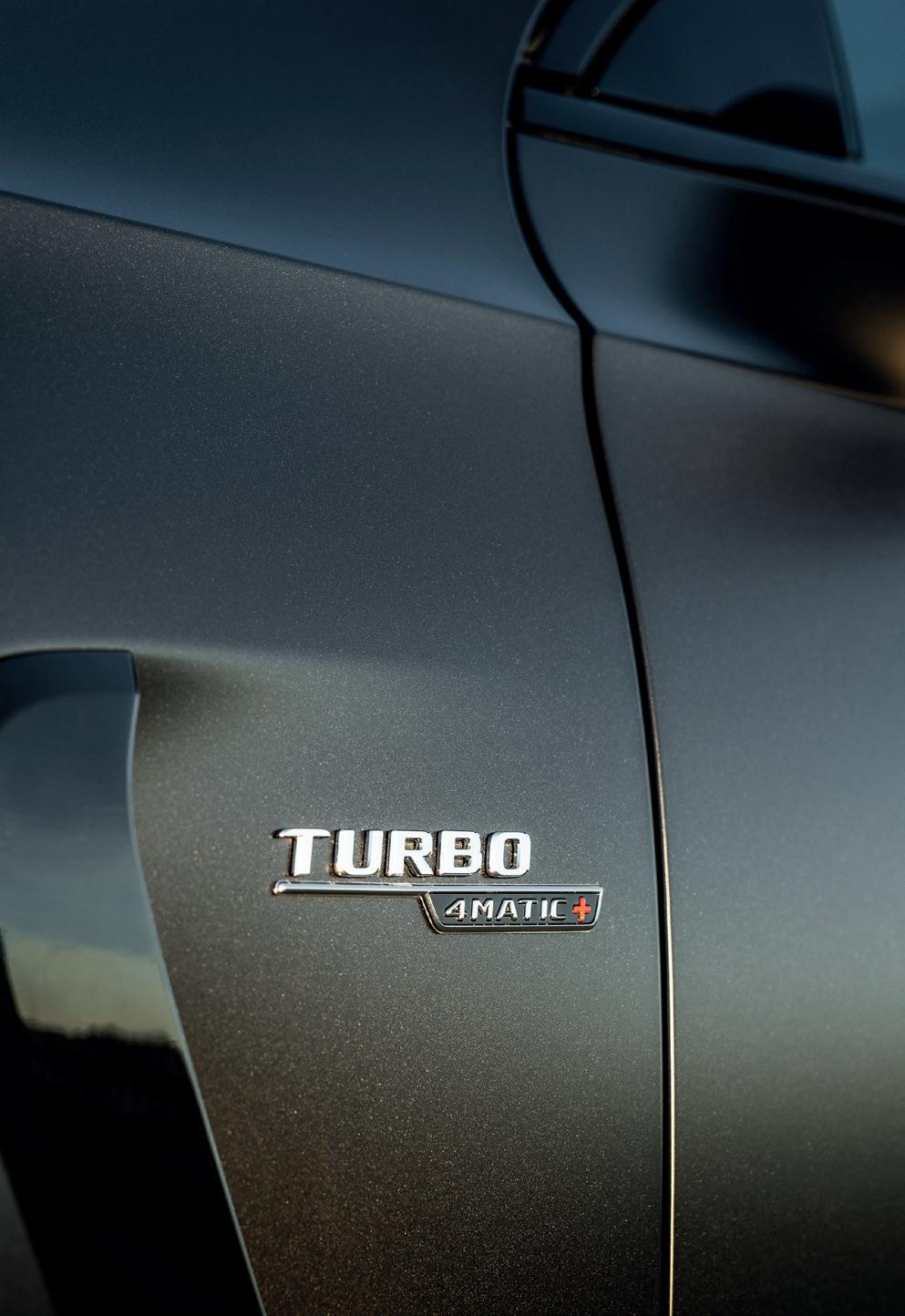
Optional DIGITAL LIGHT headlights enhance this dynamic look with daytime running light ellipses and blue lighting.
The distinctive front apron, flared fenders, and 19-inch wheels (with an option for 20-inch wheels) give the CLE 53 a commanding stance. At the rear, flowing surfaces and smooth transitions culminate in two-part LED lights connected by a dark red element, emphasising the car’s width. The round double tailpipe trims and a spoiler lip (available in vehicle colour or black) enhance the car’s aerodynamics.
Luxurious Interior
The interior of the CLE 53 4MATIC+ offers an exclusive experience with the latest MBUX infotainment system, including a 12.3inch fully digital driver display and an 11.9-inch central display in portrait format. Dynamic ambient lighting with 64 colours adds to the sophisticated atmosphere. The integral seats in ARTICO manmade leather and MICROCUT microfibre provide both sportiness and strong lateral support, with additional options in leather and Nappa leather.
The AMG performance seat, available as an option, features more pronounced seat bolsters and vertical openings for better ventilation and weight reduction. The standard AMG Performance steering wheel in double-spoke design offers seamless functionality with integrated buttons for intuitive operation of driving functions and programs.
Advanced Engine Technology
The CLE 53 4MATIC+ also impresses with its upgraded M 256M

inline six-cylinder turbo engine. Enhanced with optimised combustion chambers, redesigned inlet and outlet channels, new piston rings, and an improved exhaust gas turbocharger, the engine now delivers higher torque and efficiency. The integrated starter generator supports hybrid functions, including short-term boosting, recuperation, and seamless engine restart during start-stop operations.
The electronically limited top speed of 250 km/h can be increased to 270 km/h with the optional AMG Driver’s Package. The AMG high-performance brake system ensures optimal stopping power, with perforated and ventilated discs on both axles.
Drivers can customise their experience with the AMG DYNAMIC SELECT driving programs, ranging from “Slippery” to “Sport+” and “Individual,” allowing for a tailored driving experience. The AMG DYNAMICS driving dynamics control system further enhances stability and performance.
Superior Traction and Control
The fully variable AMG Performance 4MATIC+ all-wheel drive system provides optimal traction and driving safety, transitioning seamlessly from rear to all-wheel drive. The AMG RIDE CONTROL suspension, developed in Affalterbach, offers excellent driving dynamics and comfort, with adaptive damping that adjusts to driving conditions.
Enhanced Steering and Stability
The CLE 53 4MATIC+ also features a three-stage AMG speed-sensitive steering system and standard rear-axle steering, enhancing agility and stability. The AMG DYNAMIC PLUS package, available as an option, adds even more sporty features, including the RACE driving program with Drift Mode and red-painted brake callipers.
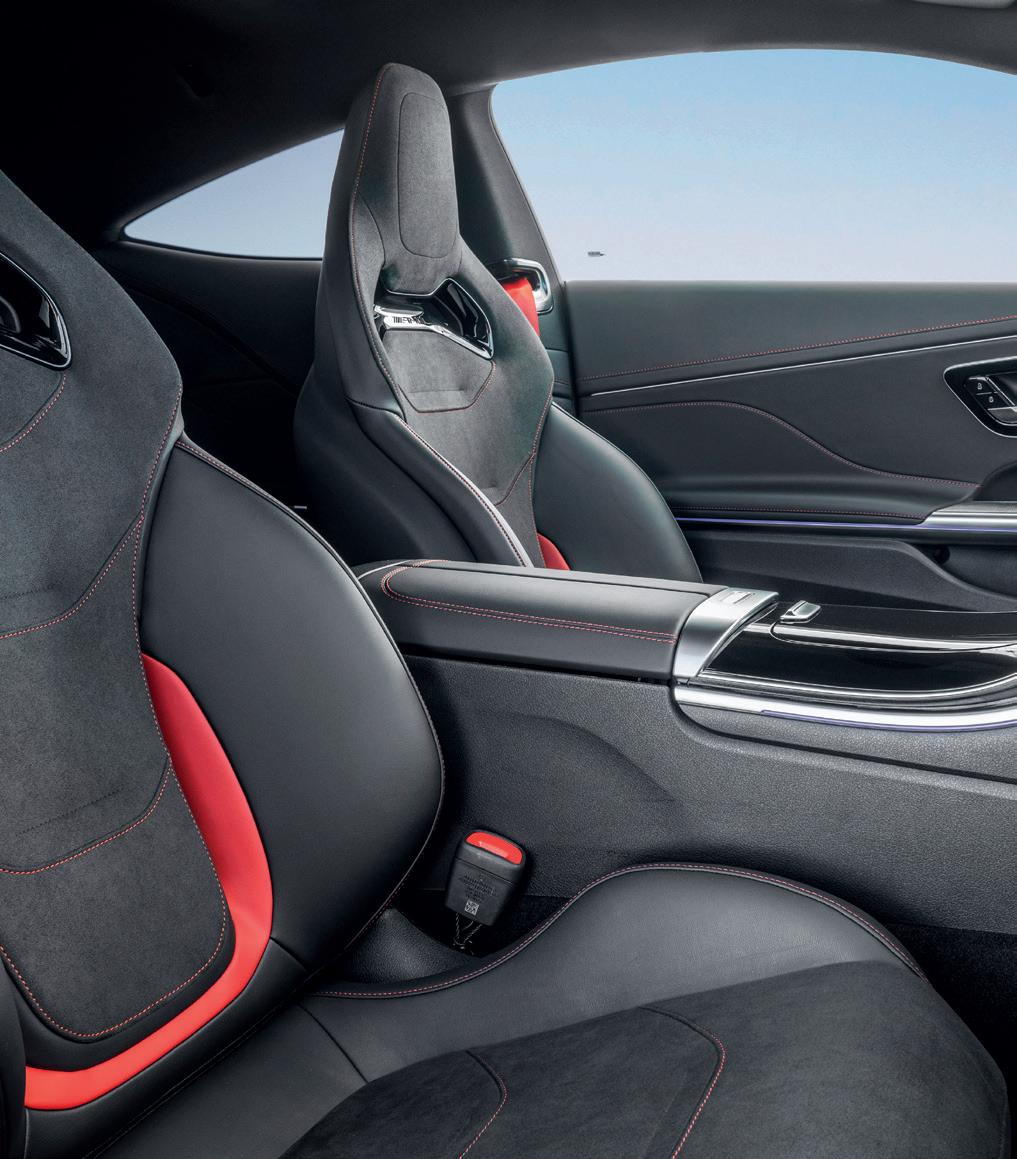
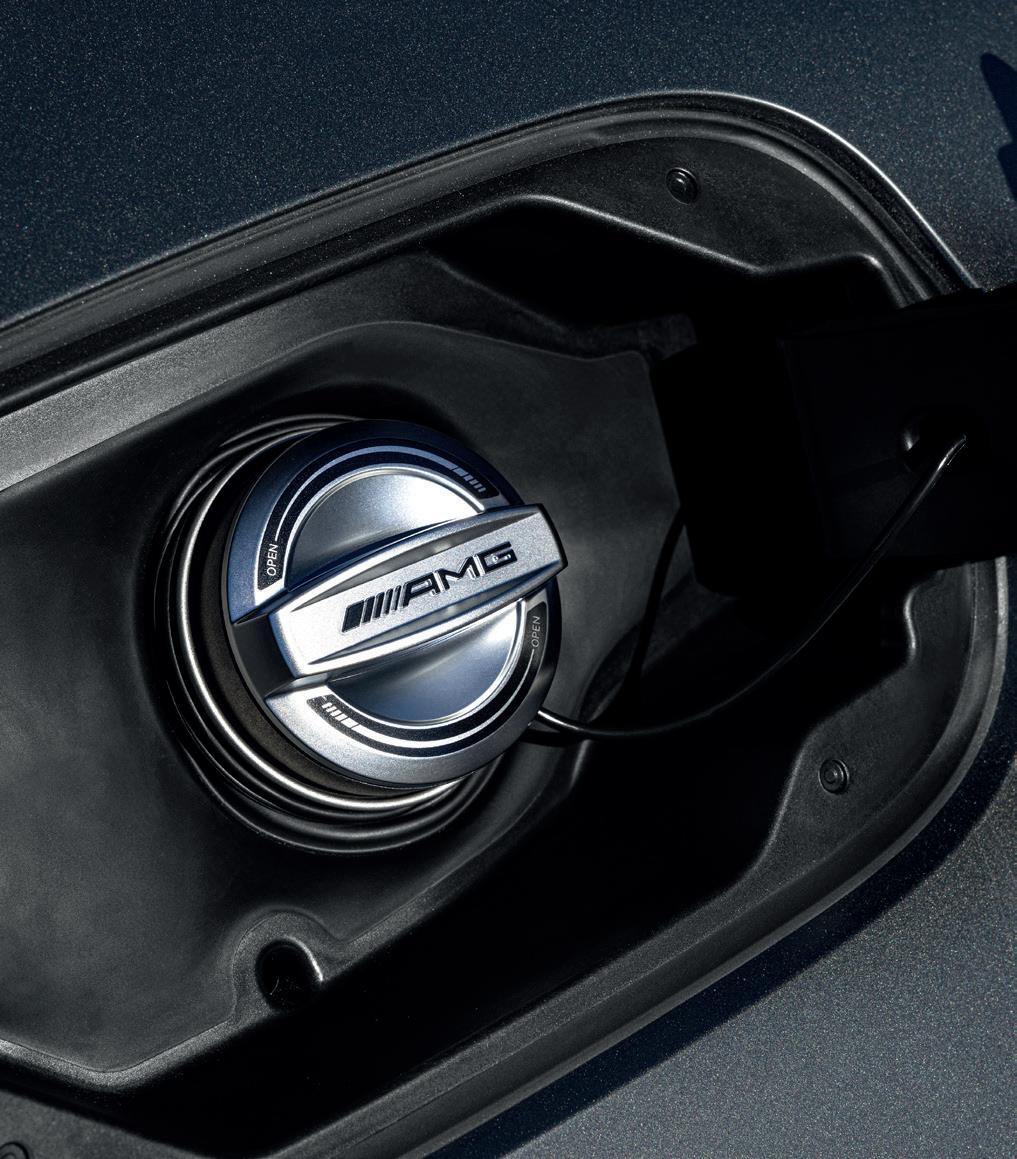
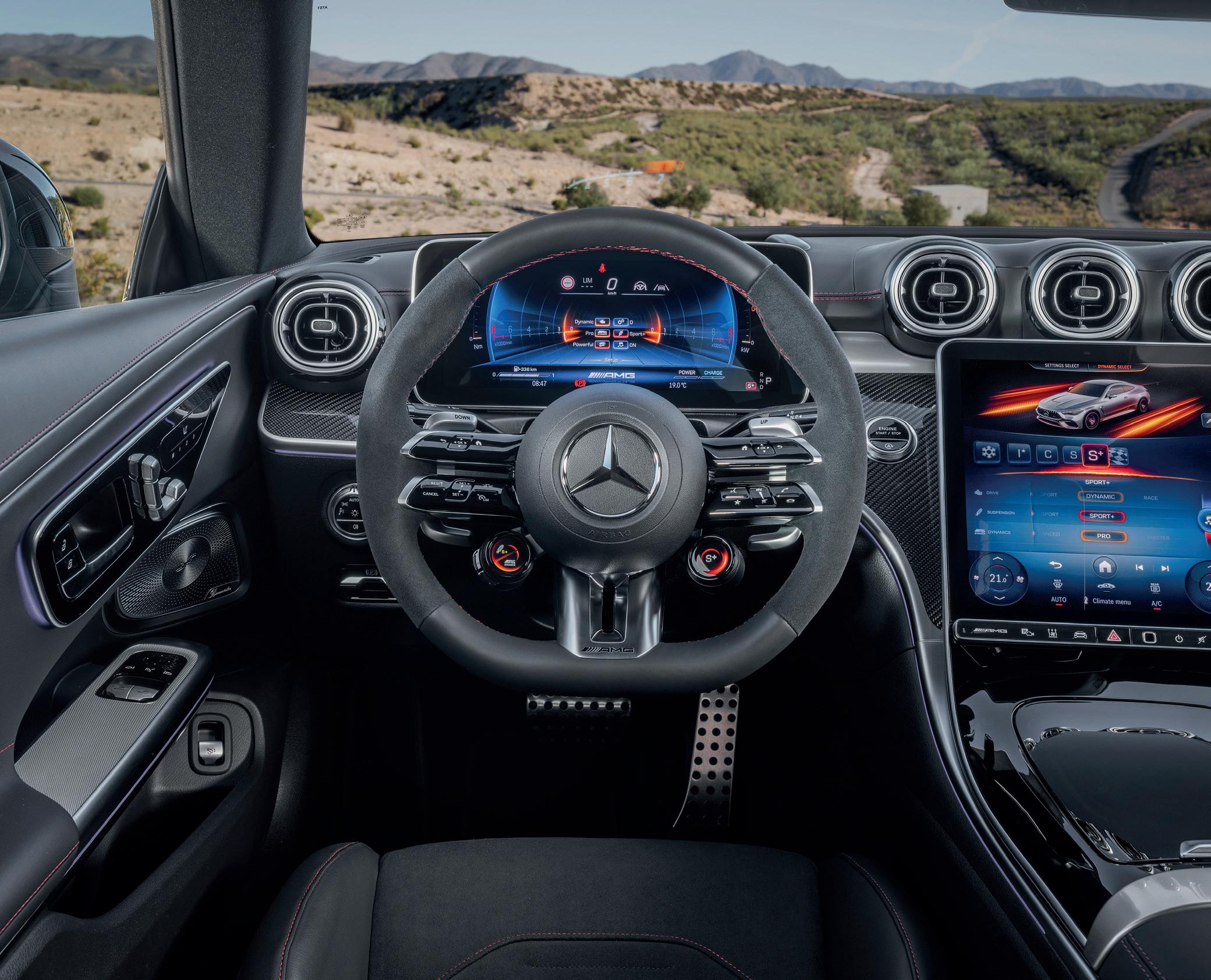
Bentley Motors introduces the fourth-generation Continental GT Speed, a stunning blend of supercar performance and handcrafted luxury. Featuring a revolutionary Ultra Performance Hybrid powertrain and refined design, this grand tourer redefines high-performance luxury



BBentley Motors proudly unveils the fourth-generation Continental GT Speed, a continuation of the 21-year legacy of the Continental GT family, blending supercar performance with handcrafted luxury and daily usability.
The new Continental GT Speed features a comprehensive redesign, inspired by the coachbuilt Bentley Bacalar and Batur. It introduces an Ultra Performance Hybrid powertrain delivering 782 PS and 1,000 Nm of torque from a 4.0-litre V8 engine paired with a 190 PS electric motor. The car accelerates from 0-60 mph in 3.1 seconds, offers an electric-only range of 50 miles (81 km), and boasts a total range of 534 miles (859 km), epitomising the everyday supercar.
Enhanced chassis technology complements the powertrain, including new dual-valve dampers, Bentley Dynamic Ride (48V active anti-roll control), eLSD, and torque vectoring. This results in exceptional body control and the best ride comfort in Continental GT history, supported by a 49:51 rear-biased weight distribution.
Modern technology underpins this luxury grand tourer, offering seamless driver assistance, infotainment, and connected car services, ensuring every journey is effortless.
The exterior design marks the most significant update in two decades, featuring single headlamps reminiscent of 1950s Bentleys. The interior showcases world-leading craftsmanship, with wellness seat technology, air ionisation, three-dimensional leather textures, modern quilting, and technical finishes like dark chrome.
A new 400-volt electrical architecture supports the advanced powertrain technology, delivering CO2 emissions of 29 g/km and an electric range of 50 miles (81 km) on the WLTP cycle. For the first time, the convertible Continental GTC launches alongside the coupé, offering flexibility for both open-top and closed-roof motoring.
Both models are handcrafted at Bentley’s Dream Factory in Crewe, England, with production and deliveries set to begin in Q3.
The new Continental GT Speed features a brand-new Ultra Performance Hybrid powertrain. The 4.0-litre V8 engine, producing 600 PS, works with a 190 PS electric motor, achieving a peak output of 782 PS. This enables a 0-60 mph time of 3.1 seconds and a top speed of 208 mph (335 km/h).
The eight-speed dual-clutch transmission and eLSD deliver power to all four wheels, with active torque vectoring enhancing traction and performance. The system includes:
• A 600 PS V8 engine with 800 Nm of torque, featuring 350 bar fuel injection pressure for improved emissions and performance.
• A 190 PS electric motor providing torque-fill at low speeds and during gear shifts.
• A 25.9 kWh battery mounted behind the rear axle, achieving near-perfect weight distribution and efficient energy use.
This hybrid system offers pure EV, electric boost,
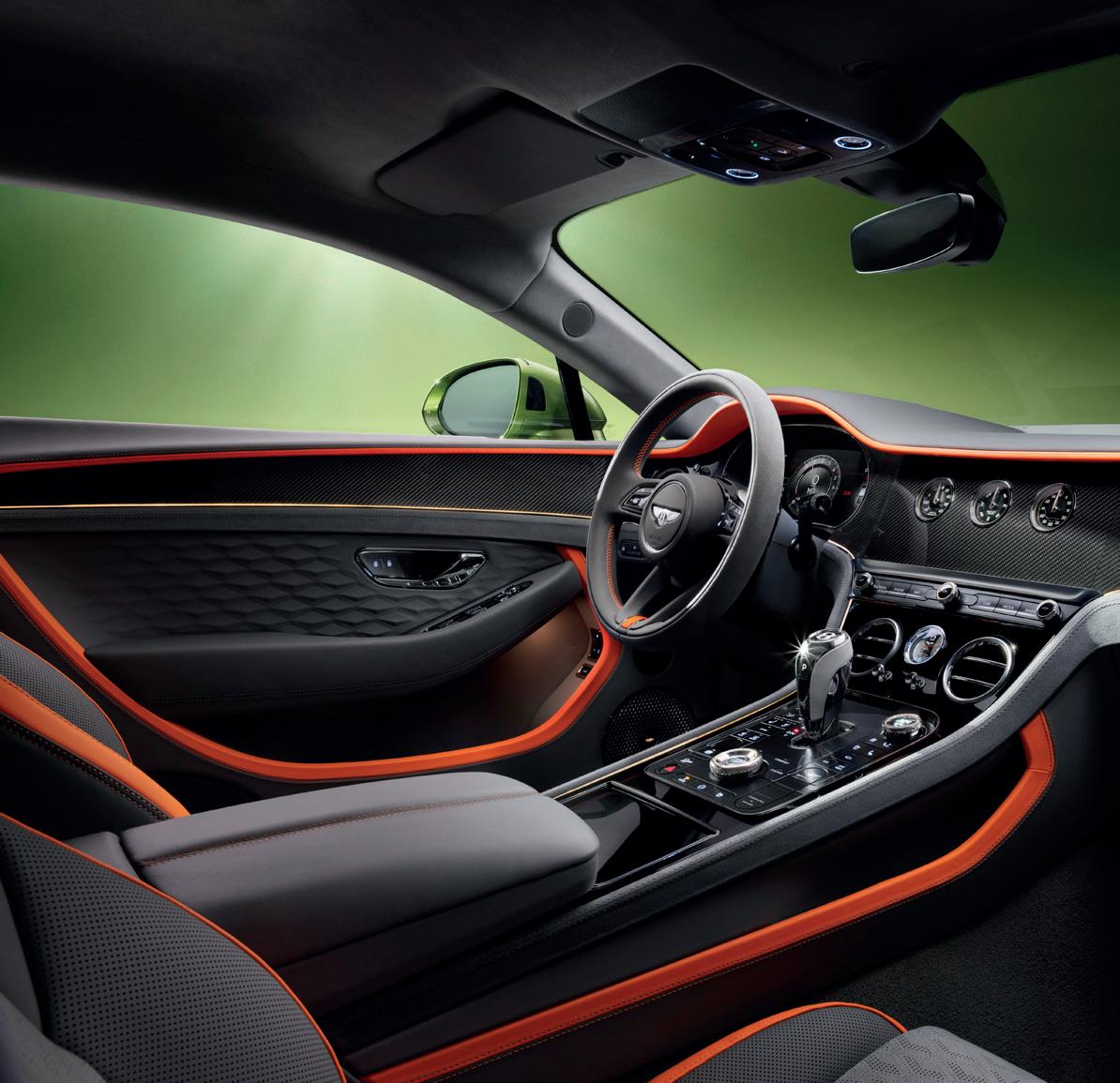
regenerative braking, and charge modes, combining extreme performance with reduced CO2 emissions and fuel consumption.
The Continental GT Speed features the new Bentley Performance Active Chassis, including Active All Wheel Drive, eLSD, all-wheel steering, torque vectoring, Bentley Dynamic Ride, and advanced ESC. This results in superior performance, handling, and comfort.
The twin-valve damping system enhances body control and ride comfort, supported by a 49:51 weight distribution for balanced dynamic driving. The braking system includes ventilated iron brakes or Carbon-Silicon-Carbide brakes, ensuring optimal stopping power.
The new Continental GT Speed maintains Bentley’s design heritage, characterised by a muscular yet relaxed stance. The redesigned front features single headlamps for the first time since the 1950s, enhancing the car’s determined expression. The rear includes a redesigned bumper, tail lights, and boot lid for improved aerodynamics and a cleaner look.
New 22” wheels add to the car’s dynamic appearance, inspired by the claws of a tiger.
The Continental GT Speed’s interior showcases Bentley’s craftsmanship, with precision quilting inspired by modern fashion, 20-way adjustable seats, and optional Wellness seating. The Dark Chrome Specification offers a contemporary aesthetic, with bespoke options available from Mulliner.
Three audio systems are available, including a Naim 2,200 W system for audiophiles. The innovative Bentley Rotating Display
and customizable mood lighting enhance the luxurious cabin experience.
New colour options, including Gravity Grey hide and Tourmaline Green, expand the palette for the Continental GT Speed, offering sophisticated and striking choices.
The fourth-generation Continental GT and GTC Speed feature advanced electrical architecture, enhancing infotainment and driver assistance. The My Bentley App Studio offers vehicle and third-party applications for a seamless digital experience.
For the first time, the Continental GTC is launched alongside the coupé, featuring a seven-bow fabric roof deployable in 19 seconds at speeds up to 30 mph (48 km/h). The GTC Speed offers a 0-60 mph time of 3.2 seconds and a top speed of 177 mph (285 km/h).
To showcase the Continental GT Speed’s performance, Bentley set an unofficial speed record in Norway’s Ryfylke Tunnel, achieving 208 mph (335 km/h) in just 33 seconds. This project highlights the car’s engineering excellence and sustainability, running on renewable biofuel and electricity.
The new Continental GT Speed redefines the grand tourer, combining modern design, powerful performance, and unparalleled luxury. With advanced technology and exceptional craftsmanship, it offers an extraordinary driving experience for discerning customers.
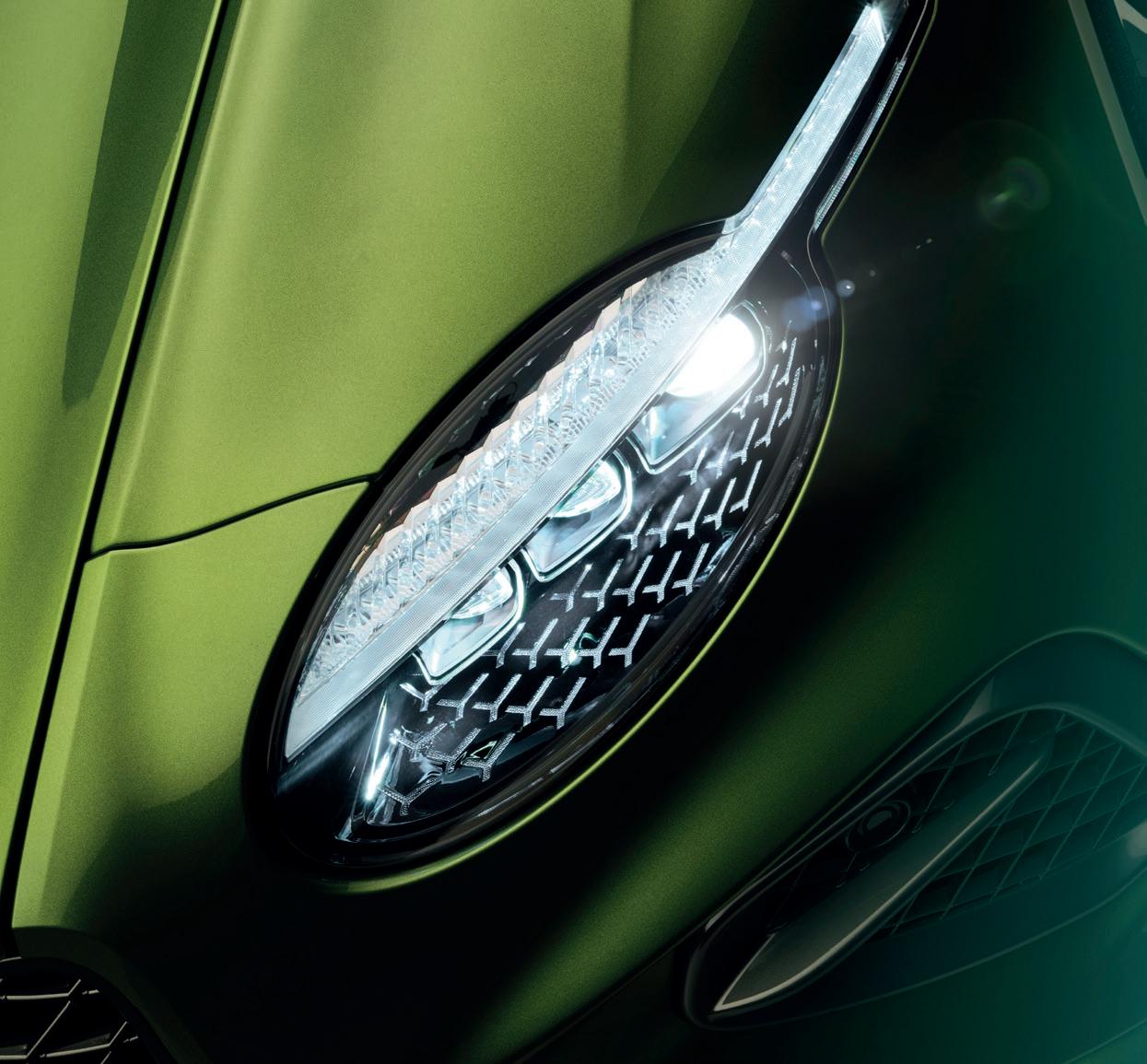
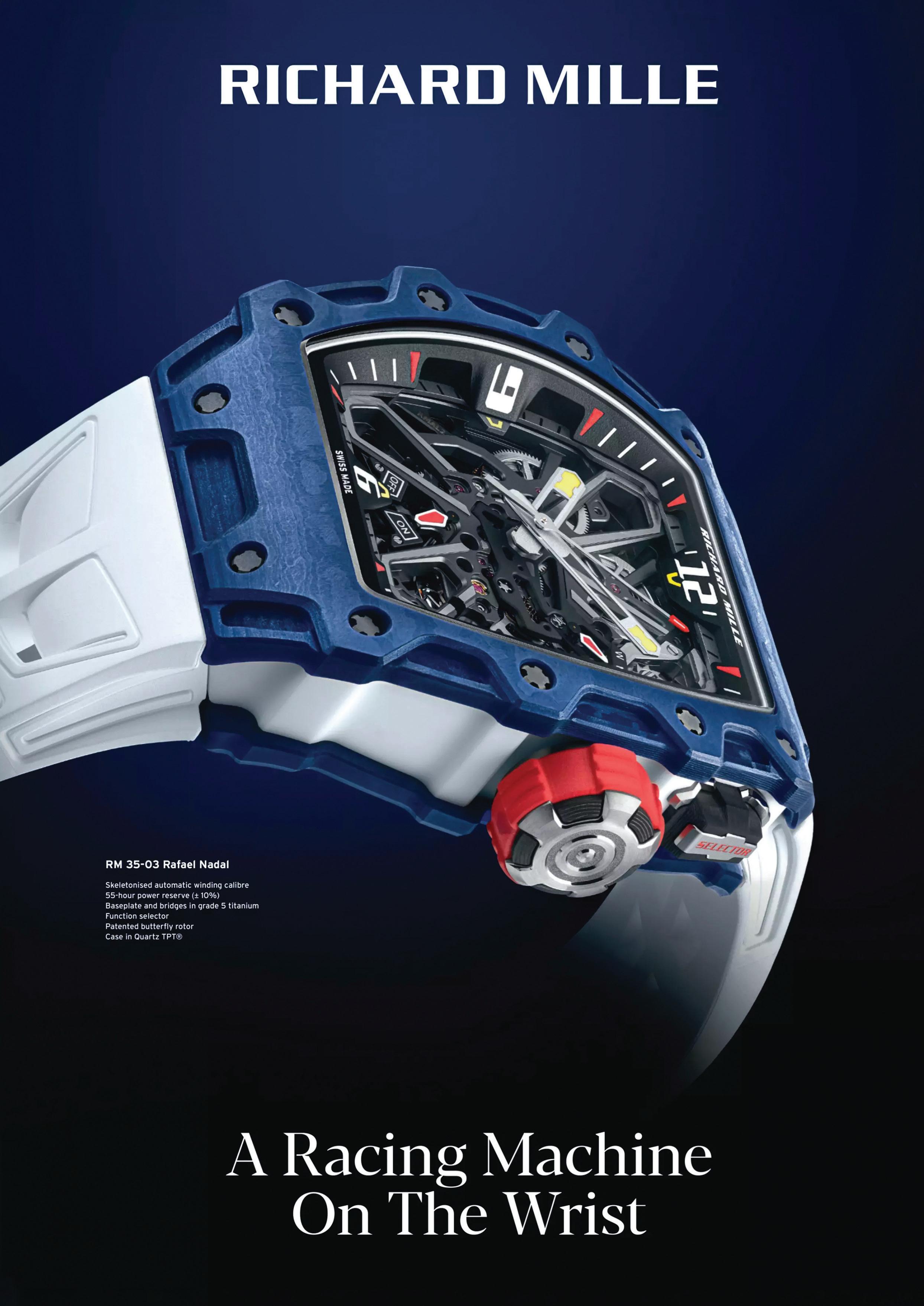
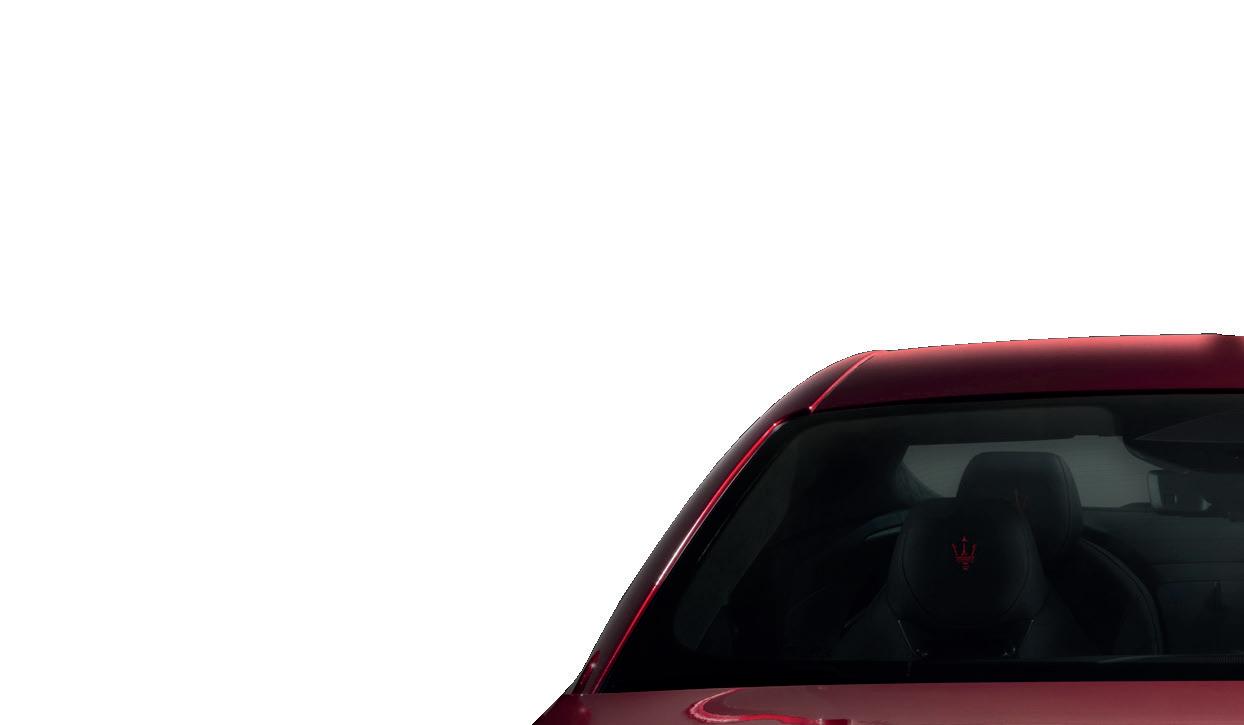
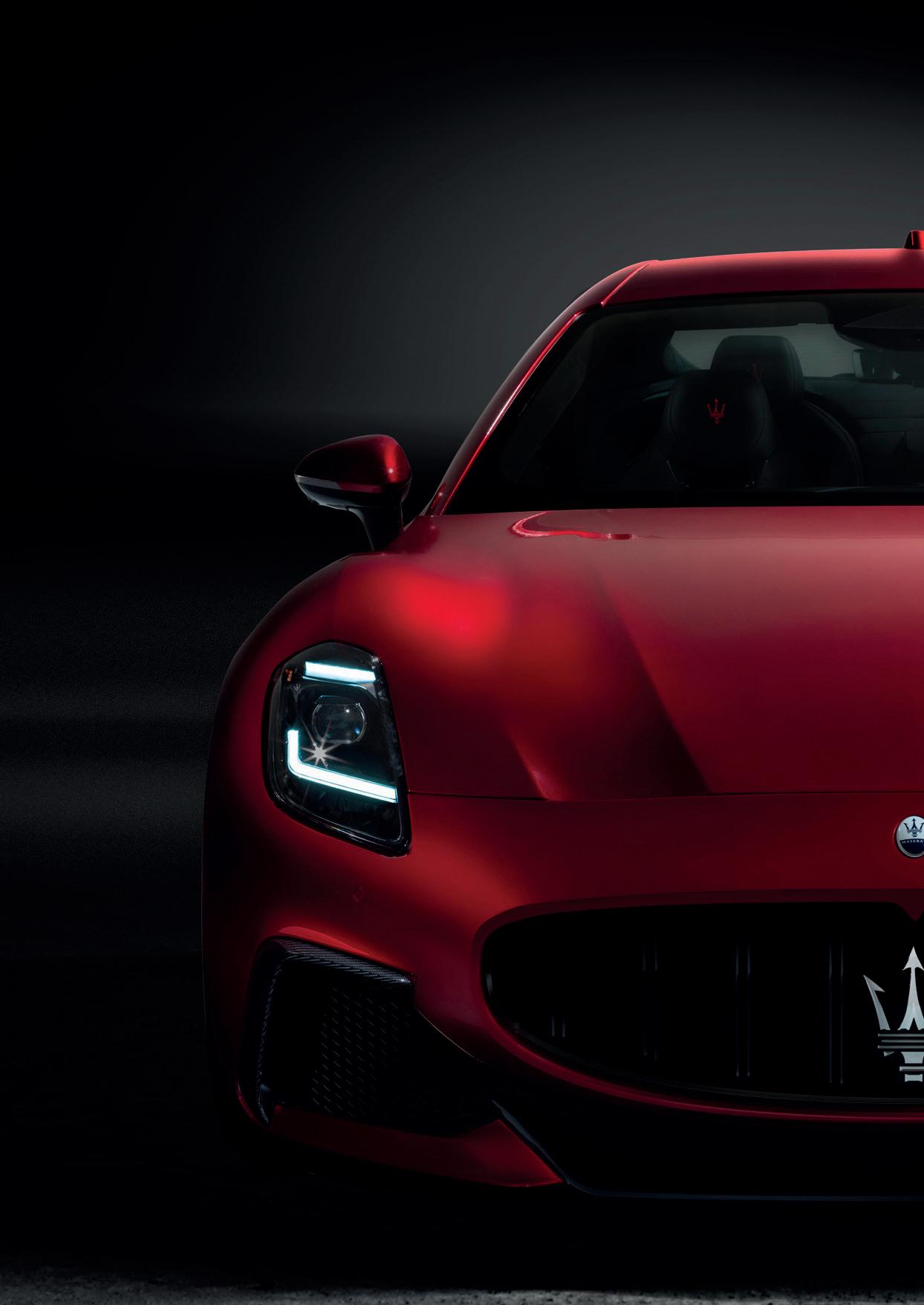
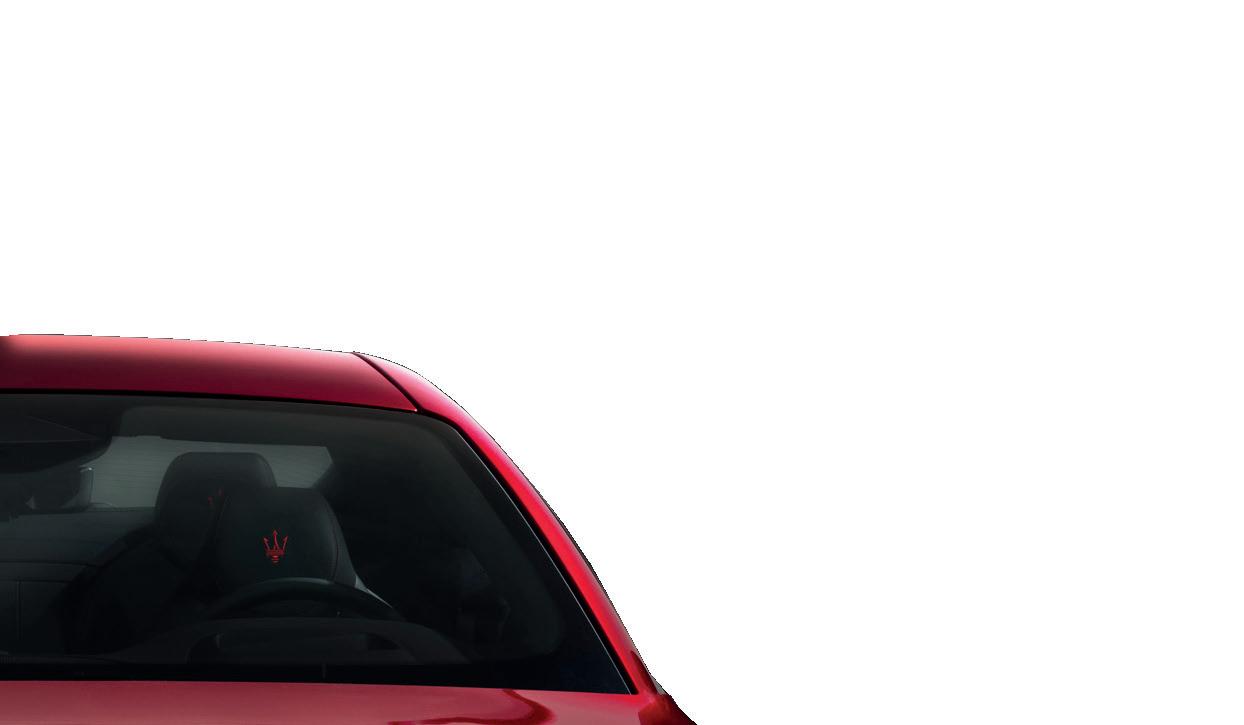
The allure of Italian automotive craftsmanship reaches new heights with the debut of the Maserati GranTurismo Trofeo. This modern marvel captures the essence of Maserati's storied past while propelling it into the future with cuttingedge innovation. As I took the wheel, the nostalgic roar of the engine echoed in my mind, now reborn with a 21st-century twist. Join me as we explore how Maserati has masterfully blended tradition and technology in their latest grand tourer
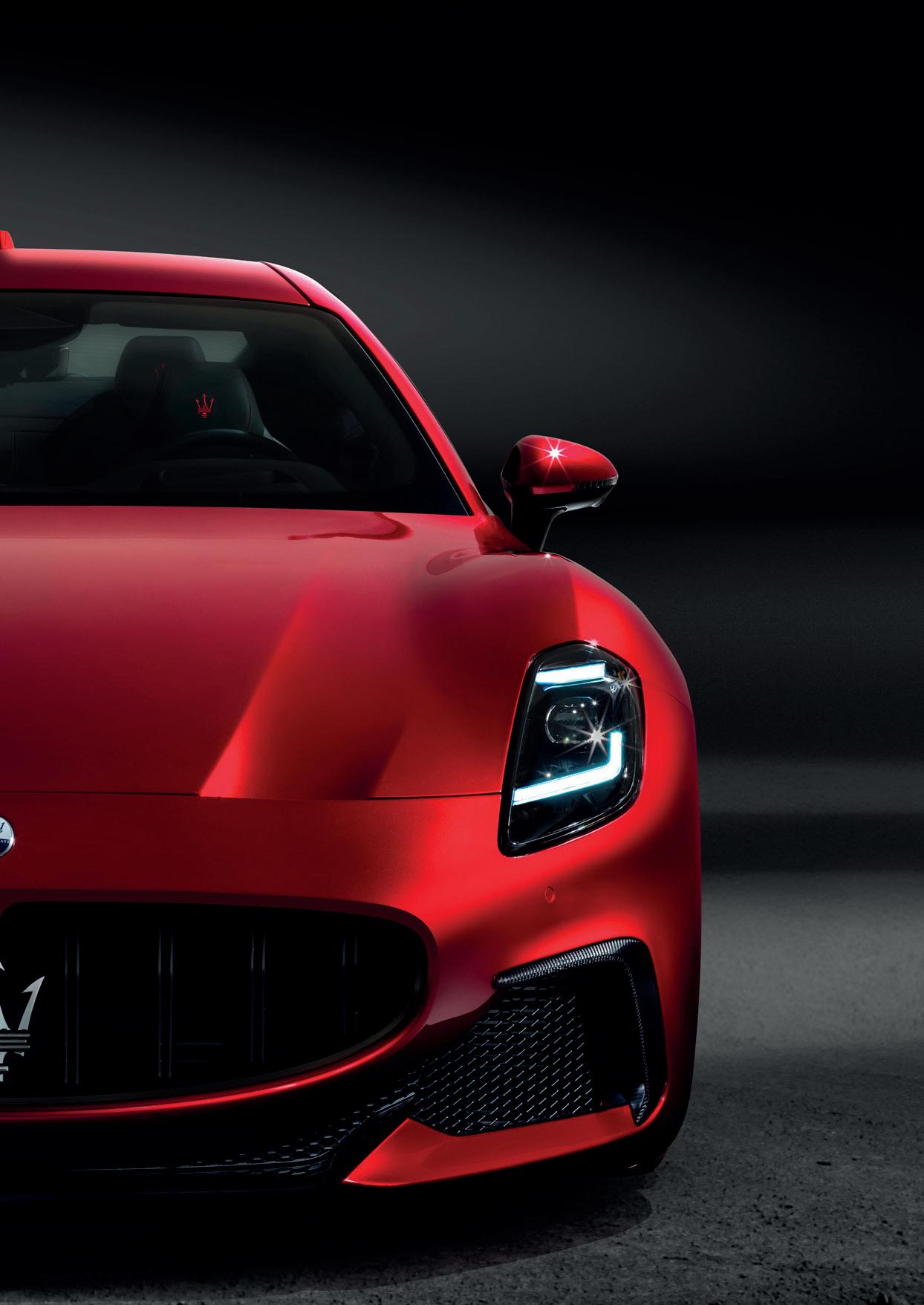
MMy journey with Maserati began many years ago as an avid young car enthusiast. My walls were filled with posters of Lamborghini’s, Ferraris and Porsche's. Among these icons, a mysterious Italian marque captured my attention—the introduction of the early 2000s Maserati Spyder, which later evolved into the GranTurismo, made a bold statement among its supercar rivals. With its Ferrari-derived V8 and a delightfully unique exhaust note, the beautifully sculpted curves designed by the legendary Pininfarina firmly established the GranTurismo on the automotive map. Despite some issues, the original GranTurismo was fast, fun, and audaciously loud, leaving a legacy cherished by many.
Now, as I’m a little old and somewhat wiser, almost 20 years after its original incarnation, the GranTurismo has also matured, with it’s latest incarnation presented in an all-new super GT format. The distinctly muscular silhouette remains (unlike mine), but the car has received a comprehensive 21st-century revamp. Attention to detail is paramount. From the low, aggressive front end with an almost haunched stance through to the pronounced arches, the new GranTurismo carries many design cues from the original that we all know and love.
The new GranTurismo embodies the same spirit that captured hearts two decades ago, now refined and modernised to meet
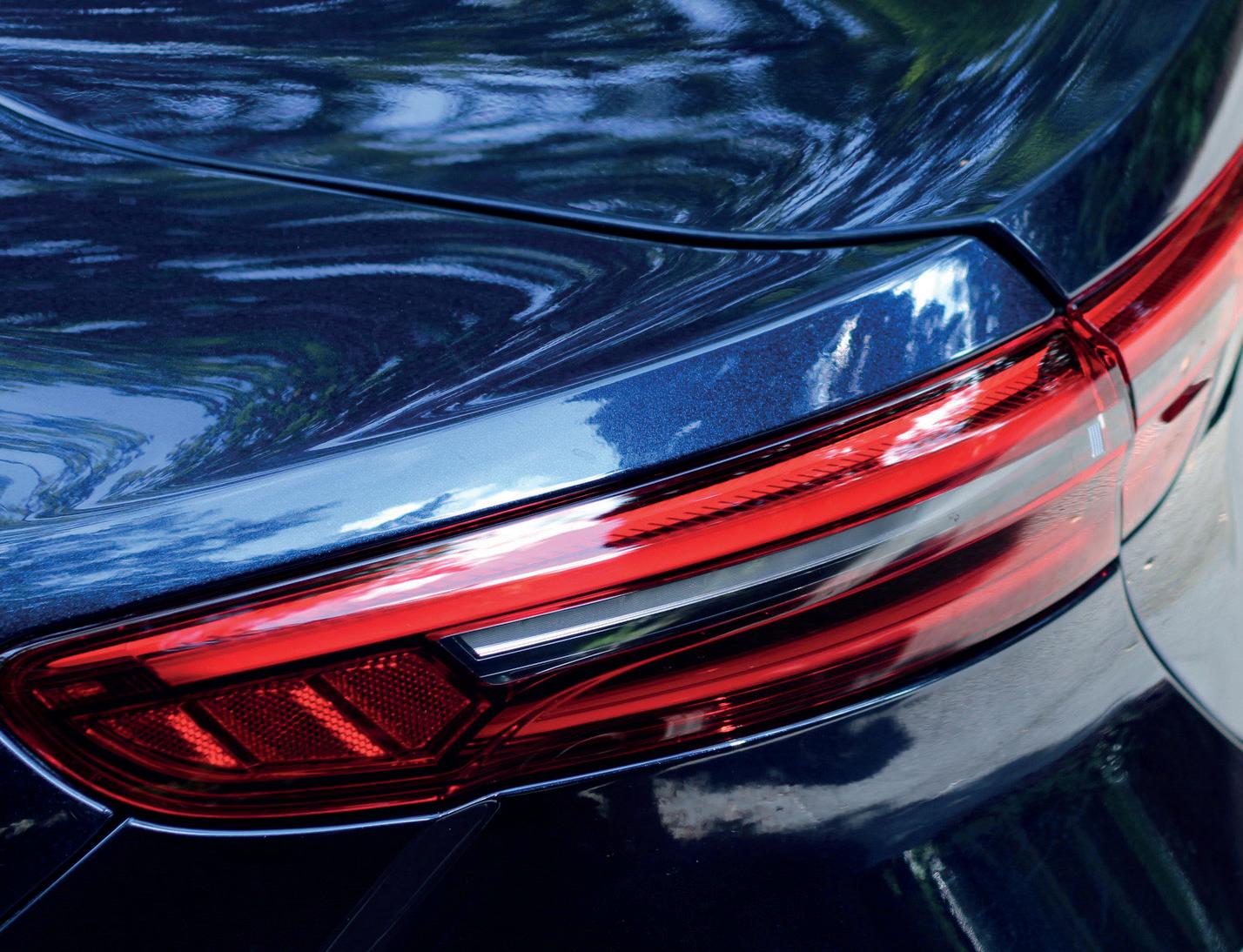
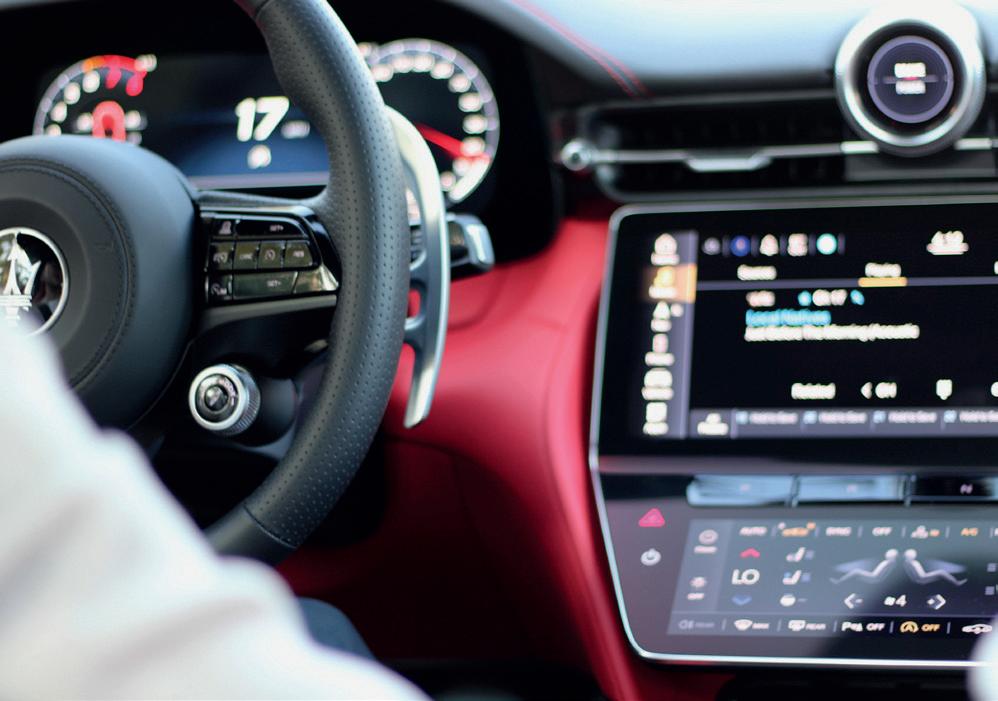
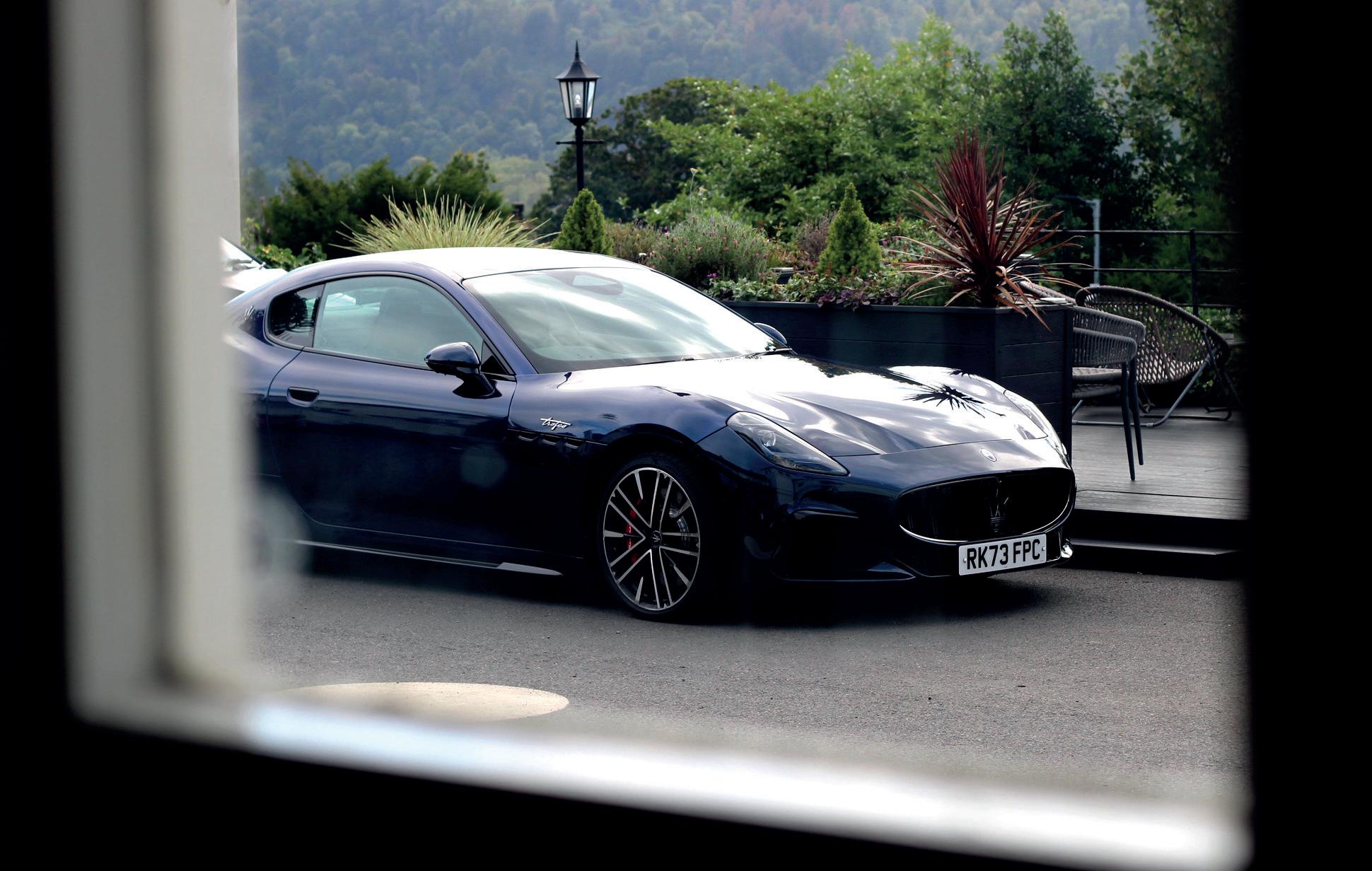
contemporary standards. The evolution of this model is not just about maintaining legacy but enhancing it with cutting-edge technology and design innovations. This new iteration stands as a testament to Maserati’s commitment to excellence and tradition, ensuring that the GranTurismo remains a symbol of luxury and performance in the automotive world.
This new iteration blends advanced technology with Maserati’s signature style, presenting a formidable competitor to the likes of the Porsche 911, Lexus LC, and BMW 8 Series. After 20 something year of admiring the GT from afar, I had the privilege to take the new Trofeo model for an extended road test.
The first impression is crucial, and the GranTurismo does not disappoint. Klaus Busse, Maserati’s head of design, describes the car’s aluminium bonnet as a “masterpiece that should be hung on a museum wall.” and I couldn’t agree more. Every angle presents a new sculpture-like feature, accentuated by carbon fibre highlights throughout the exterior. The car’s advanced, lightweight aluminium and steel hybrid construction marks a significant improvement over the previous generation, ensuring both rigidity and weight efficiency. This design not only offers aesthetic appeal but also accommodates the low-slung front-mid positioning of the MC20’s twin-turbo Nettuno V6 engine and the ZF 8-speed automatic gearbox.
Despite its substantial size, the GranTurismo maintains an elegant profile. The design draws heavily from its predecessor, ensuring continuity while enhancing modern aesthetics. This thoughtful approach has created a vehicle that is both familiar and refreshingly contemporary. The Trofeo model, with its aggressive front valance and four prominent exhaust pipes, stands out distinctly, embodying the performance potential within.
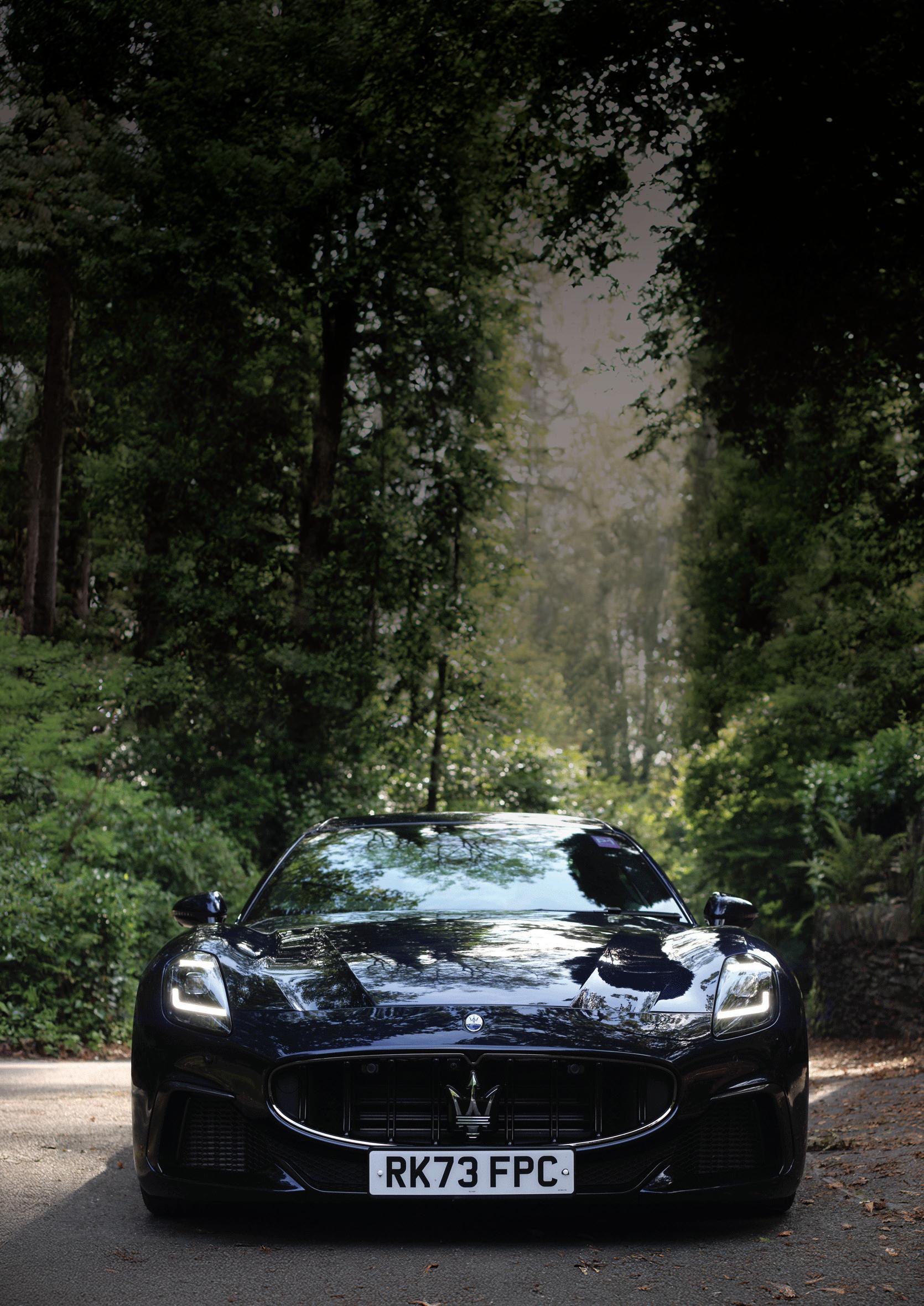
“Designing a car like the GT, which will be admired in collections and judged for years, carries significant responsibility. This initial philosophical debate is crucial and challenging, and the final stage of fine-tuning the car, seeing it come to life after years, is immensely rewarding.”
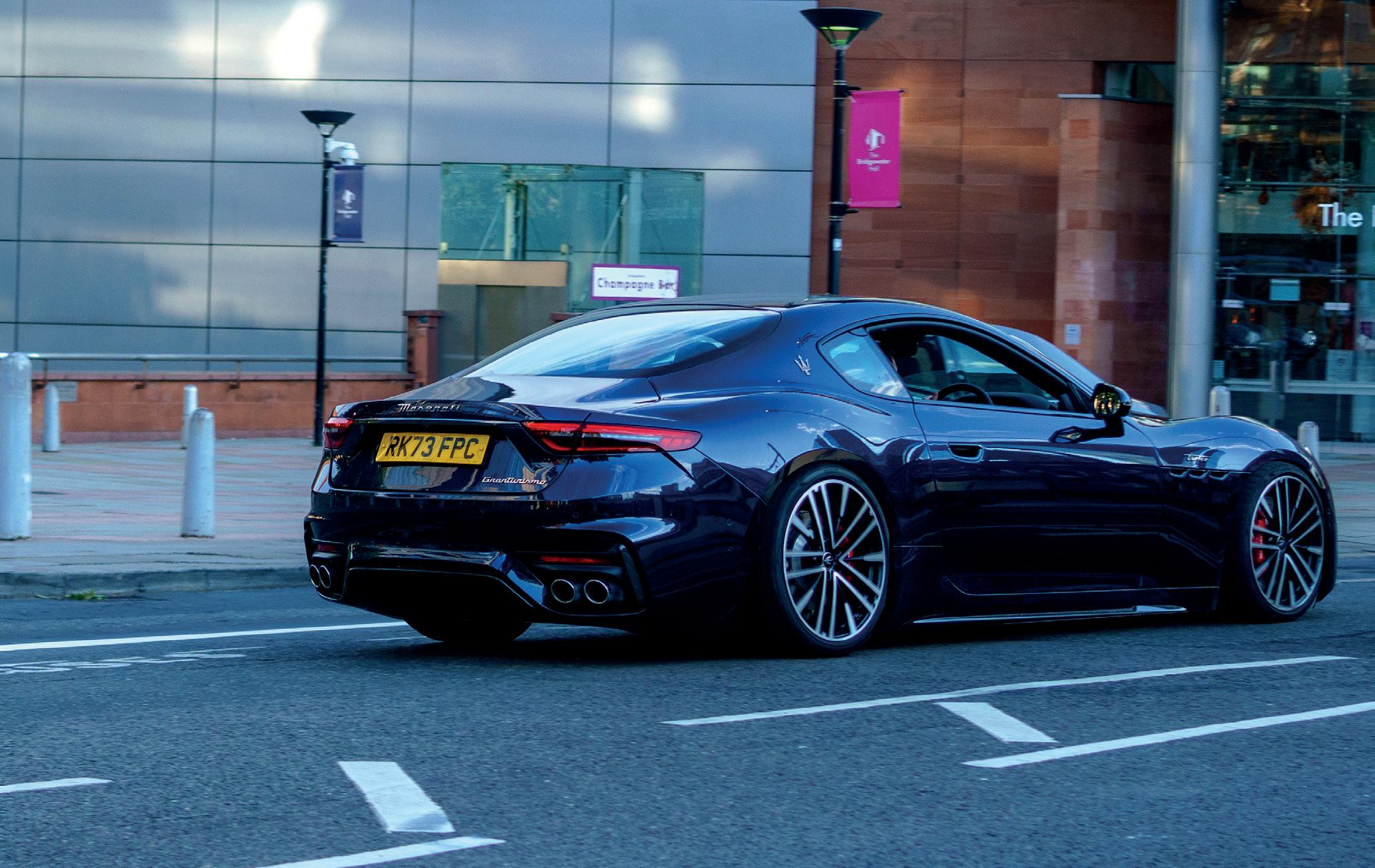
Under the hood, the Trofeo houses a 3.0-litre V6 Nettuno engine, derived from the MC20 supercar. This twin-turbocharged marvel delivers 542 horsepower and 479 lb-ft of torque at a low 3000 rpm. The Trofeo’s performance is breathtaking; Maserati claims it can accelerate from 0 to 60 mph in just 3.2 seconds and complete a quarter-mile in 11.5 seconds at 121 mph. On a private road, I can confirm these figures are very close to real world conditions.
Driving the GT Trofeo is an exhilarating experience. In Comfort mode, the air suspension absorbs bumps effortlessly, offering a smooth and serene ride. Switch to Sport mode, and the car transforms. The suspension firms up, the steering becomes more responsive, and the exhaust note deepens, creating a more immersive driving experience. The transition from a refined grand tourer to a focused sports car is seamless. To release the car’s full potential, a further turn of the dial to Corsa mode unleashes a completely new animal. With throttle response at 100%, maximum suspension stiffness and minimal ride height, and ALL driver aids turned off, you can really light the rear tyres up. Again, on a private road of course. Launch control is easy to engage, and with a little practice can be timed to perfection, and the off-line acceleration is blisteringly fast. The instant torque is comparable to a 911, which is surprising considering the mass of the car.
The chassis, benefiting from double wishbone front and multilink rear suspension, provides excellent stability and control. The all-wheel-drive system, capable of distributing torque variably between the axles, enhances traction and ensures a dynamic driving experience. The handling is precise, with minimal understeer and a balanced feel that inspires confidence.
So, what about the sound? This is the question on all car enthusiasts
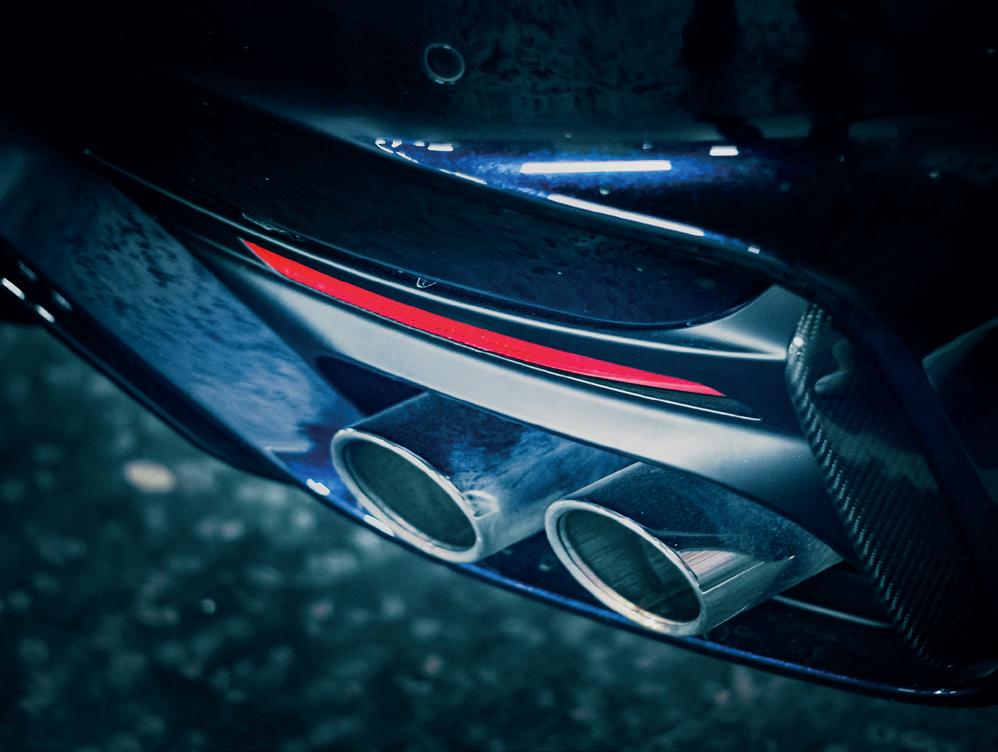



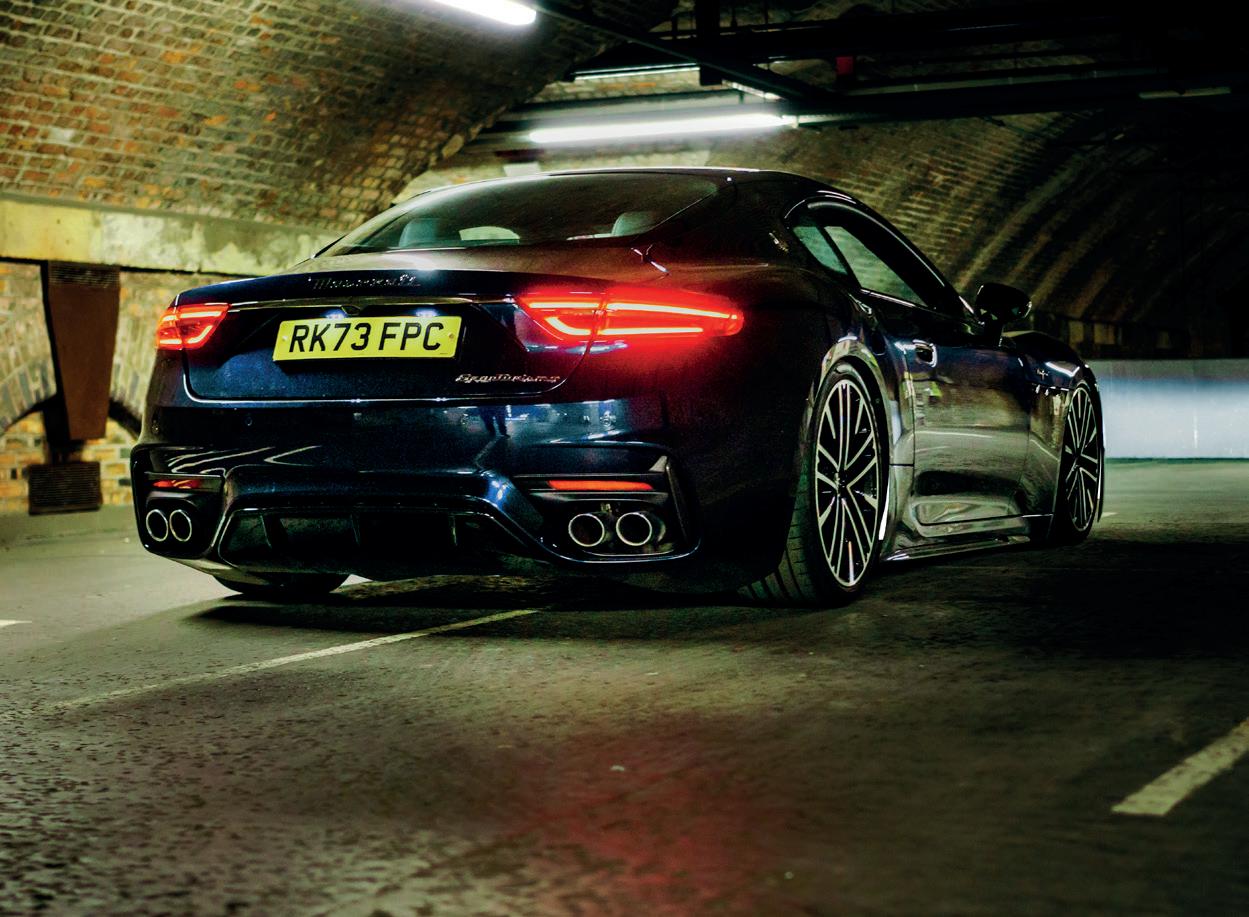
lips. The original GT was famed for its raspy V8, with tuned headers, downpipes and stainless steel exhaust, making for a prominent low idle rumble, followed by a refined scream as the revs increased. With the new model having more eco-friendly V6 engine, you’d be forgiven for thinking that it’s just not going to sound as good. This is where you’d be wrong. A cold start initiates a more respectable low idle burble, but after hitting Sports mode and selecting manual paddle shift, the valves open up and the red line creeps in at 8,000 rpm producing a symphony of engine notes that encourage constant downshifting. Although not as loud, it’s certainly more refined, and sounds every bit as impressive as the good old days.
Stepping inside the GranTurismo, the cabin exudes luxury. High-end materials and meticulous craftsmanship are evident throughout. The front seats, both comfortable and supportive, provide an ideal driving position. The rear seats, while more spacious than previous models, are best suited for shorter journeys or additional luggage space. The boot, sufficiently large for a weekend getaway, further enhances the car’s practicality.
Maserati has significantly upgraded the onboard technology. The infotainment system, a Googlebased setup, features a 12.3-inch central touchscreen and an 8.8-inch display for climate controls. The graphics are crisp, and the system includes navigation, smartphone integration, and wireless charging. The optional Sonus Faber sound system, with up to 19 speakers, delivers an exceptional audio experience. If the soundtrack of the tuned exhaust note isn’t enough, the upgraded sound system really packs a punch, with crisp high’s and sharp deep lows.
In addition to the petrol-powered models, Maserati offers an all-electric version known as the Folgore. This variant features three electric motors producing a combined 751 horsepower, with an estimated range of around 280 miles. The Folgore represents Maserati’s commitment to an electrified future while maintaining the performance and luxury associated with the brand.
The 2024 Maserati GranTurismo Trofeo is a remarkable blend of luxury, performance, and cutting-edge technology. Maserati has successfully revitalised the GranTurismo, maintaining its character while enhancing its capabilities. Whether you opt for the petrolpowered Trofeo or the electric Folgore, the new GranTurismo stands out as one of the best grand tourers on the market today.
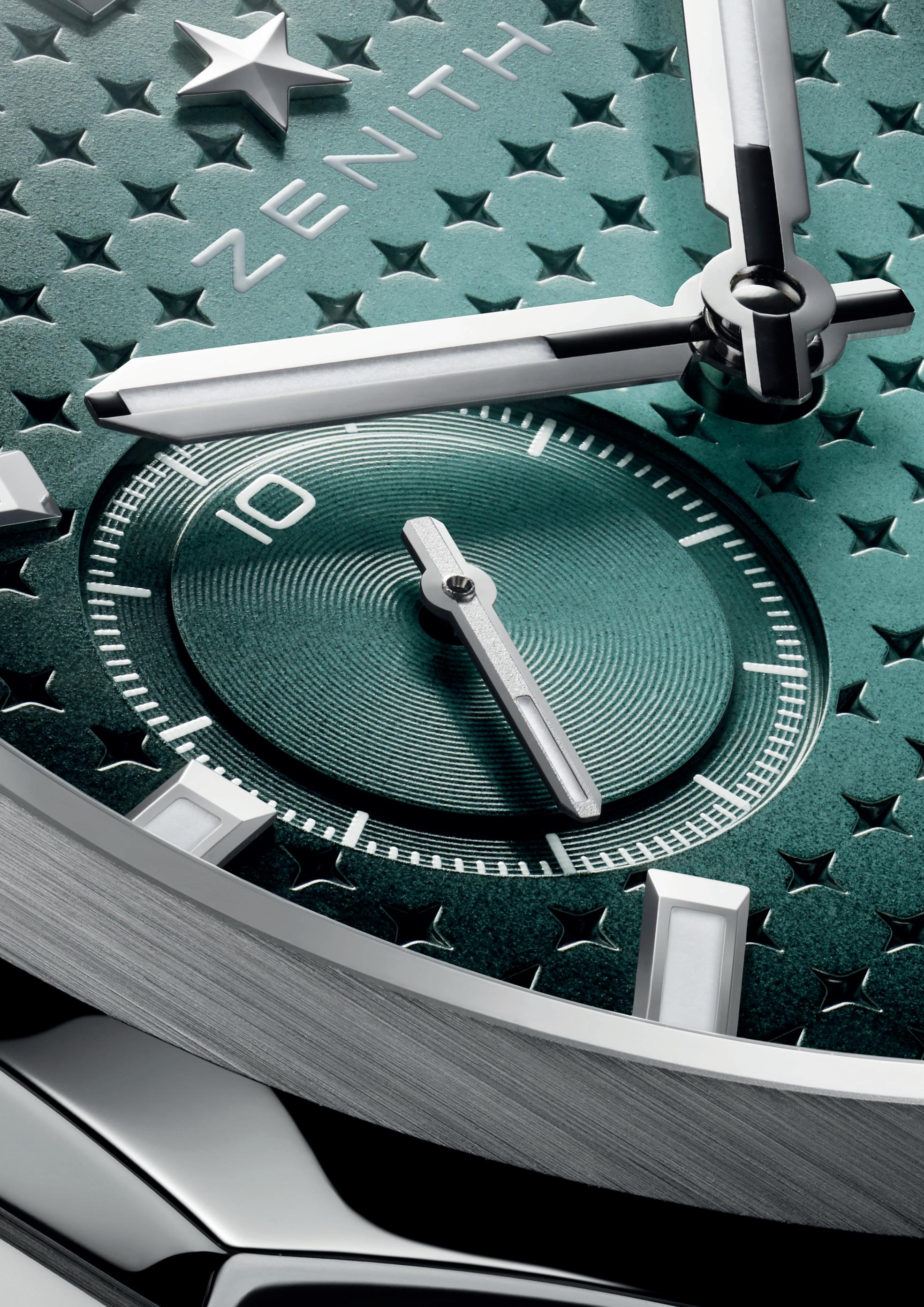
Zenith's latest creation, the DEFY Skyline Édition Paris, seamlessly captures the essence of one of the world’s most iconic cities. As Paris gears up for a summer of global engagement, Zenith has unveiled a limited edition timepiece that epitomises the city’s architectural and historical charm
AAs Paris embraces a global influx of visitors this summer, Zenith has made a significant statement with the introduction of the DEFY Skyline Édition Paris. This highly anticipated limited edition, restricted to just 50 pieces, represents a bold tribute to the city’s architectural and historical richness. Zenith CEO Benoit de Clerck welcomed an elite gathering of guests, clients, and press to unveil this distinguished model, showcasing the brand’s commitment to innovation and exclusivity.
The DEFY Skyline Édition Paris stands as a contemporary evolution of Zenith’s pioneering DEFY collection, which first debuted in 1969. This latest iteration marries the collection’s enduring design ethos with a fresh and distinctive aesthetic. Characterised by its sculpted lines and geometric facets, the DEFY Skyline maintains the robust qualities synonymous with the DEFY lineage while introducing a new visual dimension.
This exclusive model distinguishes itself with its verdigris gradient dial—a first for Zenith’s modern offerings. The design draws inspiration from Paris’s unique skyline, where historical and modern elements converge seamlessly. Parisian architecture, from the ornate rooftops of classical buildings to the art nouveau metro entrances and historic bridges, is richly imbued with copper hues. This verdant tone, reminiscent of aged copper, symbolises both resilience and the passage of time.
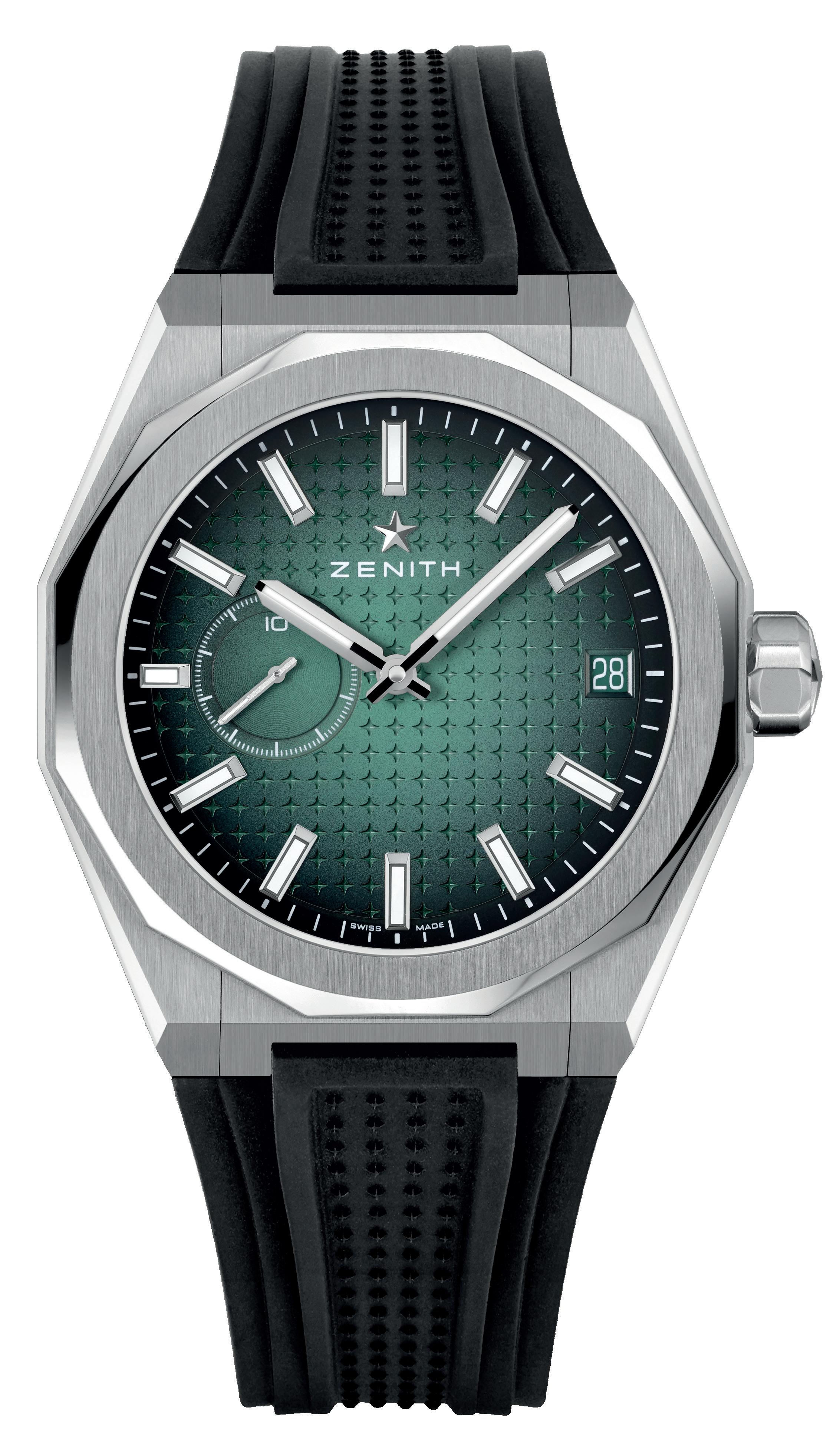
The gradient effect of the DEFY Skyline
Édition Paris dial pays homage to Zenith’s tradition of innovative colour application, a hallmark first demonstrated in the 1970s with models such as the A3642, A3690, and A3691. These early DEFY watches were renowned for their pioneering use of gradient effects, which Zenith now reintroduces in a modern context with this Parisian edition. The geometric dial, adorned with Zenith’s signature Starry Sky pattern, further enhances the depth and allure of the verdigris hue.
Powering the DEFY Skyline Édition Paris is the El Primero 3620 automatic calibre, renowned for its high-frequency precision. This movement boasts a 1/10th of a second indicator, driven by a 5Hz escapement, and offers a power reserve of approximately 60 hours. The watch includes a stop-second mechanism for precise time-setting, ensuring accuracy and reliability. The case back is elegantly engraved with “ÉDITION PARIS” alongside the limited edition number, underscoring its exclusivity.
The DEFY Skyline Édition Paris is presented on an integrated steel bracelet, complemented by a black patterned rubber strap. This versatile pairing allows for effortless customisation, facilitated by Zenith’s innovative quick strap-change system, which requires no tools.
Each of the 50 limited-edition timepieces will be delivered in a bespoke package, designed specifically for this release, with each watch numbered to enhance its collectible value.
The DEFY Skyline Édition Paris will be available exclusively through Zenith’s physical and online boutiques in France. This release not only celebrates Zenith’s rich heritage but also cements its commitment to creating exceptional timepieces that reflect the timeless elegance of one of the world’s most iconic cities.
Omega's Paris 2024 Bronze Gold Edition celebrates Olympic triumph with a timepiece combining gold, silver, and bronze. Honouring its legacy as Official Timekeeper since 1932, this watch merges historical inspiration with modern sophistication, embodying Omega's commitment to precision and craftsmanship
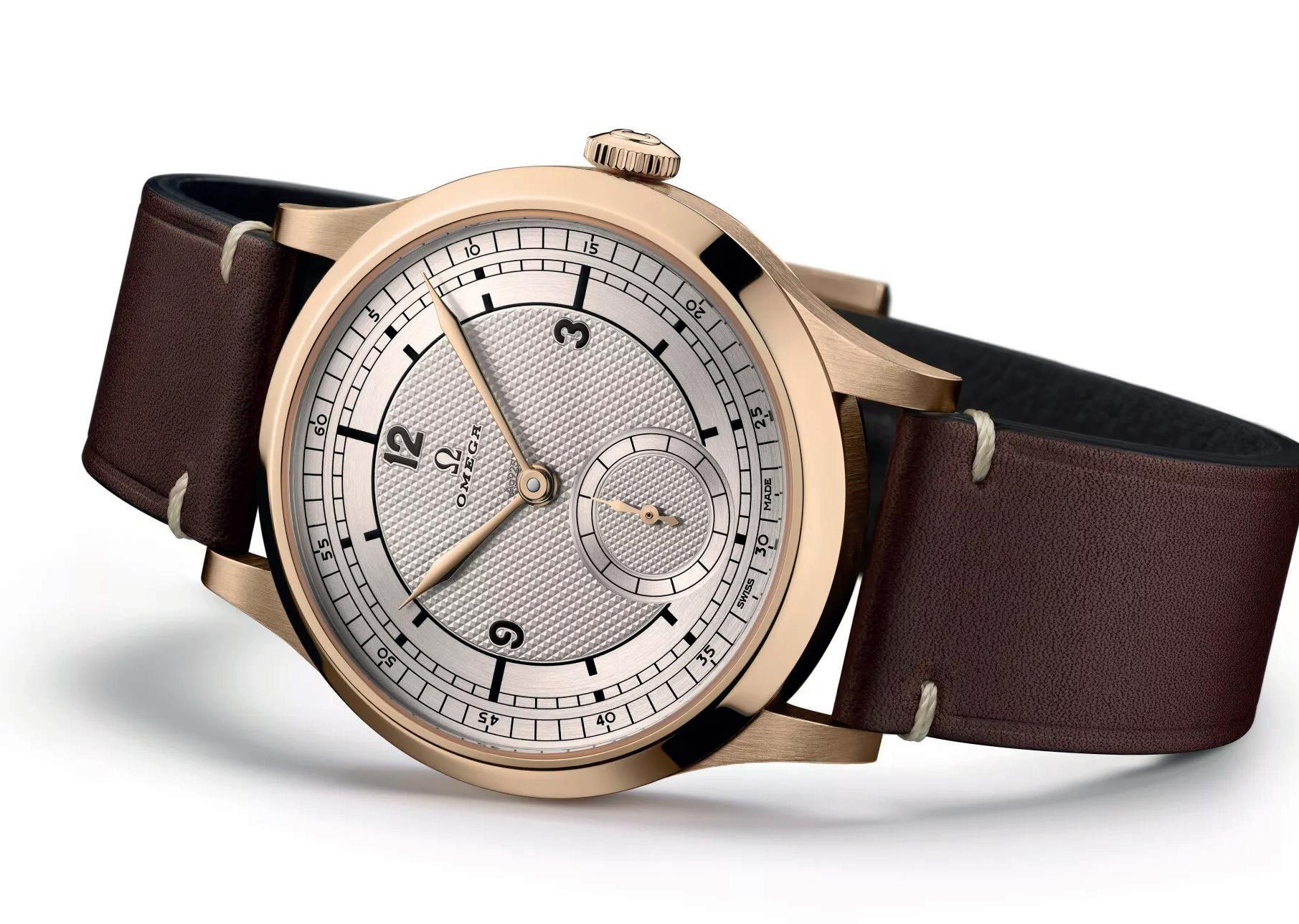
IIn a fitting tribute to the pinnacle of athletic achievement, Omega unveils the Paris 2024 Bronze Gold Edition, a watch that harmoniously blends gold, silver, and bronze – the iconic medals of the Olympic Games. As the Official Timekeeper for Paris 2024, Omega has crafted this extraordinary timepiece, embodying the spirit of the games.
The Omega Paris 2024 Bronze Gold Edition features a 39mm case made from Omega’s exclusive Bronze Gold, a unique alloy renowned for its soft pink hue and resistance to corrosion without verdigris-oxidation. This material is enriched with noble elements such as 37.5% gold, palladium, and silver, hallmarked as 9K. Complementing this is a radiant dial made from Ag 925 silver and slender hands in 18K Sedna™ Gold, enhanced with a special PVD Bronze Gold coating.
This design pays homage to Omega’s storied involvement in global sports, underscoring its role as the Official Timekeeper of the Olympic Games since 1932. The Swiss watchmaker will mark its 31st timekeeping at the Olympics this summer in Paris. Additionally, Omega has been the Official Timekeeper of the Paralympic Games since 1992, extending its legacy in precision timekeeping.
Drawing inspiration from a classic 1939 Omega wristwatch, the Paris 2024 Bronze Gold Edition echoes the brand’s early years in timekeeping. The vintage design houses the celebrated 30T manual-winding small seconds calibre, initially referenced as “CK 859” in Omega’s technical archives. The current edition continues this tradition with the engraving “BG 859” on the caseback,
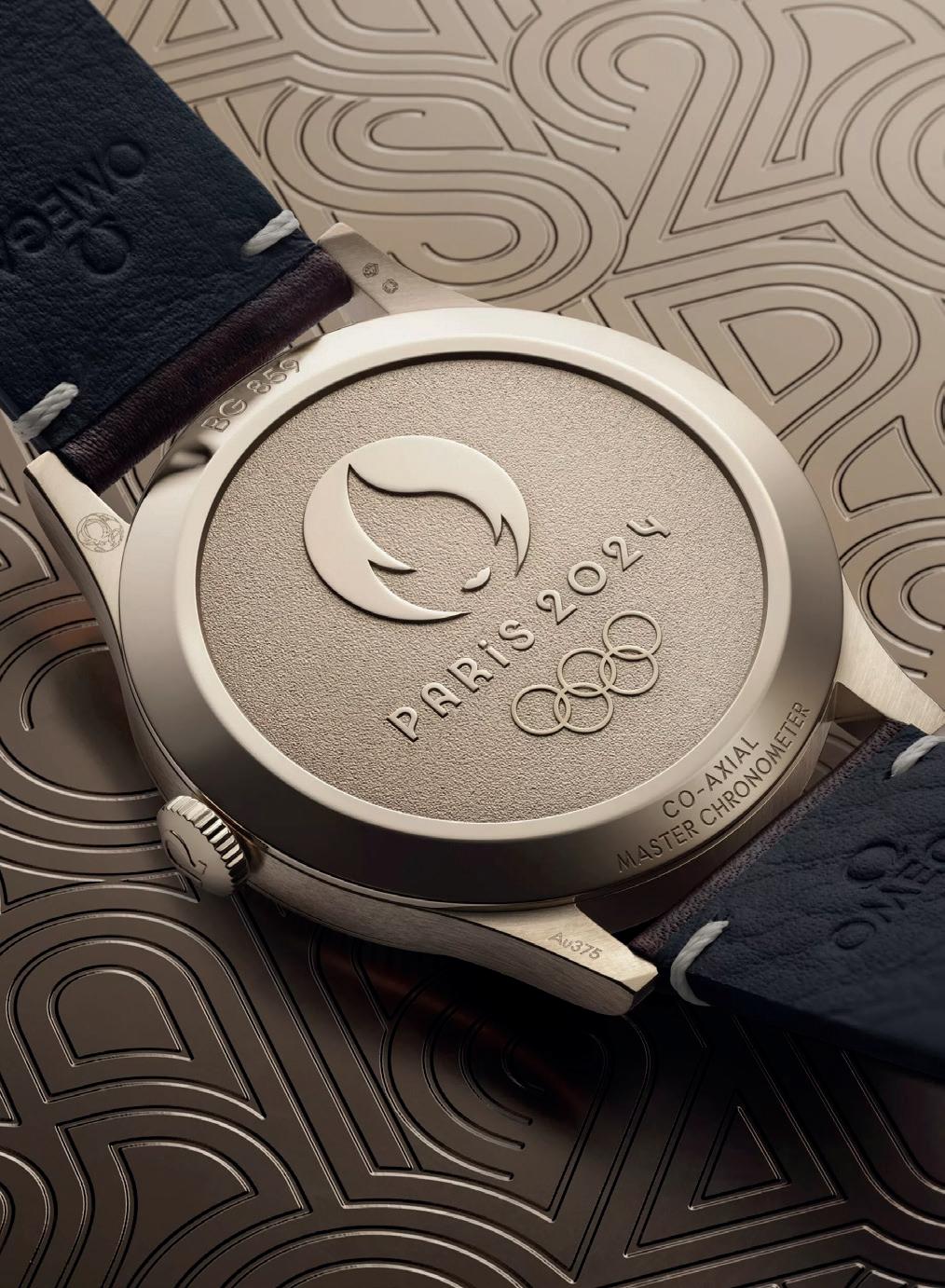

symbolising the case shape in Bronze Gold.
Aesthetic details of the watch further reflect its homage to French craftsmanship. The “Clous de Paris” pattern at the centre of the dial is a hallmark of meticulous and elegant decoration. Additional refinement is seen in the circular brushed pattern on the minute track and small seconds subdial track at 6 o’clock. The dark grey Omega logo is presented in the brand’s heritage style, enhancing the watch’s vintage appeal. The caseback is adorned with a stamped and frosted Olympic Games Paris 2024 medallion, adding a commemorative touch.
The Paris 2024 Bronze Gold Edition is paired with a brown calfskin leather strap, secured with a sandblasted Bronze Gold buckle featuring a polished vintage Omega logo in positive relief. This vintage logo is also embossed on the watch’s crown, completing the classic aesthetic.
Ensuring the highest standard of precision and performance, the timepiece is powered by the Omega Co-Axial Master Chronometer Calibre 8926, a manual-winding movement that pays modern tribute to the vintage 30T2 movement. Each watch comes with a certification card verifying it has passed the stringent Master Chronometer tests set by METAS, the Swiss Federal Institute of Metrology, ensuring its exceptional quality.
The Omega Paris 2024 Bronze Gold Edition is not merely a watch; it is a celebration of Omega’s deep-rooted history in sports timekeeping and a testament to the enduring legacy of the Olympic Games.
The Royal Oak Mini by Audemars Piguet captures timeless luxury in a compact 23 mm design. Blending Gérald Genta's iconic style with a modern Frosted Gold finish, this new model exemplifies the perfect fusion of heritage and contemporary elegance

AAudemars Piguet, established in 1875 in Le Brassus, stands as a distinguished figure in fine watchmaking, remaining under the control of its founding families. This venerable Swiss Manufacture, located in the Vallée de Joux, is renowned for its commitment to horological craftsmanship and innovative design, continuously pushing boundaries and setting new trends.
The new Royal Oak Mini, measuring a compact 23 mm, introduces a fresh take on Audemars Piguet’s iconic Royal Oak. Available in 18-carat yellow, white, or pink gold, this timepiece integrates the classic aesthetic codes of the Royal Oak with a contemporary Frosted Gold finish. This technique, revived by Carolina Bucci in 2016, imparts a unique sparkle, drawing inspiration from traditional Florentine jewellery.
Sophisticated Design and Finishing
The Royal Oak Mini features a sophisticated play of light with its polished bevels, satin finishes, and intricate Frosted Gold texture.
The dial’s tone-on-tone Petite Tapisserie pattern, complemented
by facetted gold hour-markers, enhances its elegance while ensuring readability. The absence of a date and seconds scale adds to the timepiece’s refined appeal.
Powered by the Calibre 2730 quartz movement, the Royal Oak Mini offers exceptional accuracy and over seven years of battery life. This movement also includes a practical feature allowing the wearer to temporarily deactivate the battery, blending modern functionality with traditional horological standards.
Audemars Piguet has a storied history of miniaturisation, from early pendant watches to the ground-breaking Royal Oak II. The 1997 Mini Royal Oak, at 20 mm, marked a significant milestone, and this latest iteration continues the tradition of merging heritage with contemporary design.
The Royal Oak Mini exemplifies Audemars Piguet’s ability to harmonize tradition and innovation, delivering a timepiece that is both elegant and functional. As Sébastian Vivas, Heritage and Museum Director, remarks, “Small, charming, creative, almost frivolous, the new Royal Oak Mini watches revive a feminine myth born in 1997,” showcasing the collection’s enduring versatility and appeal.
